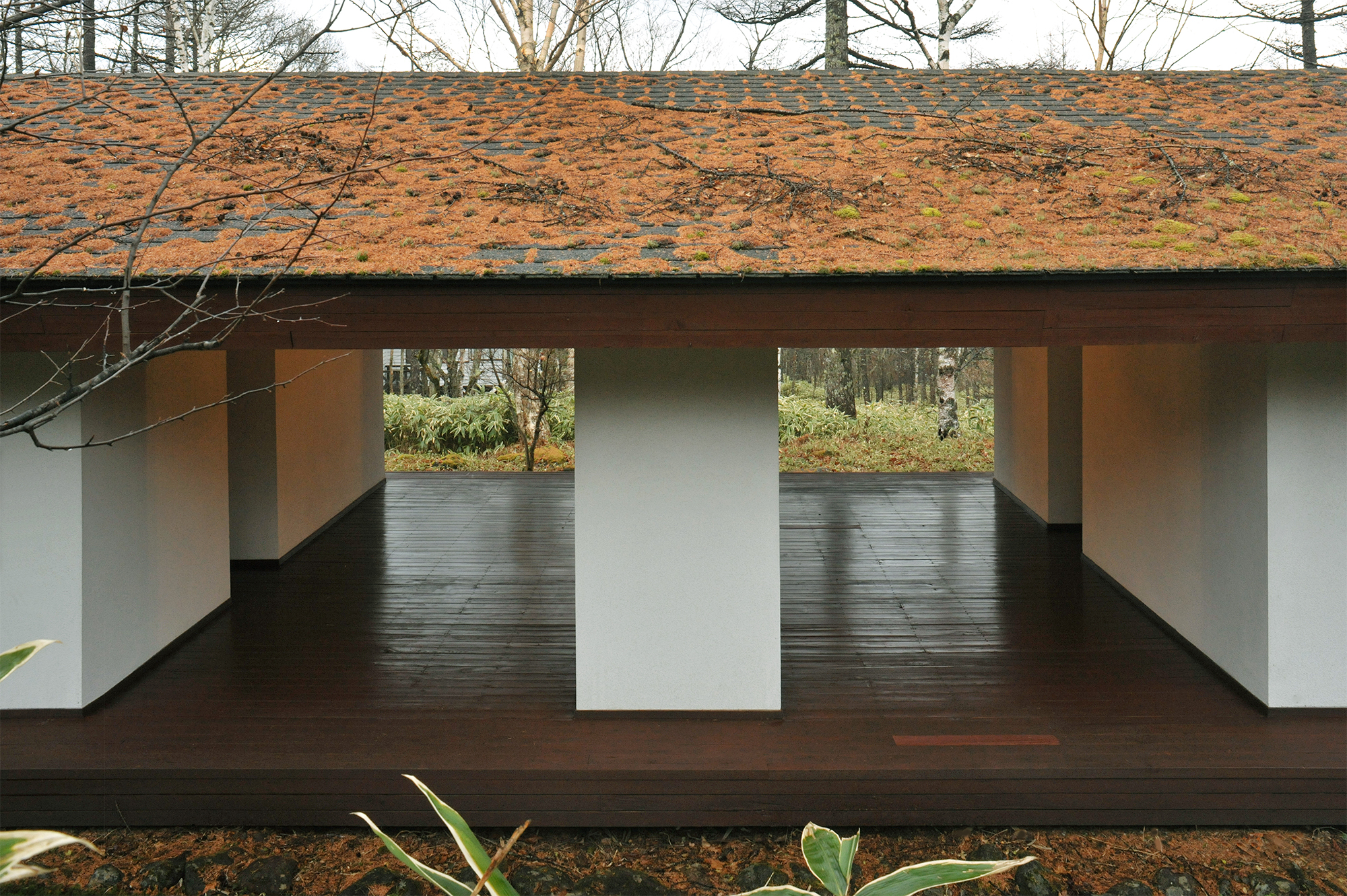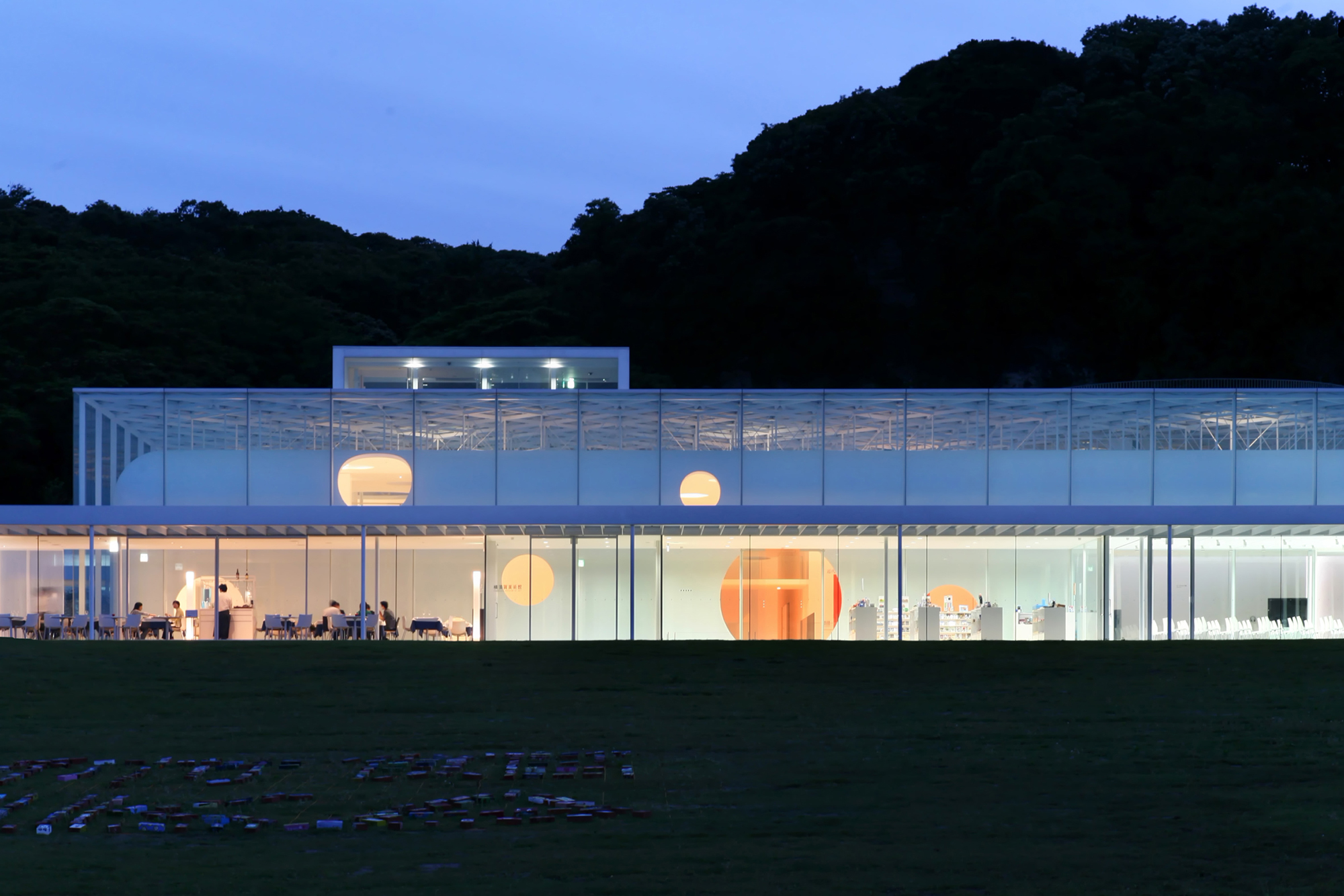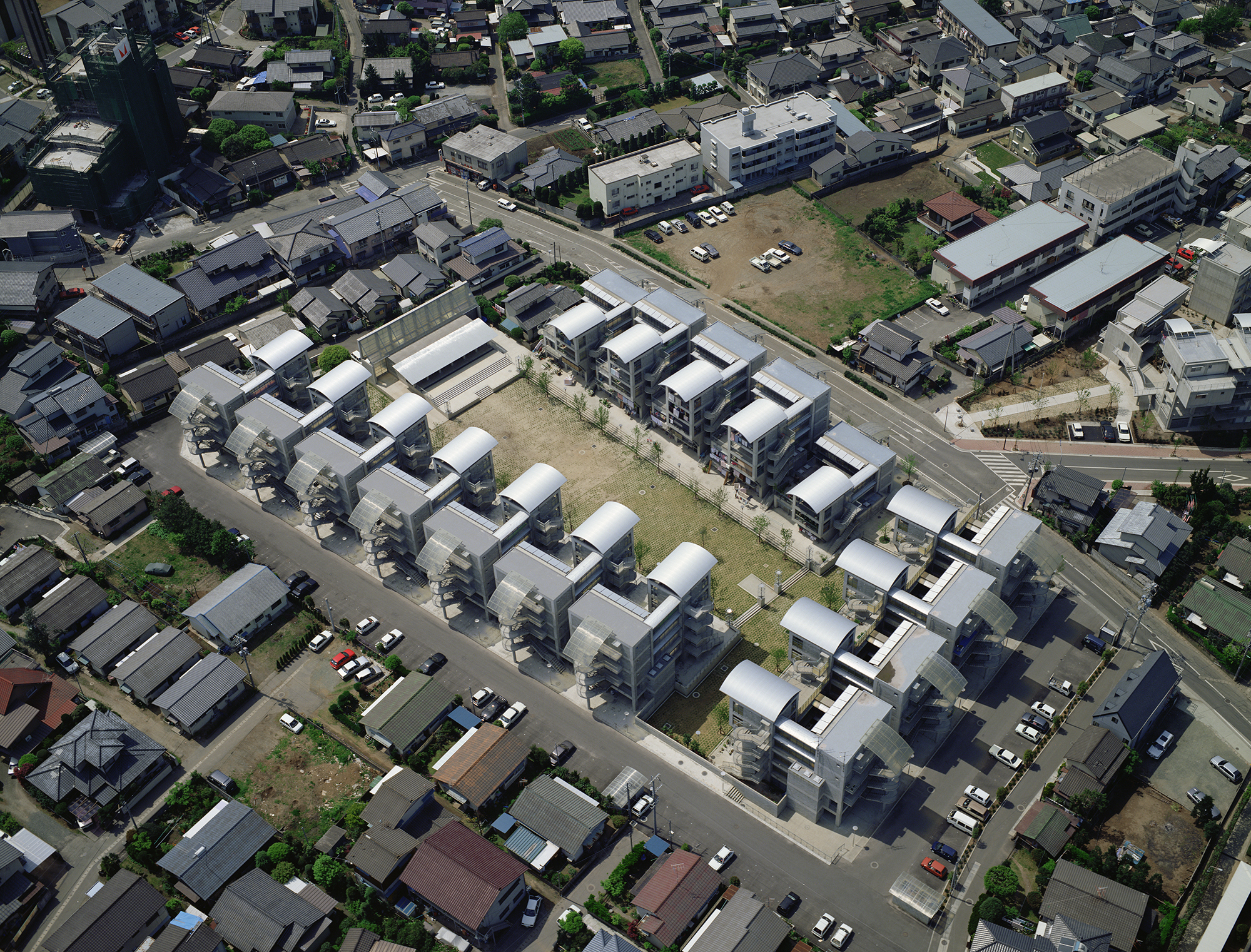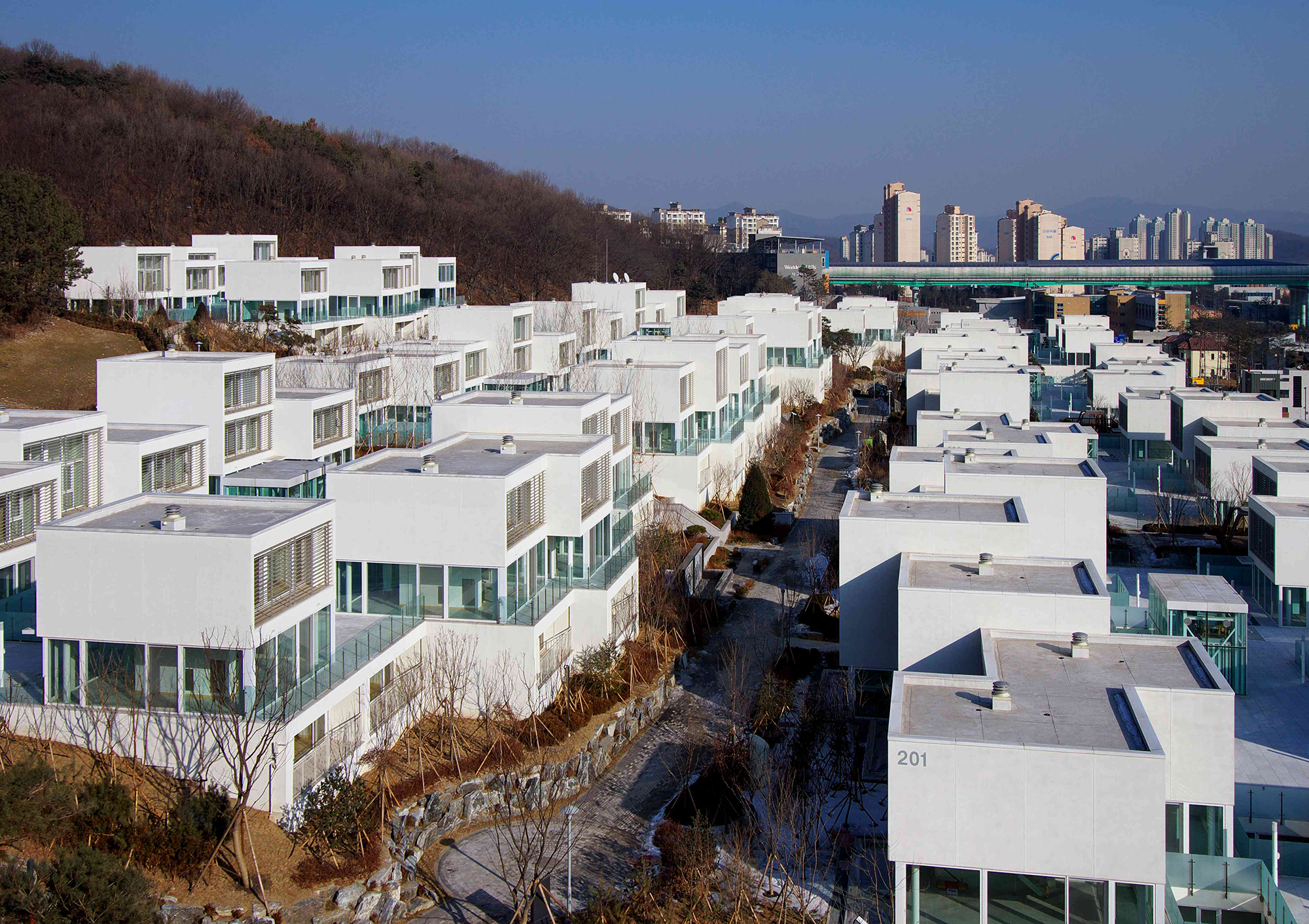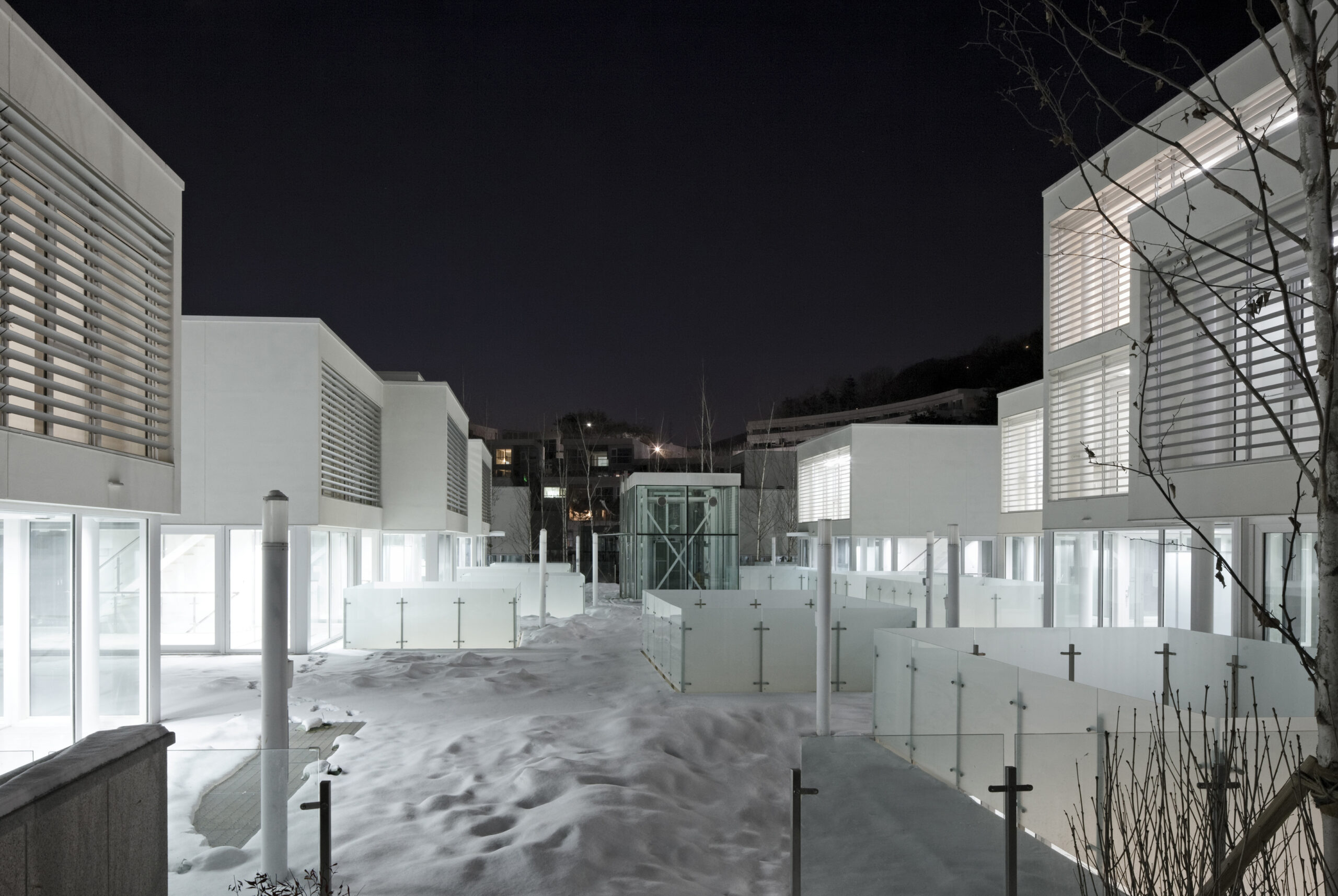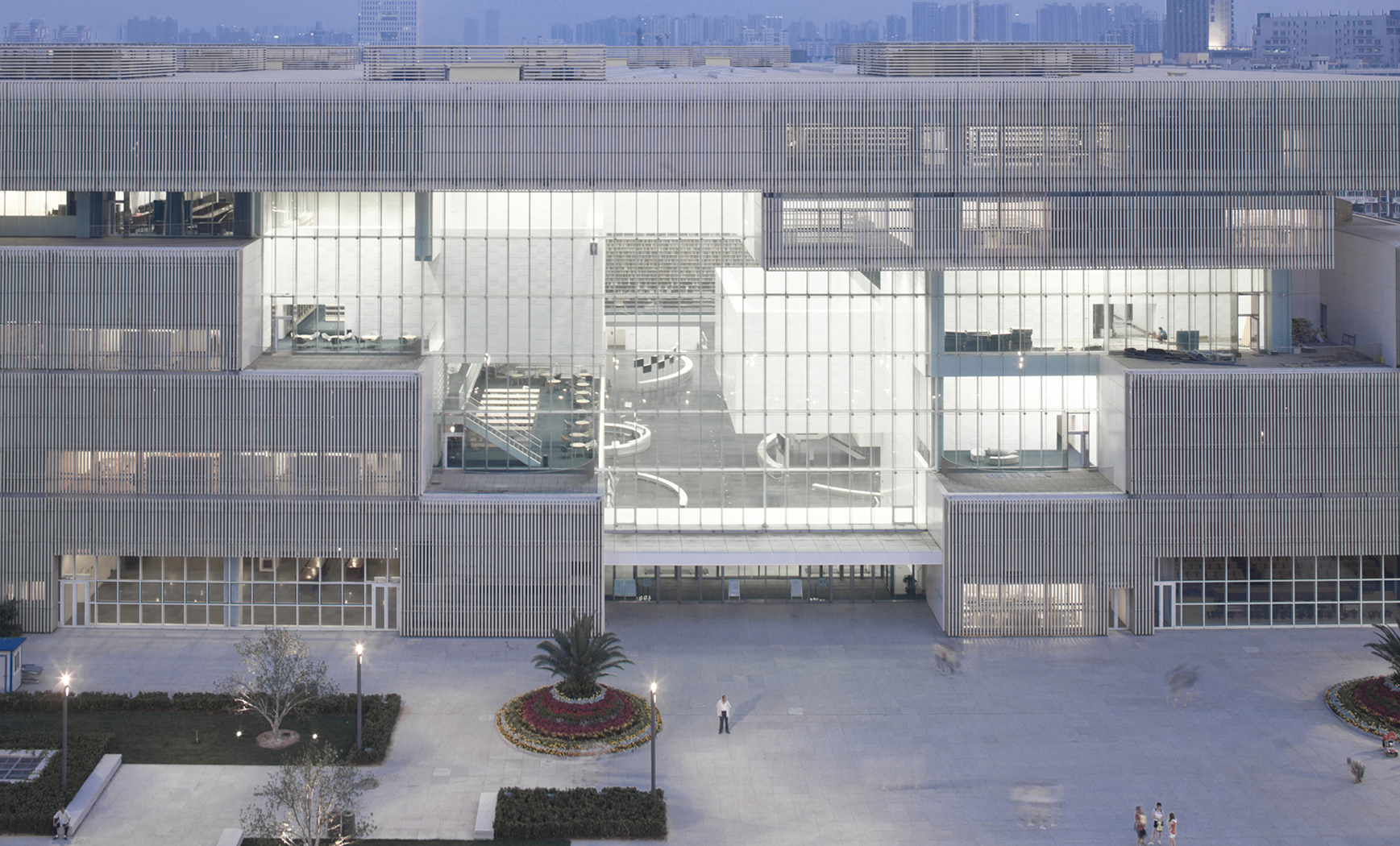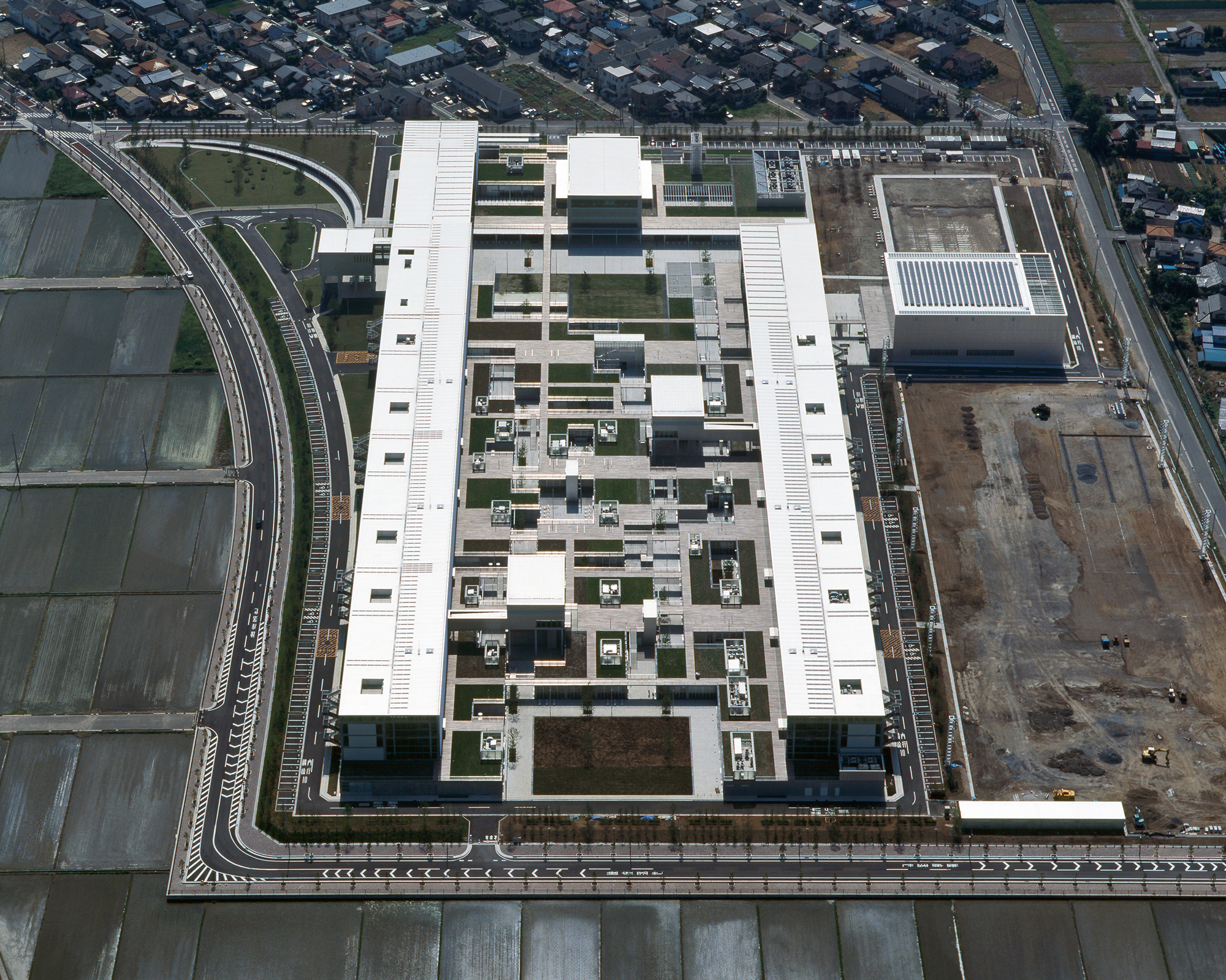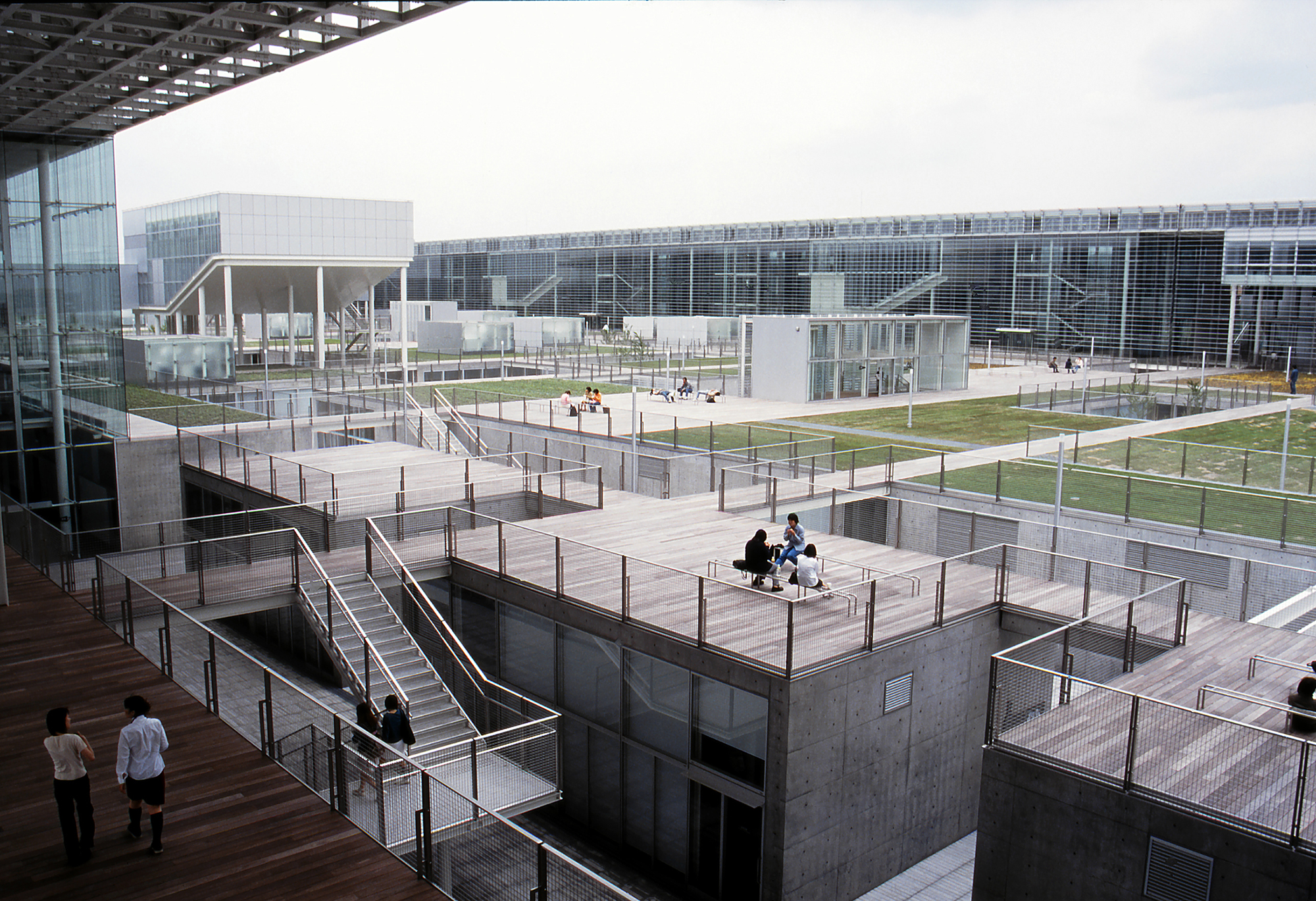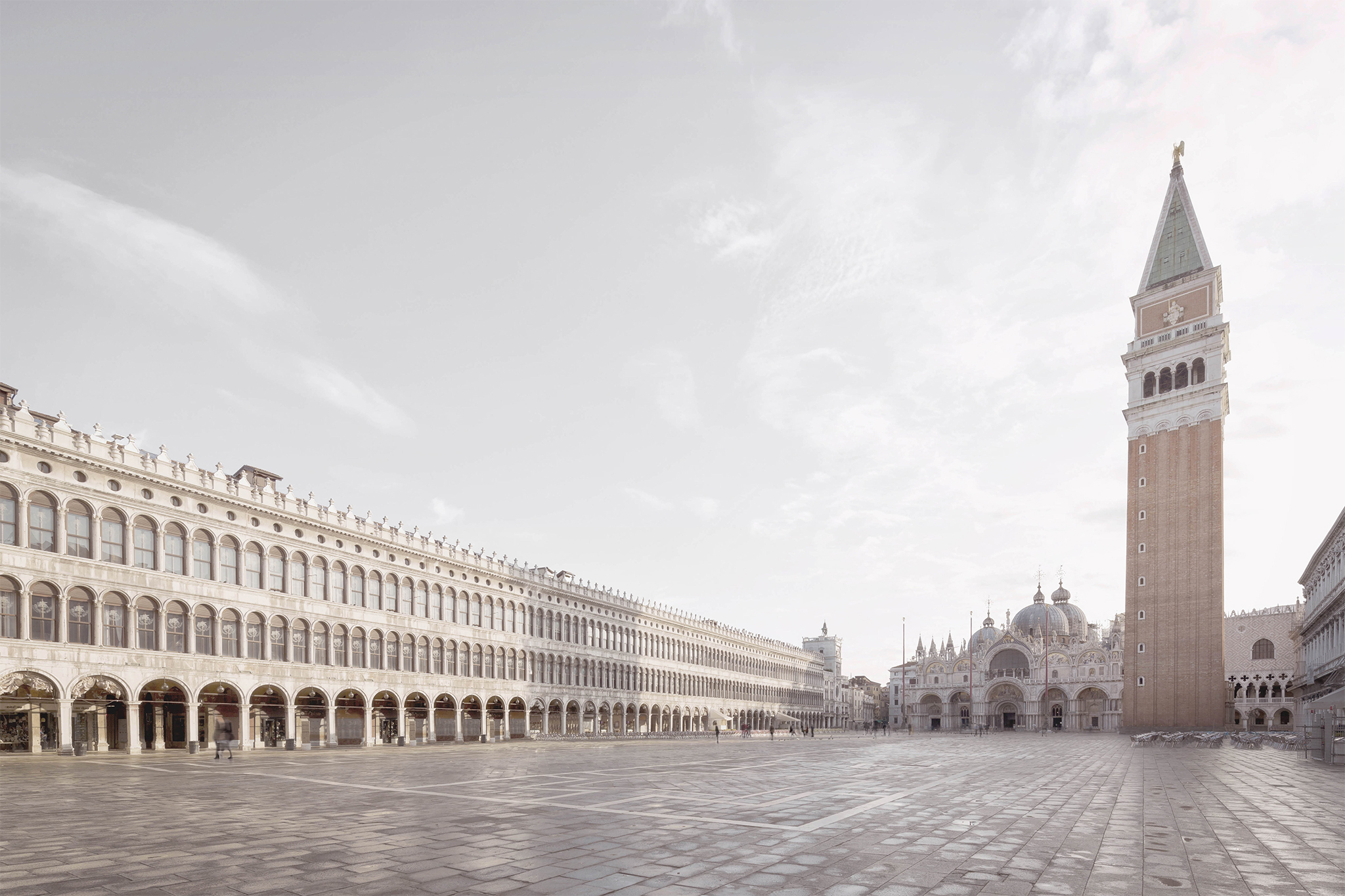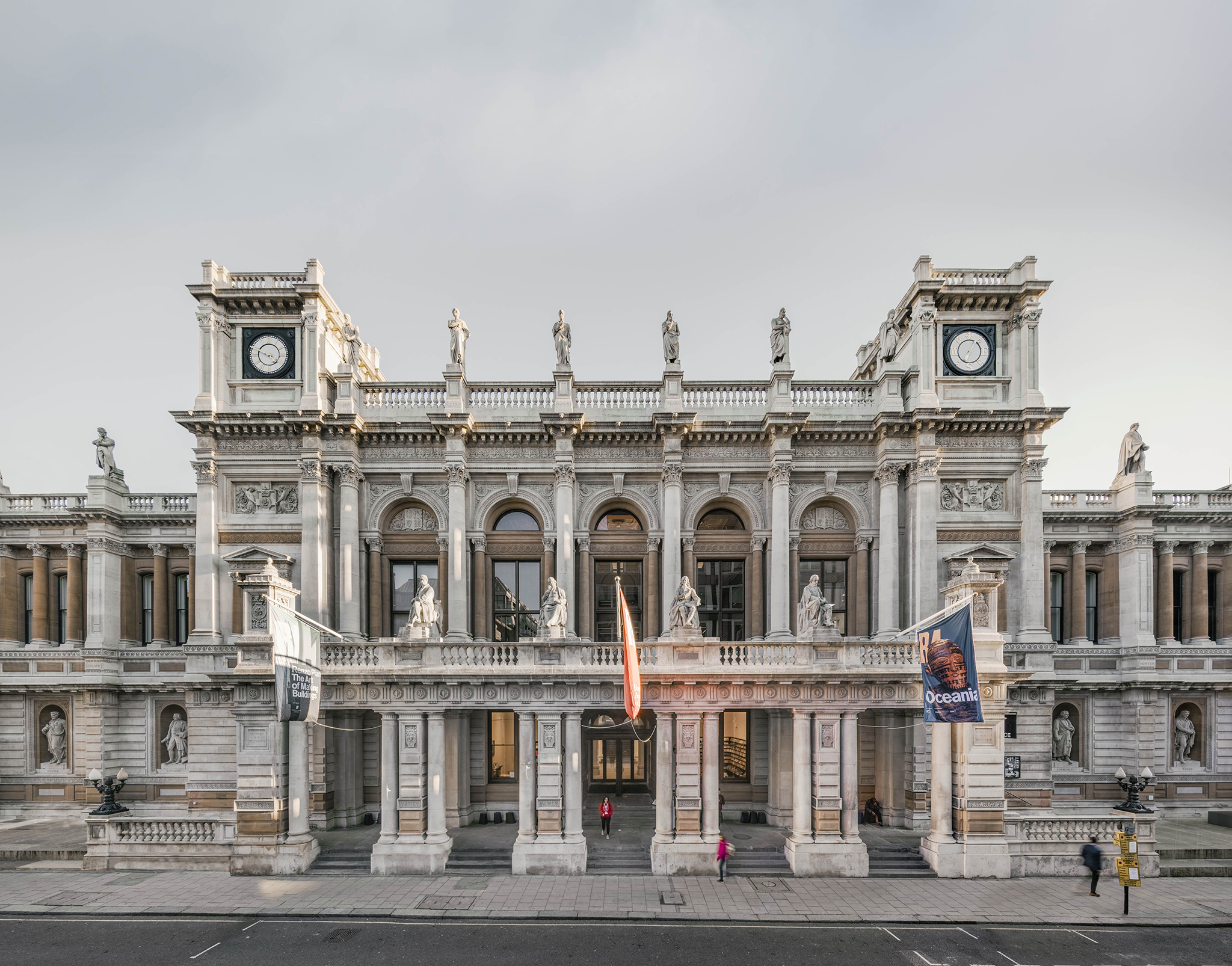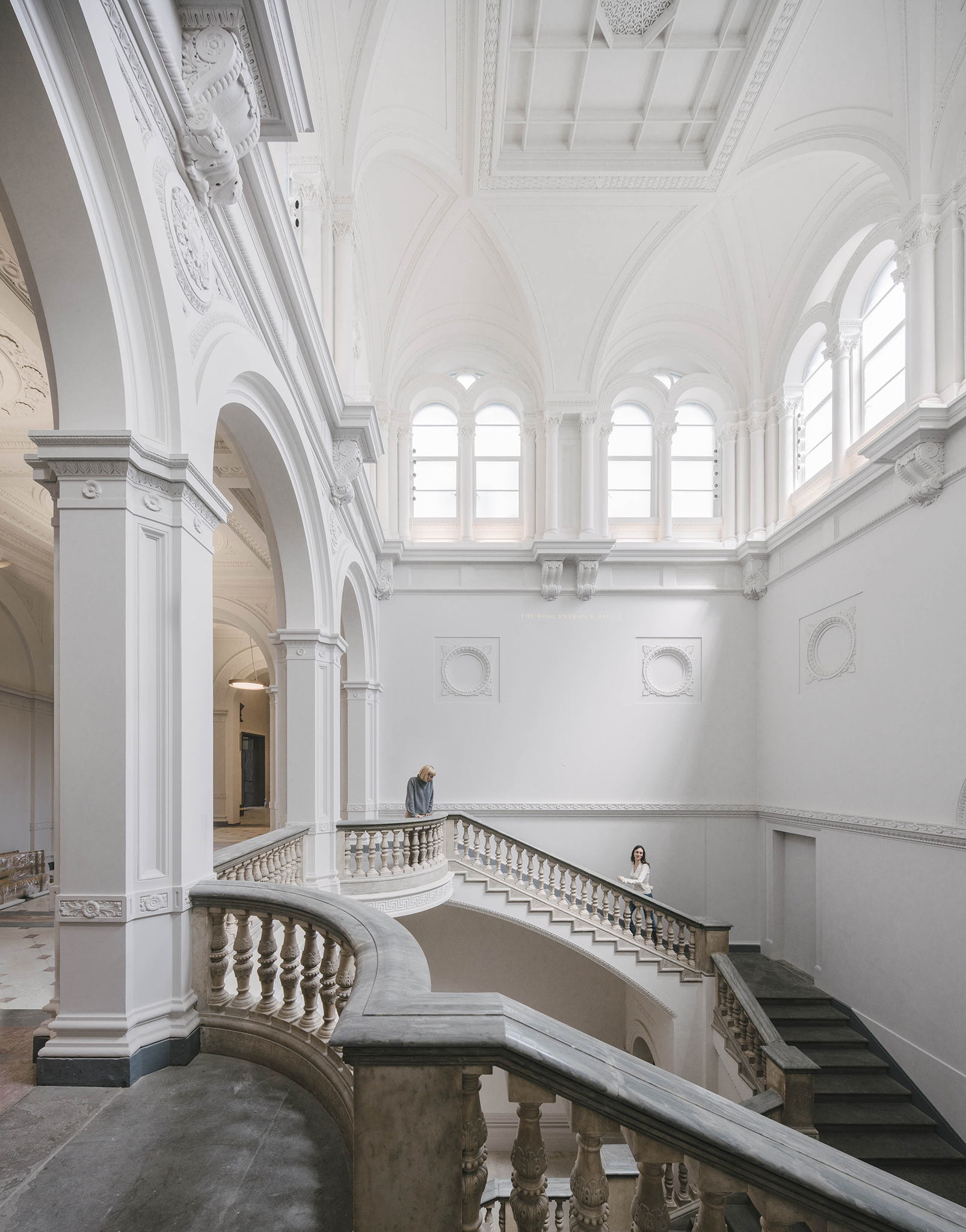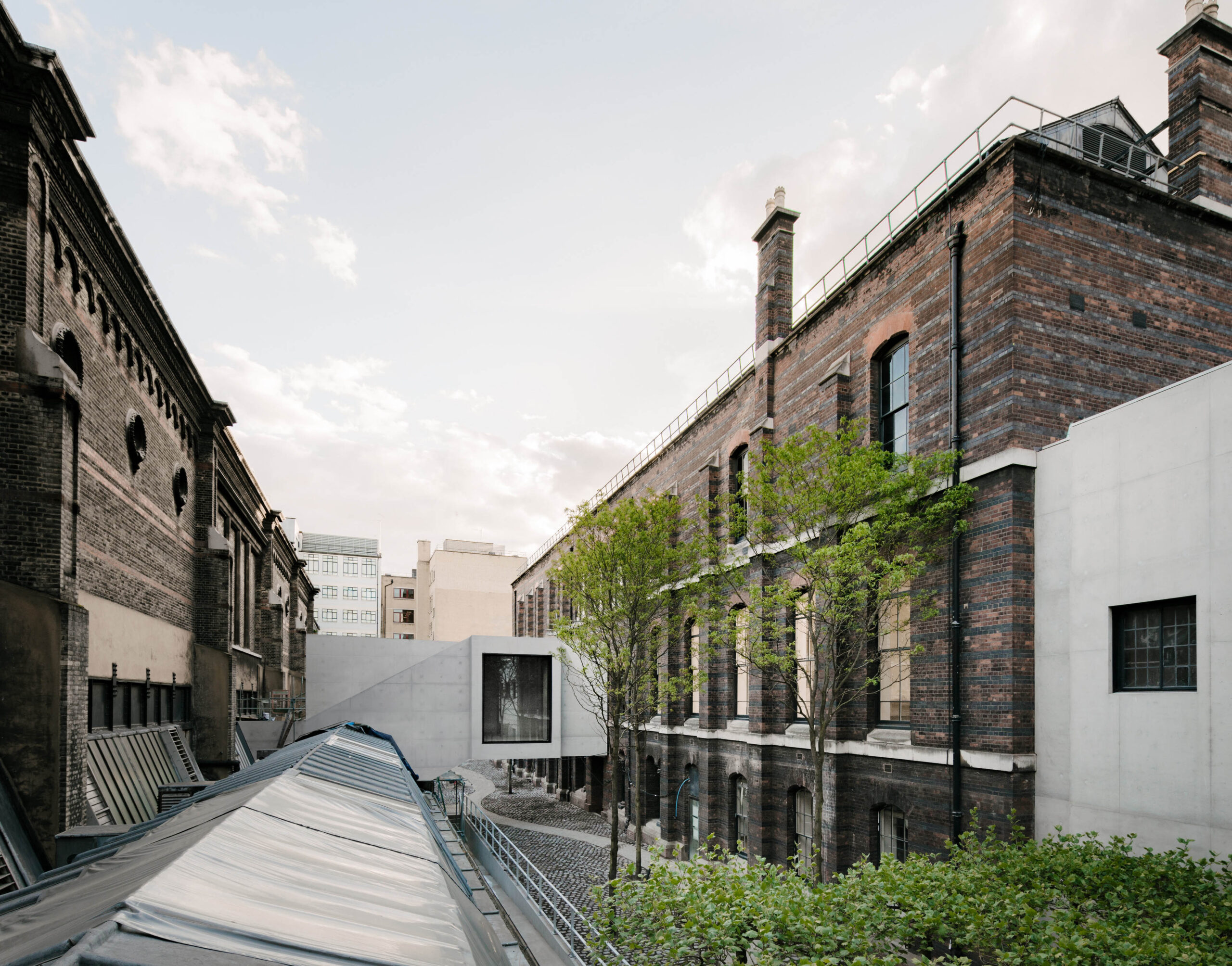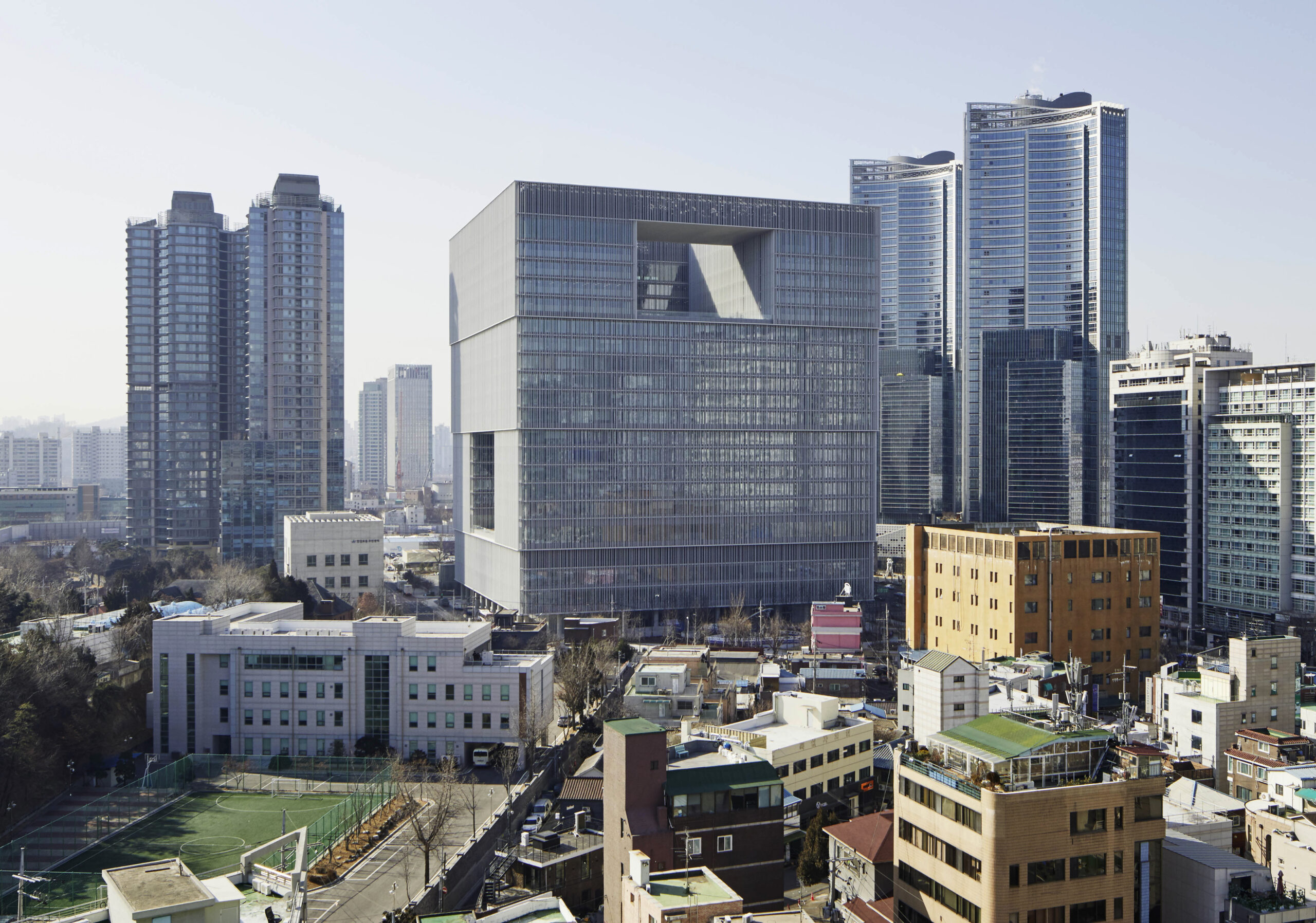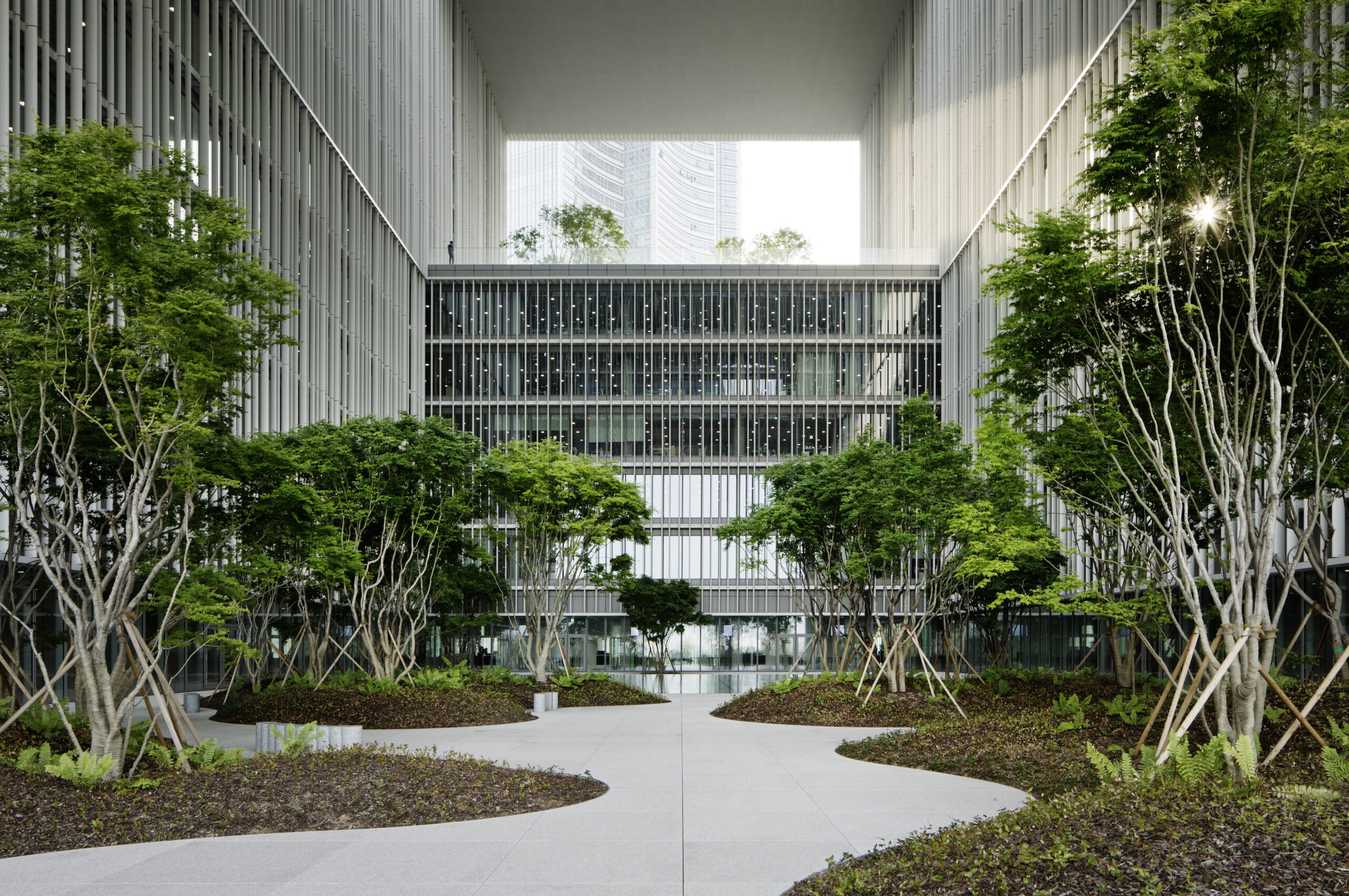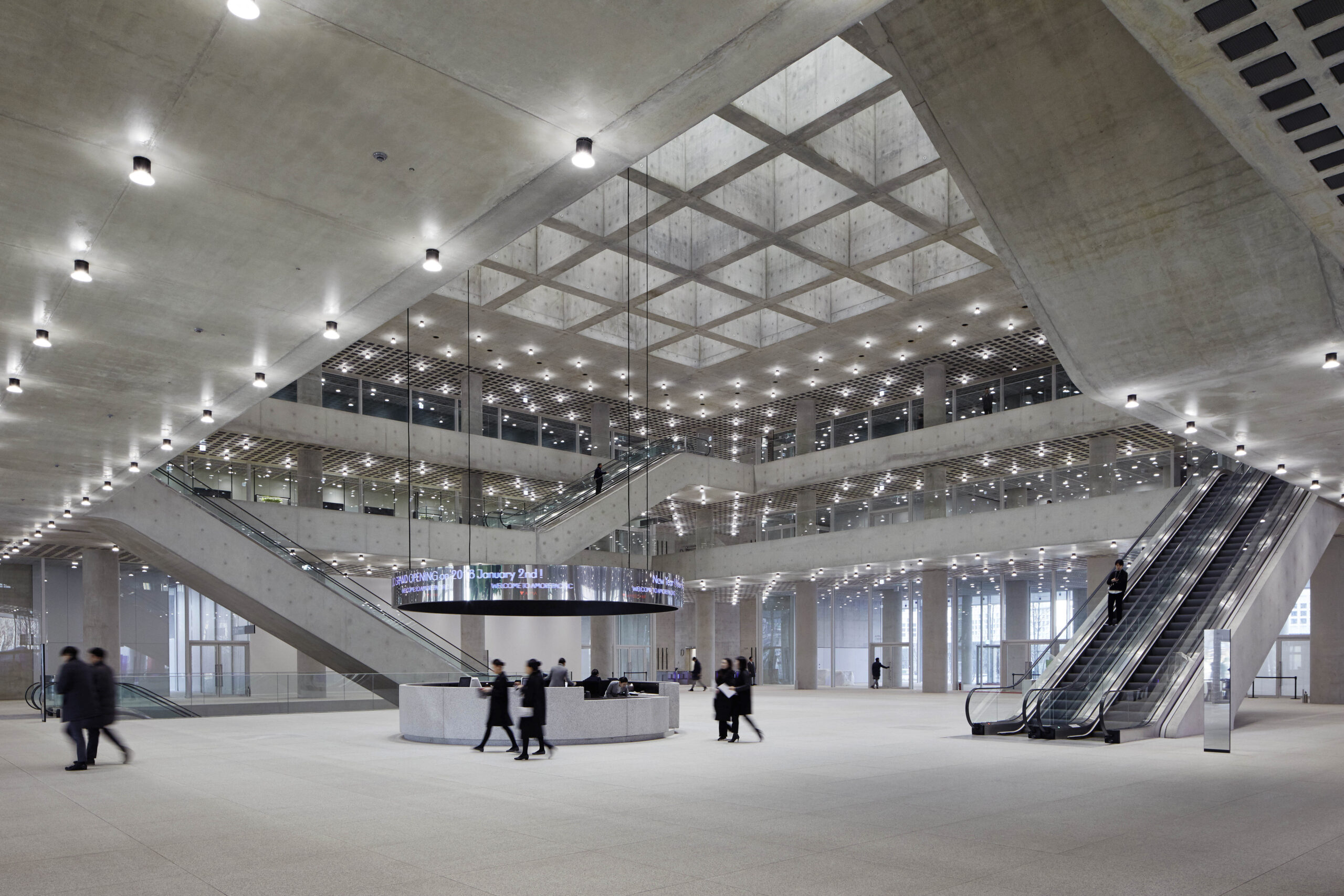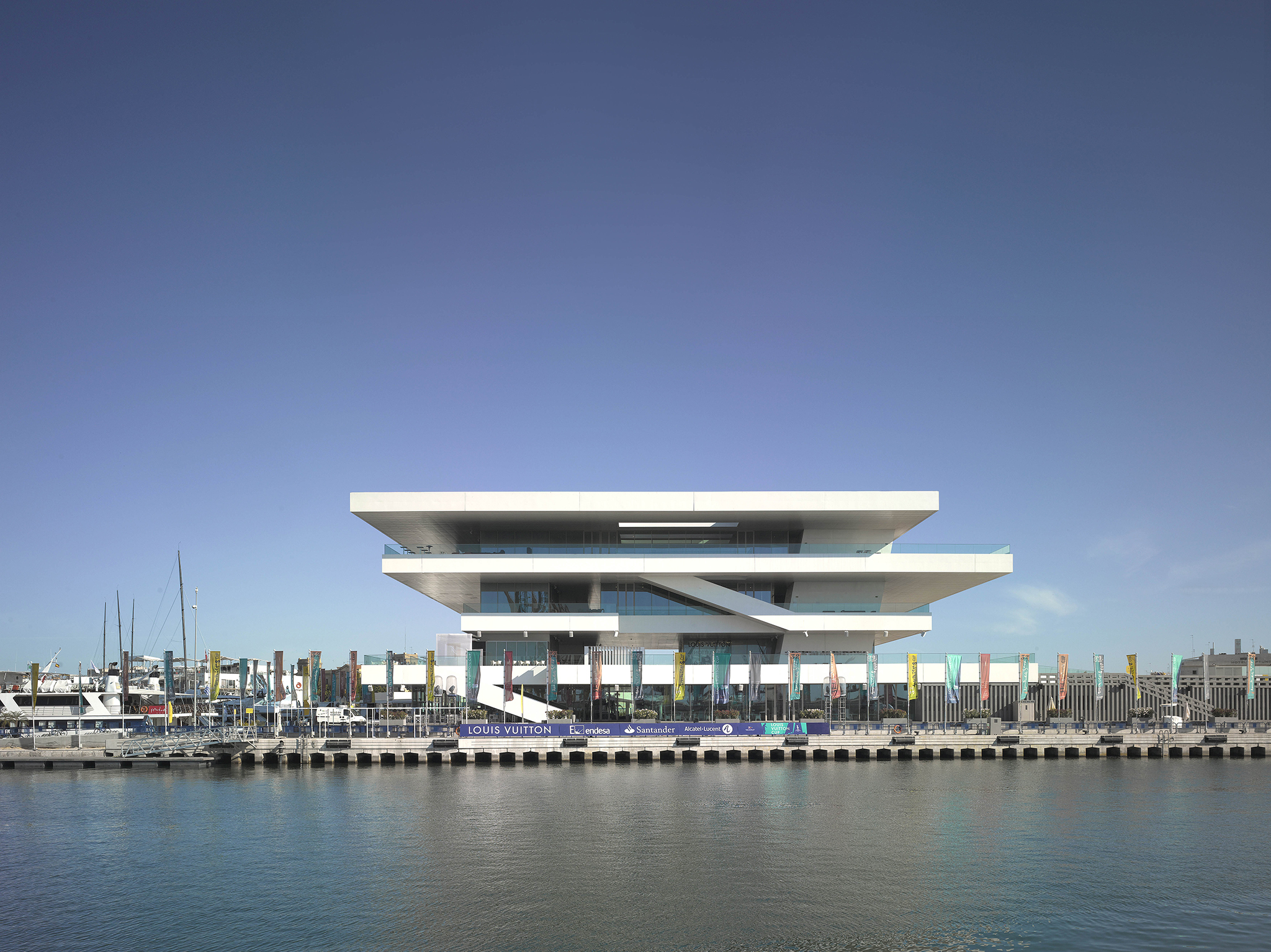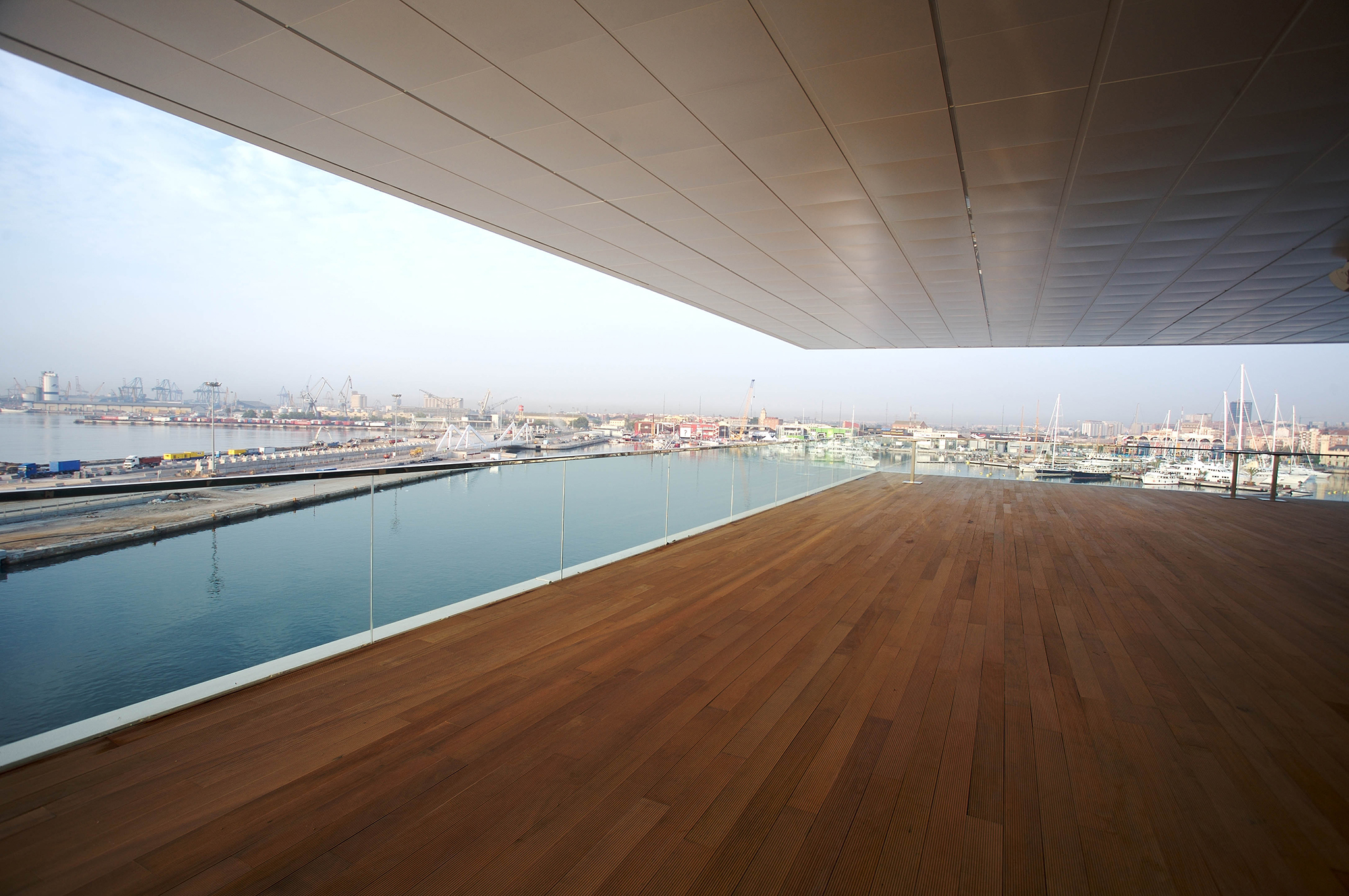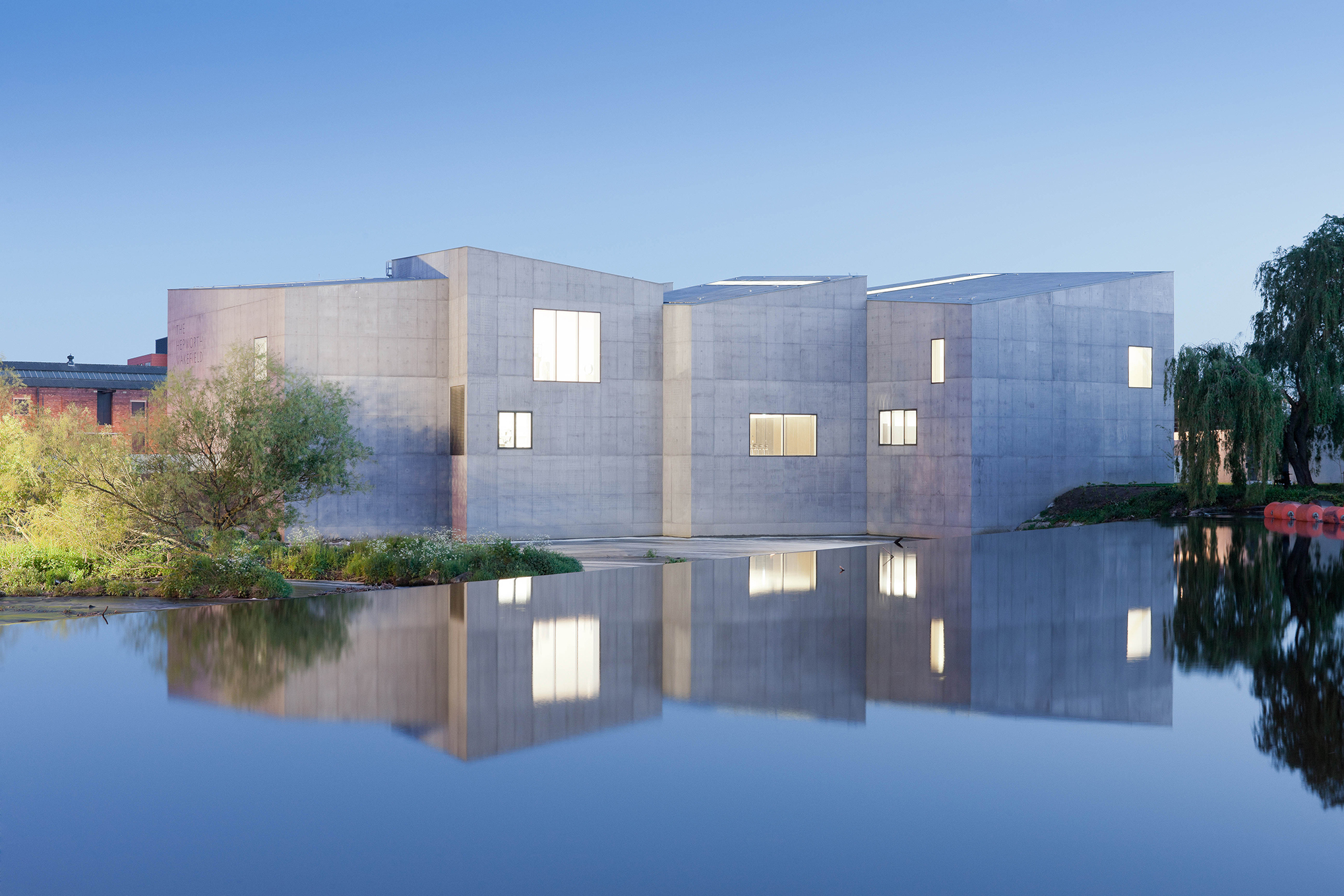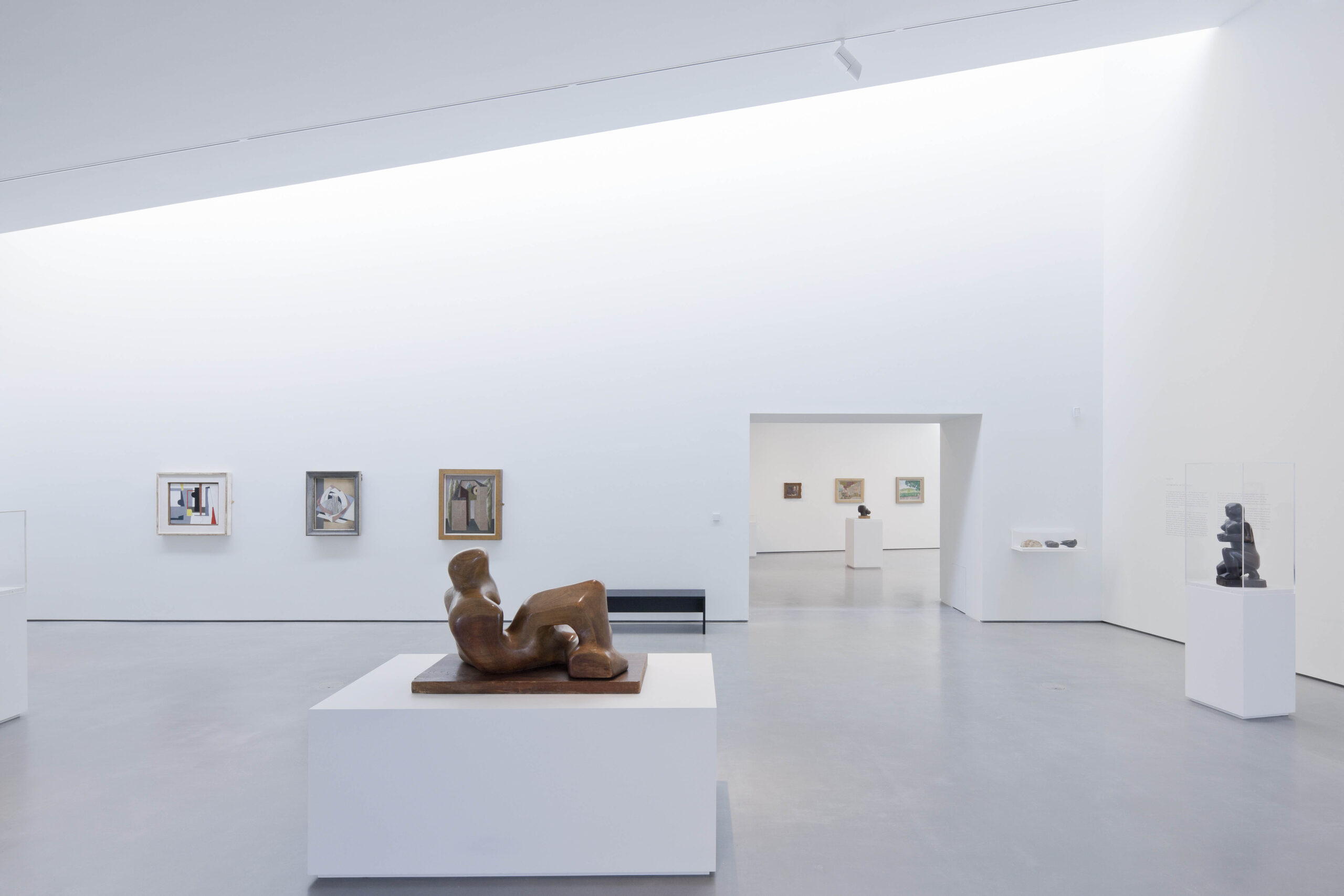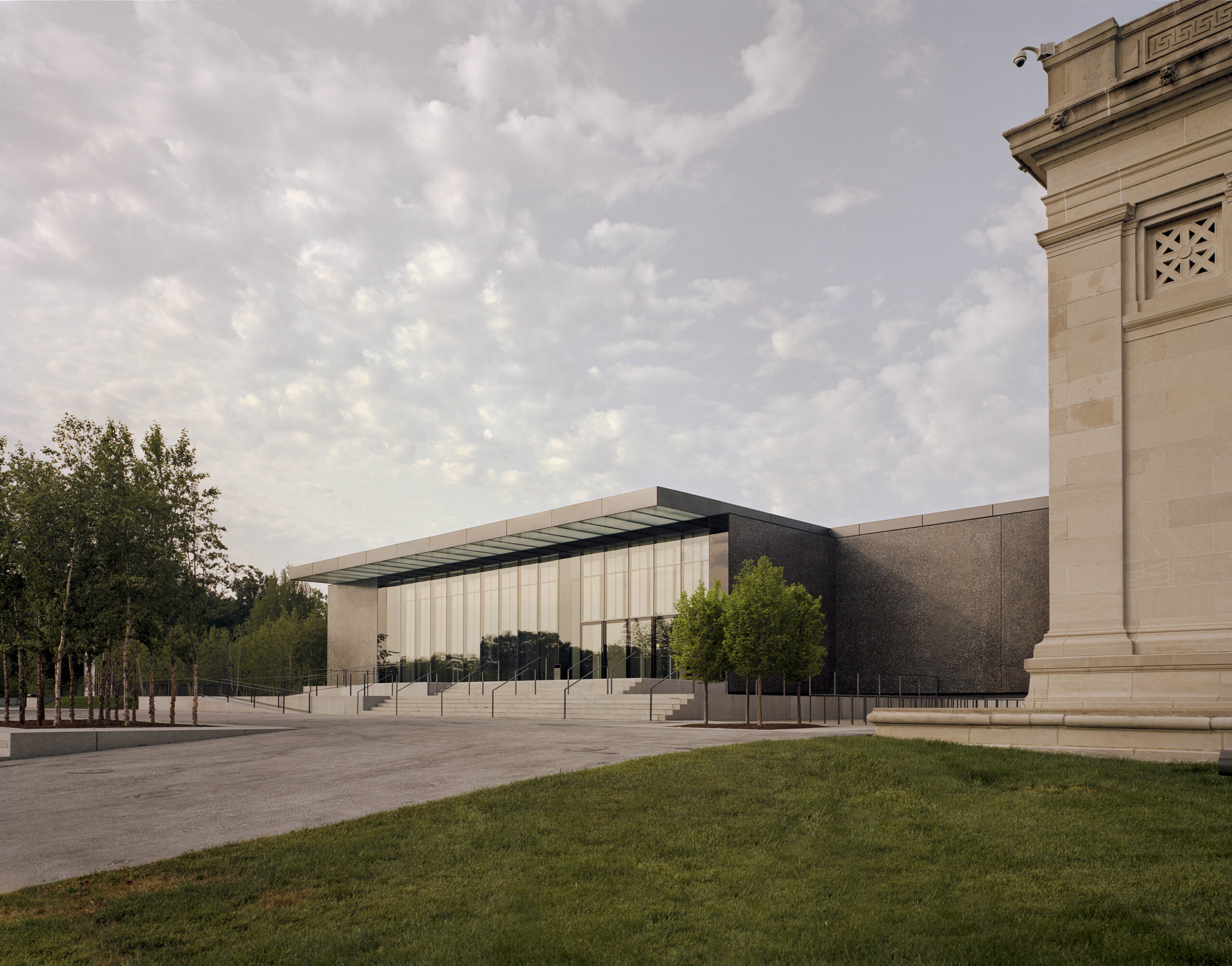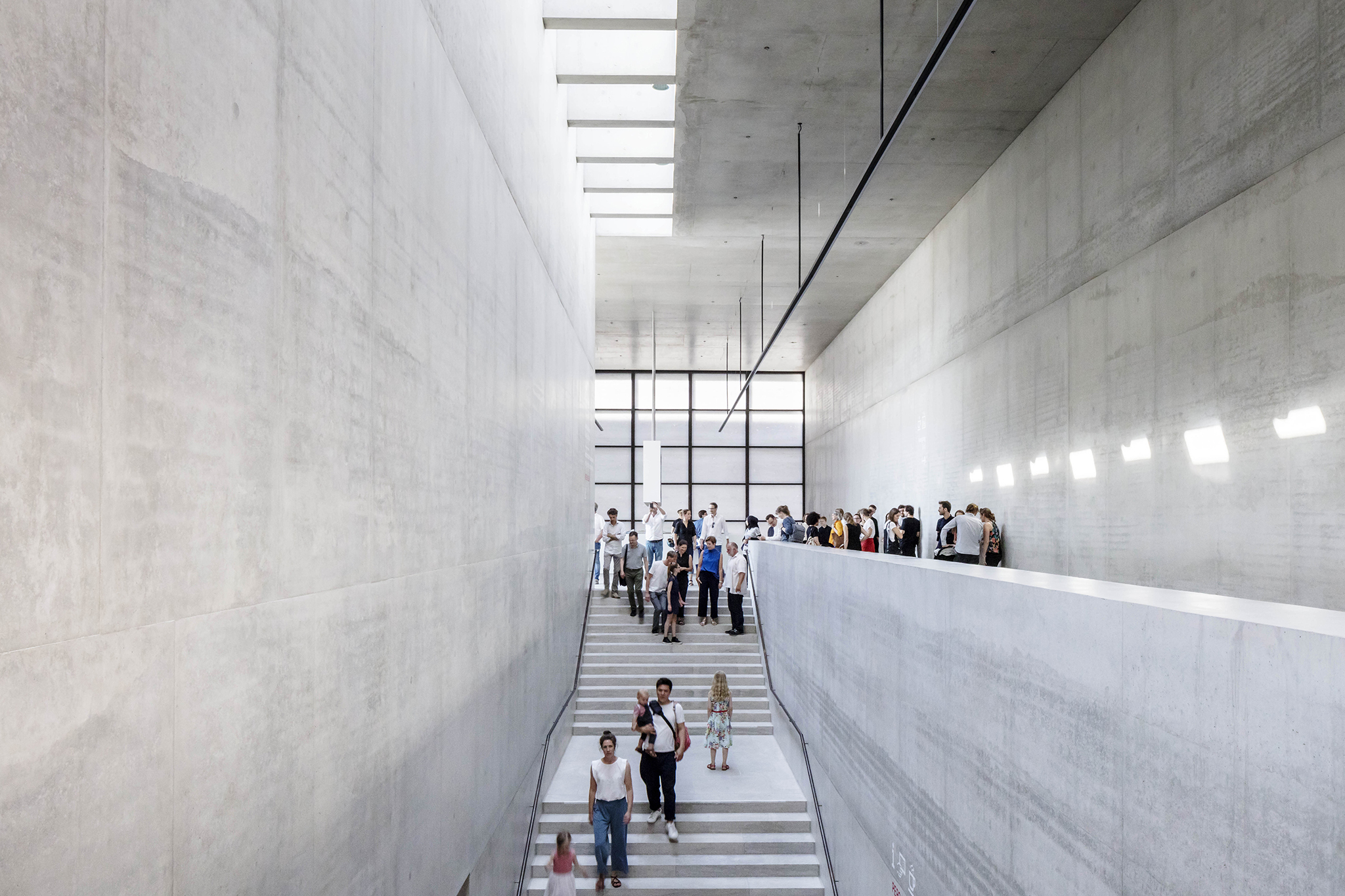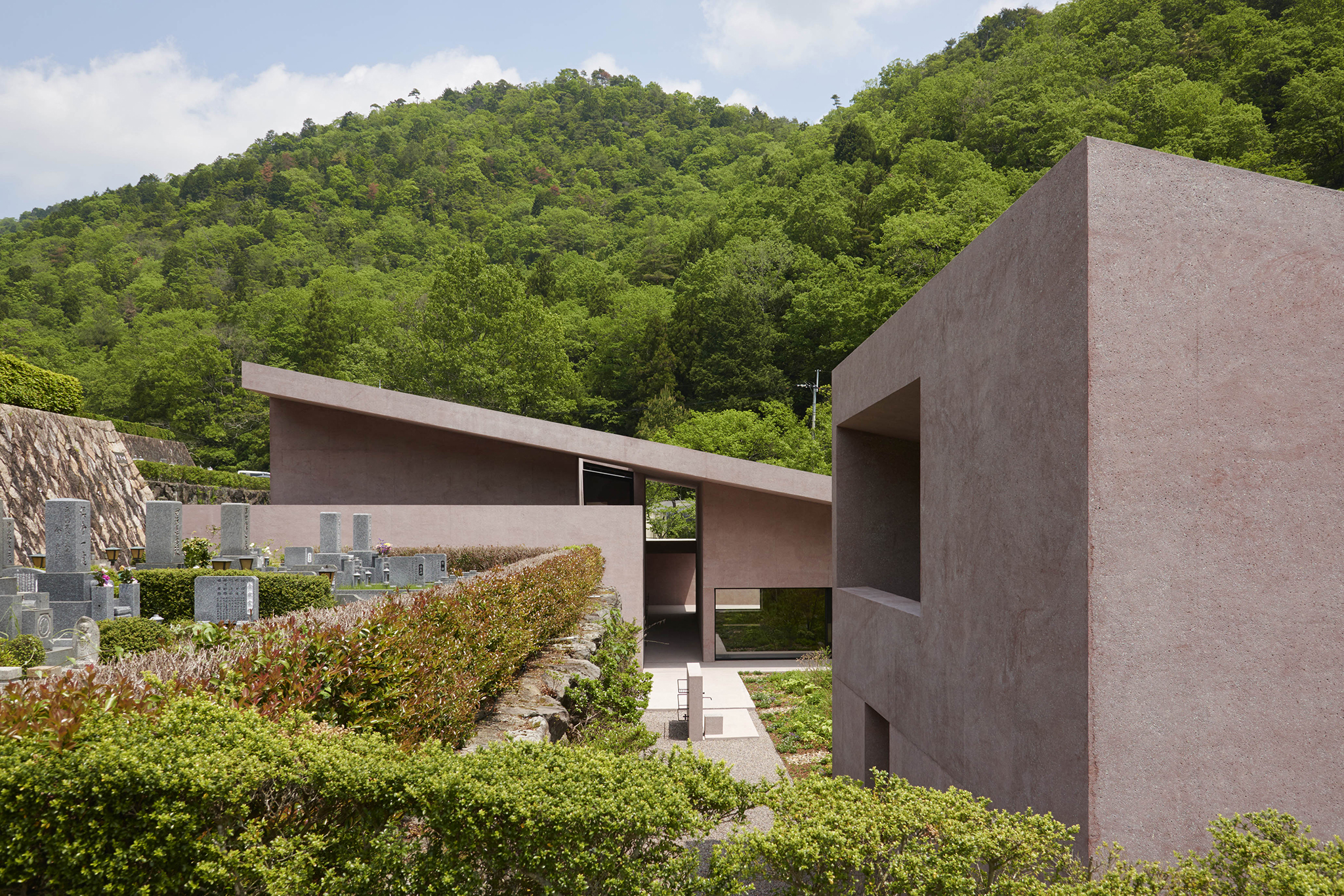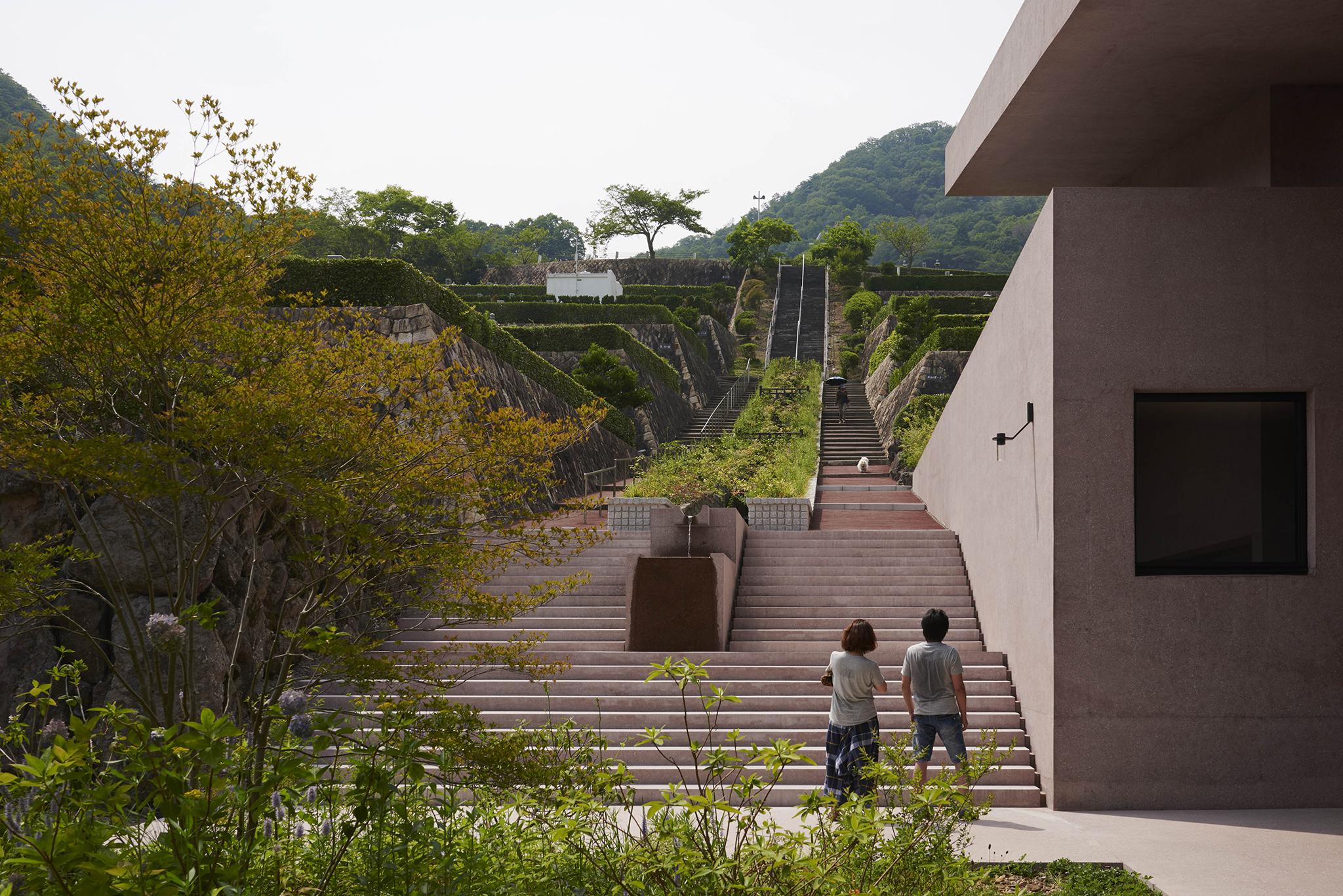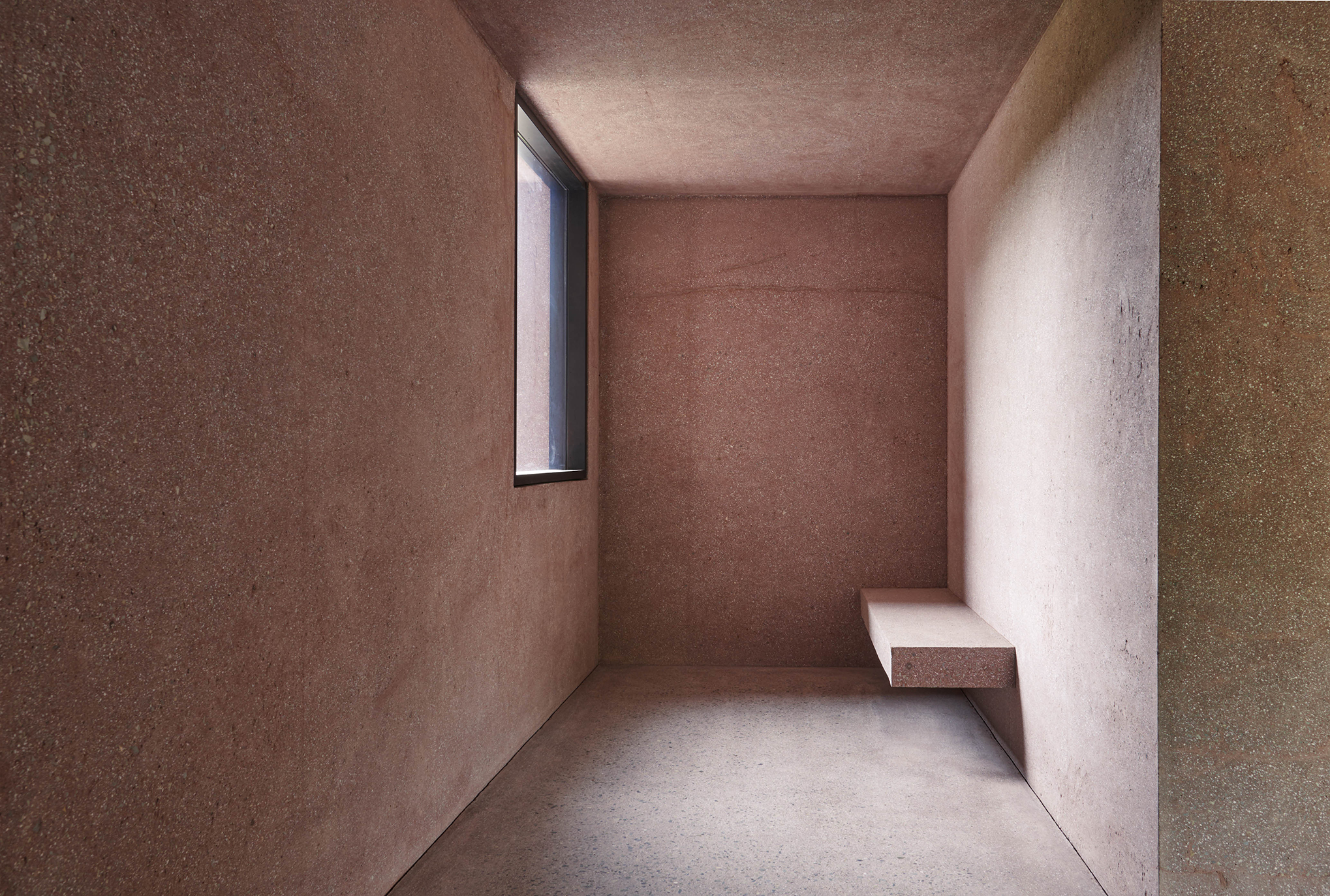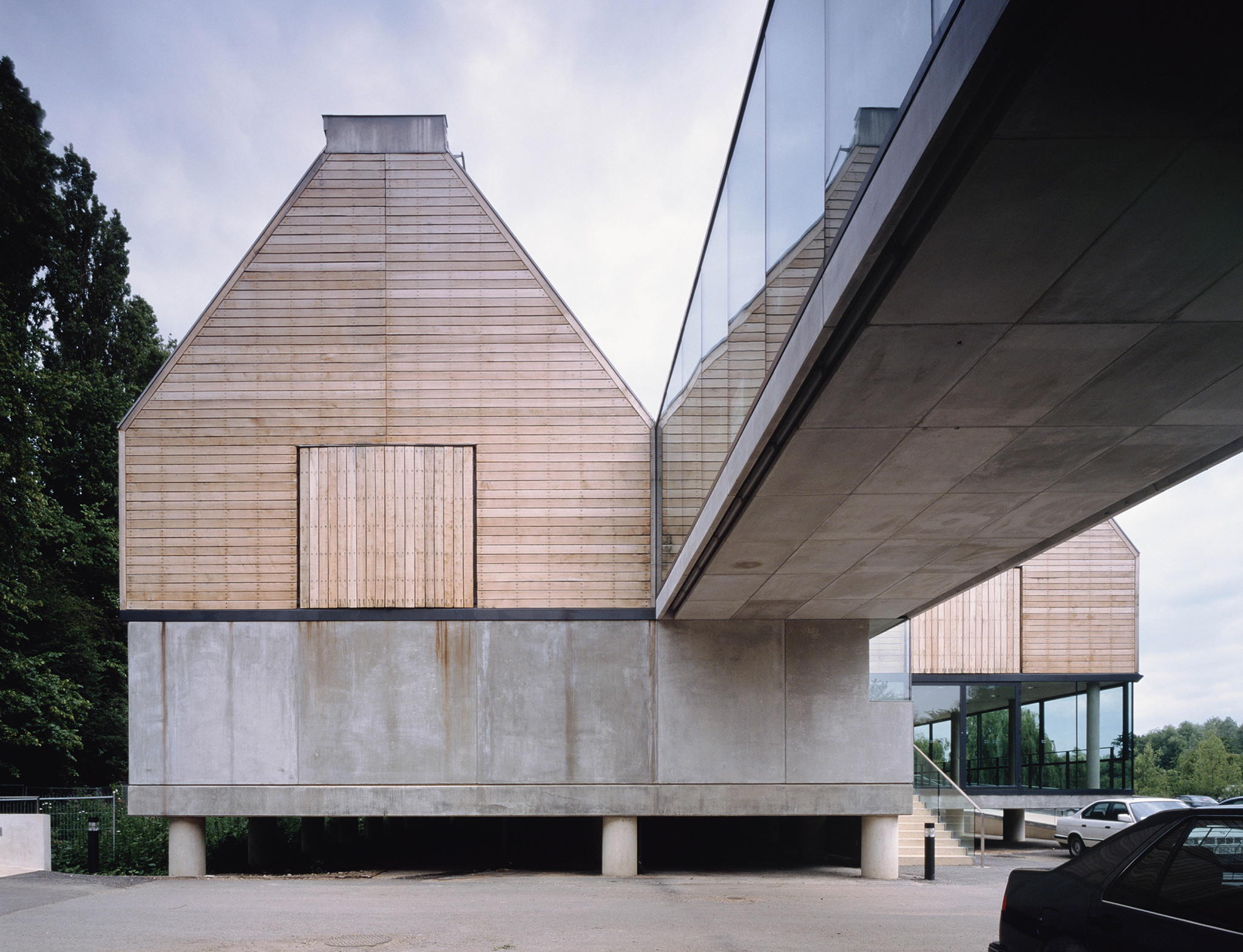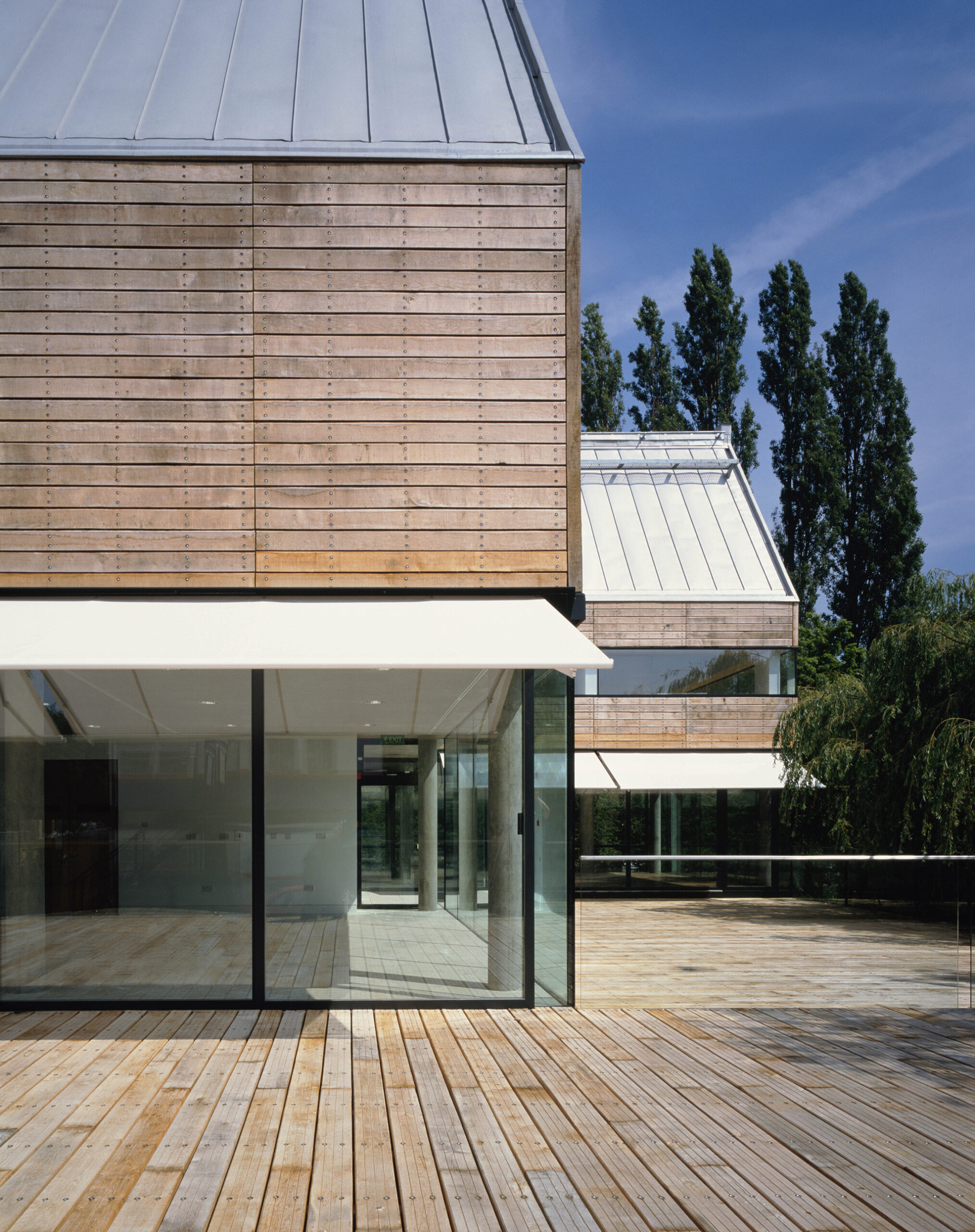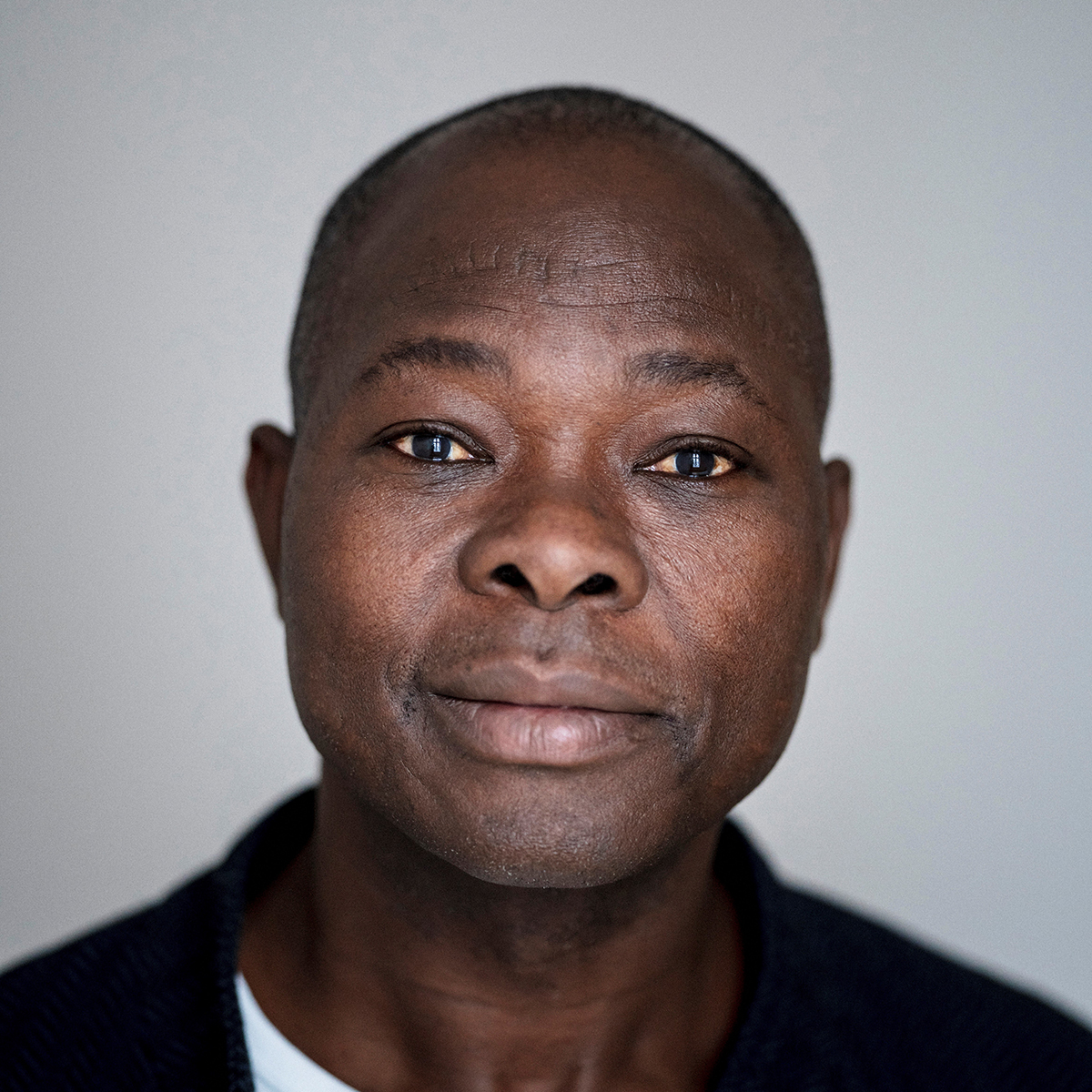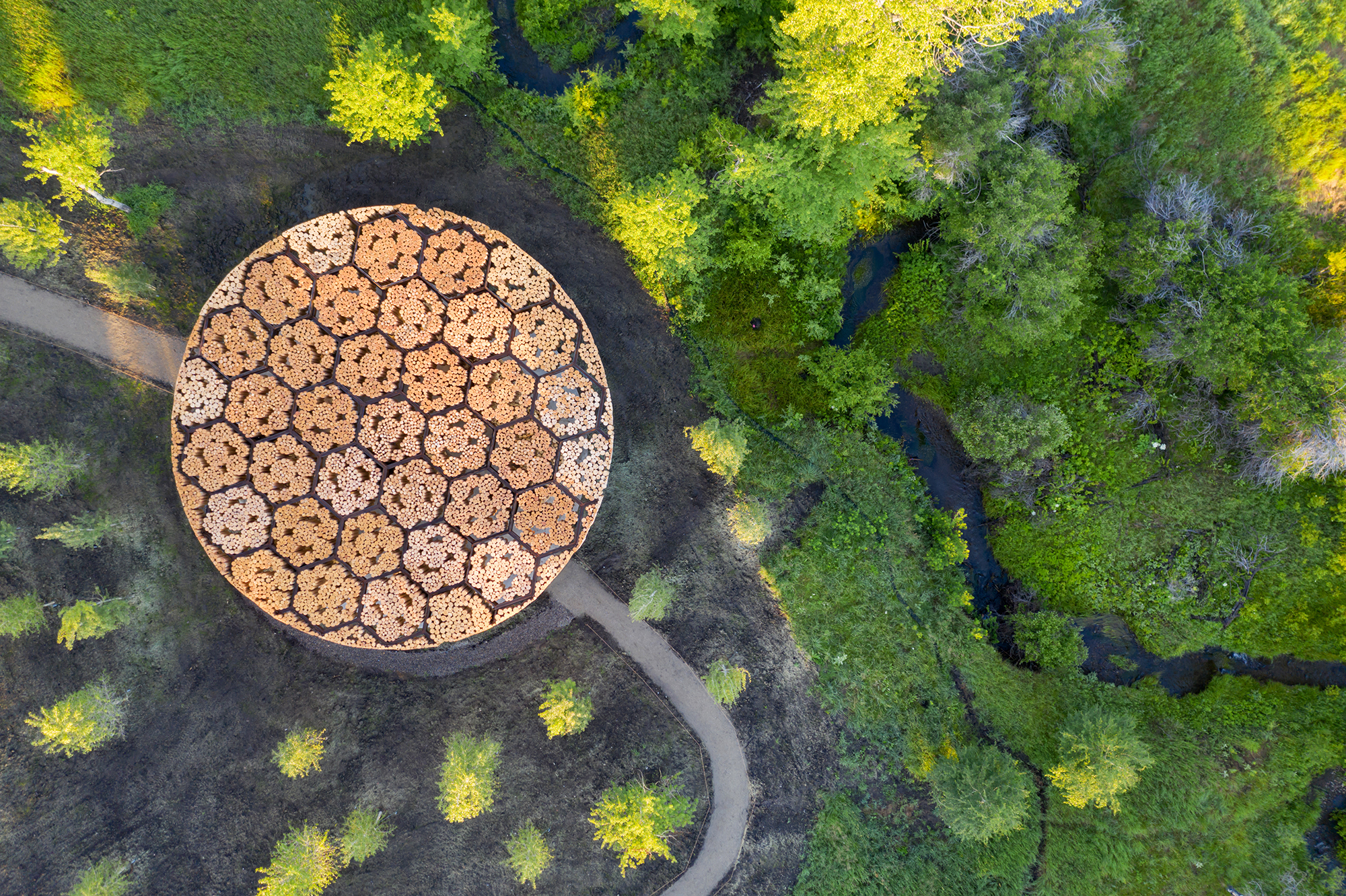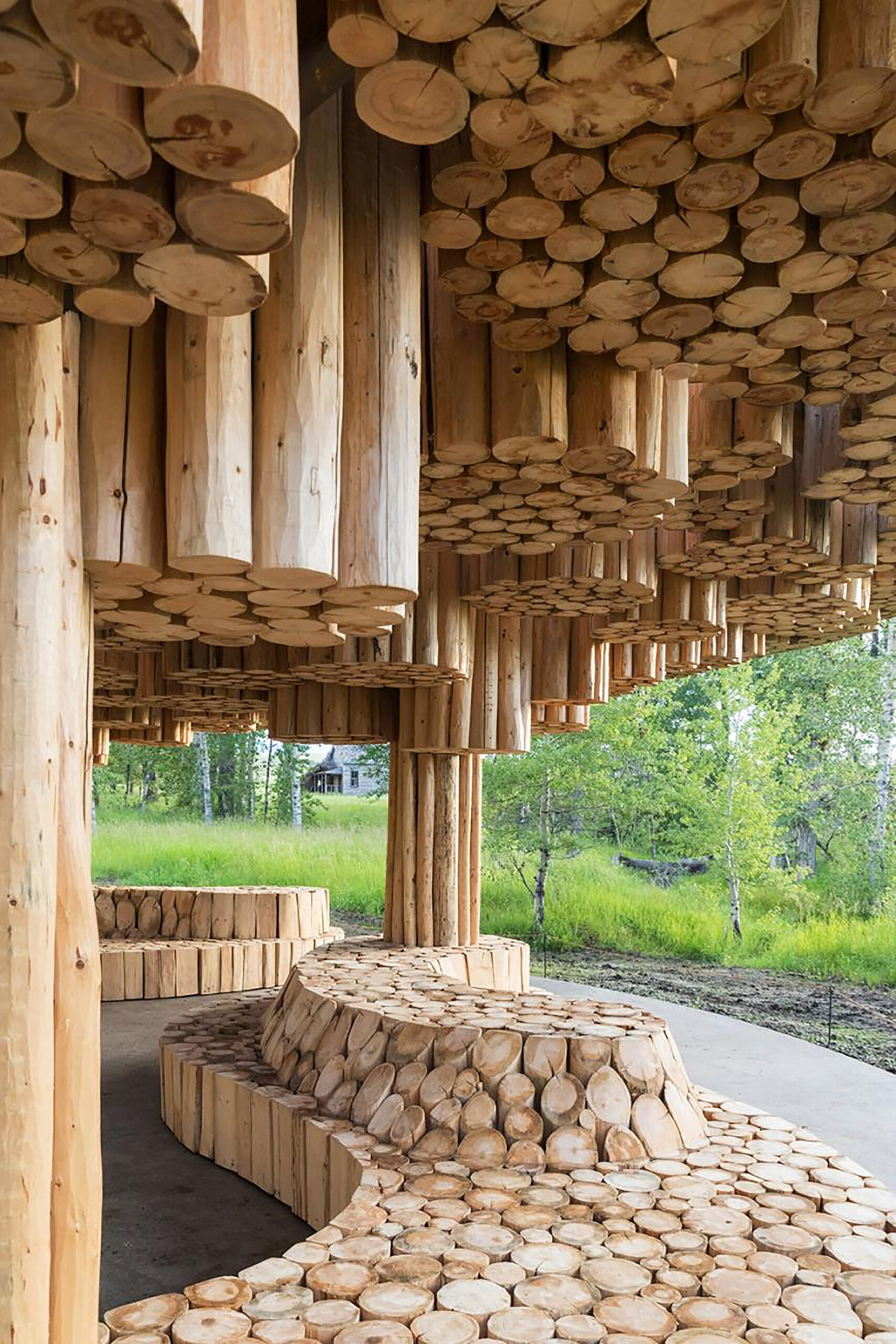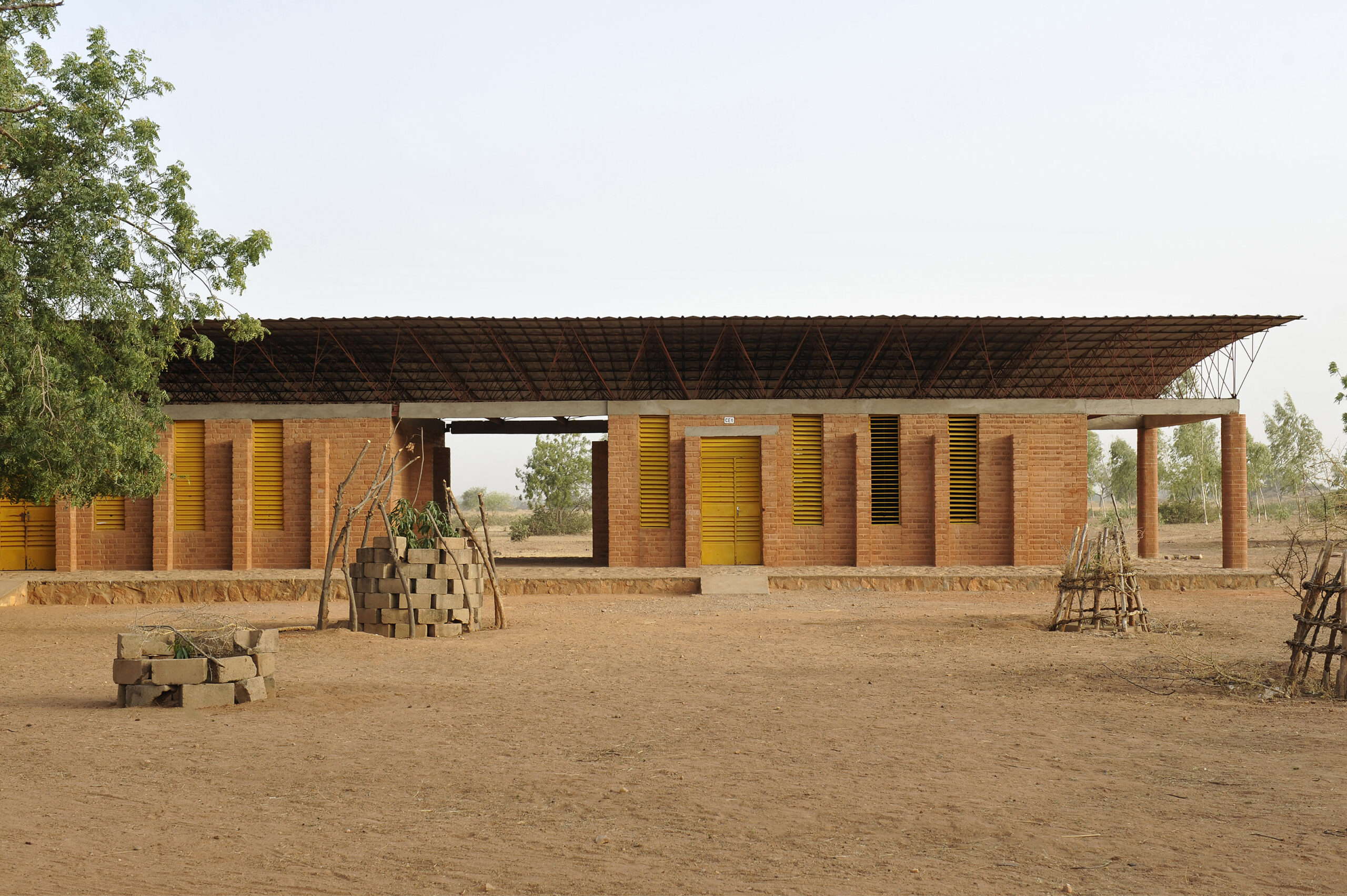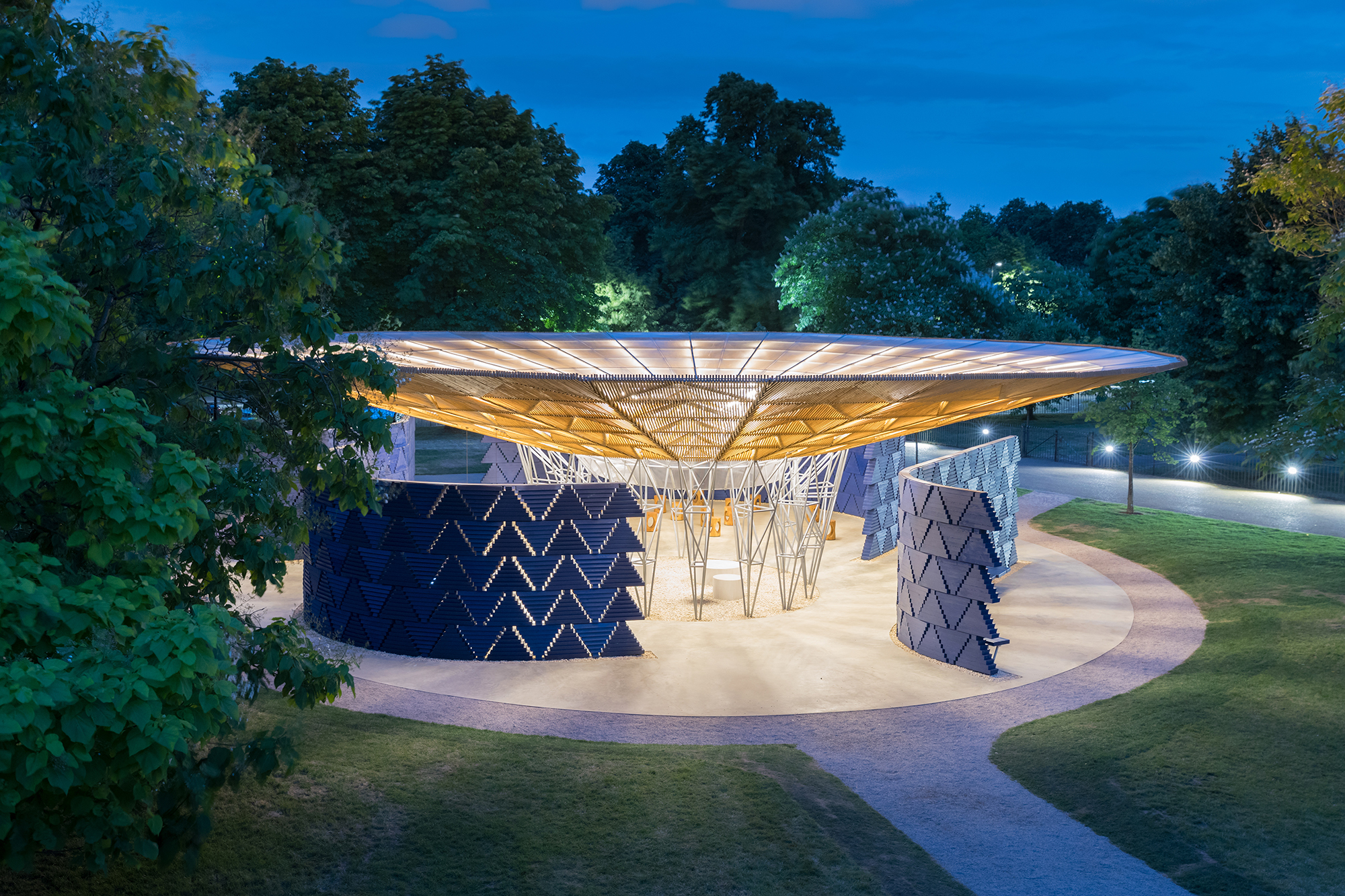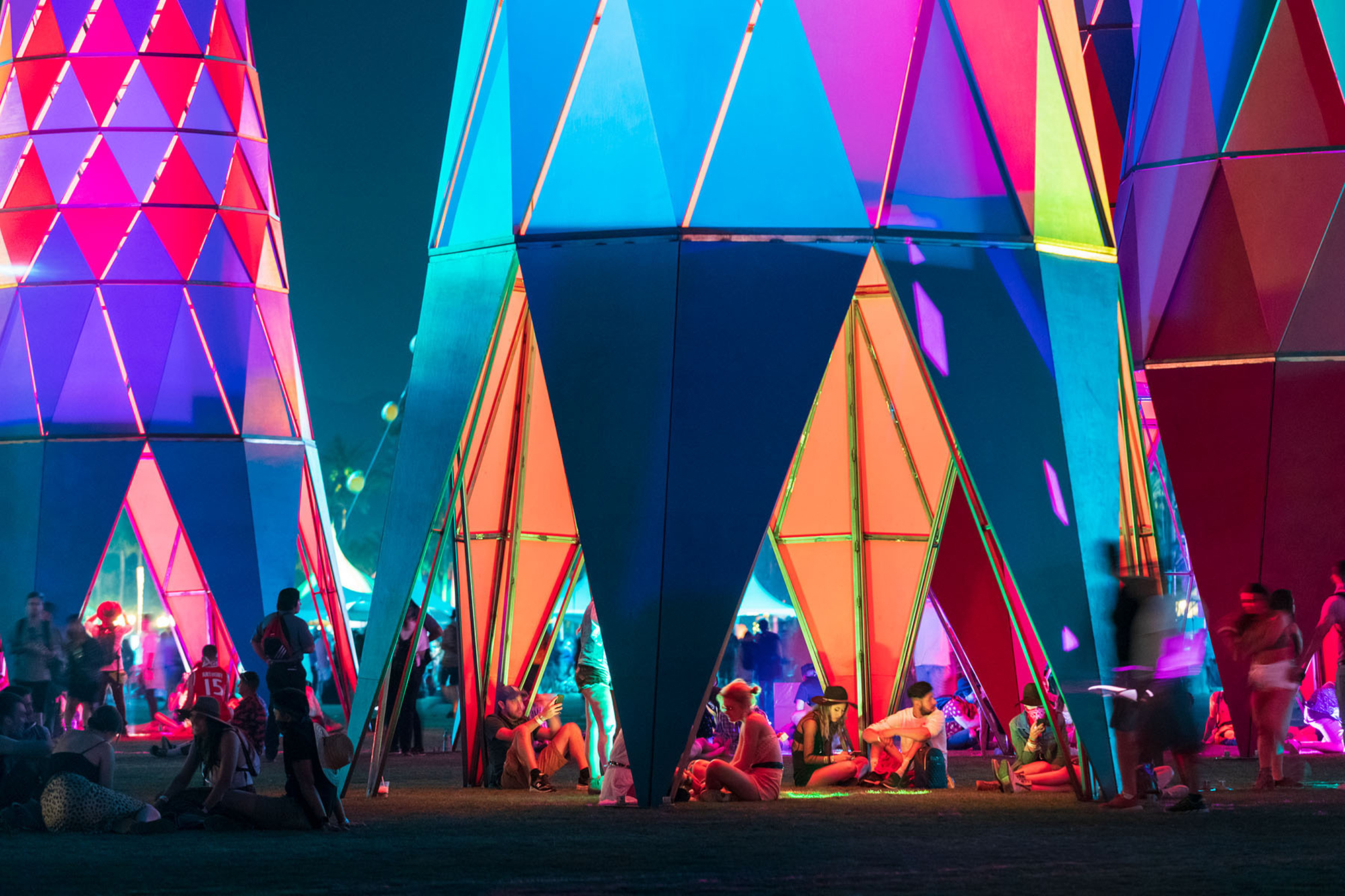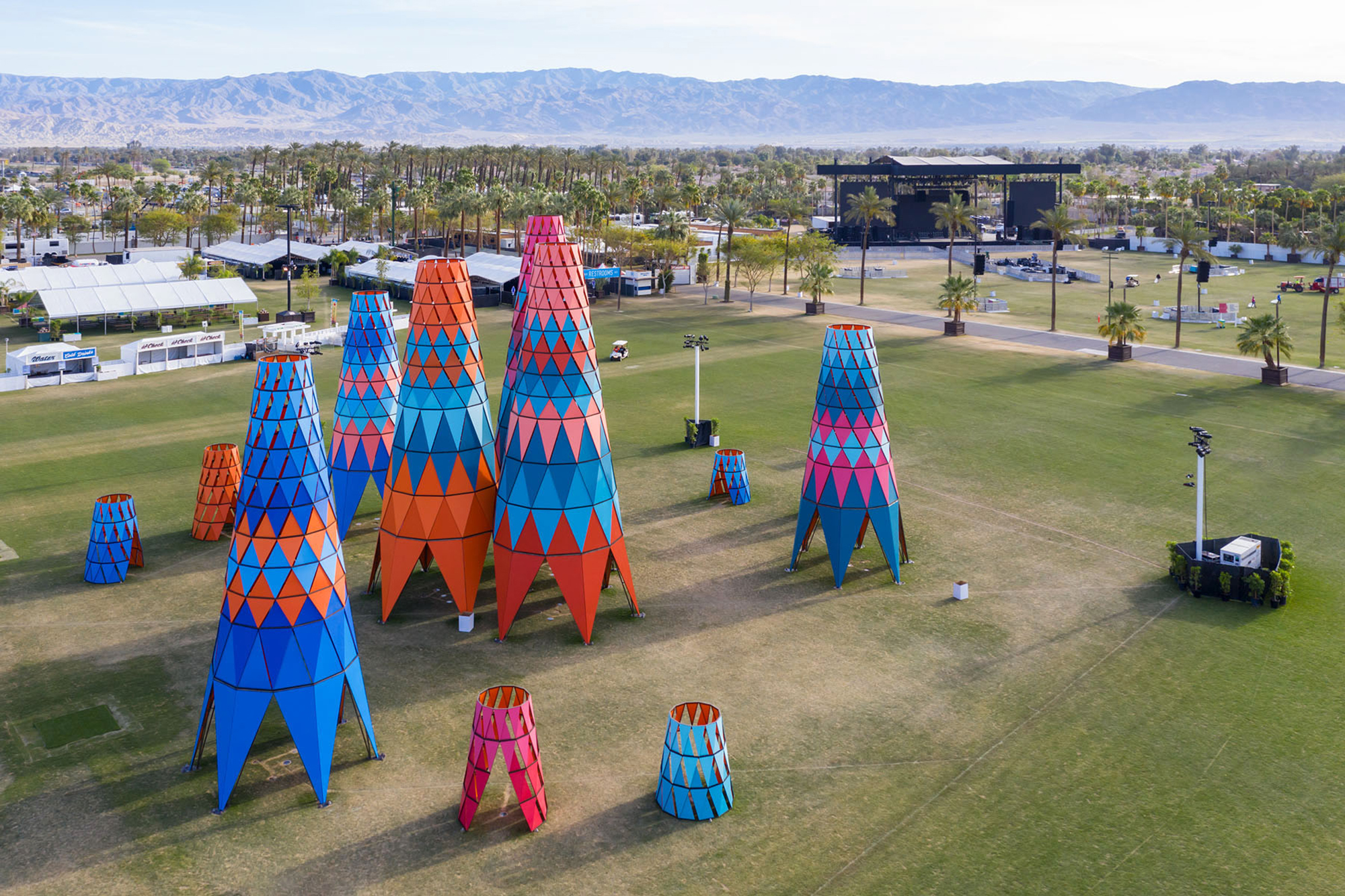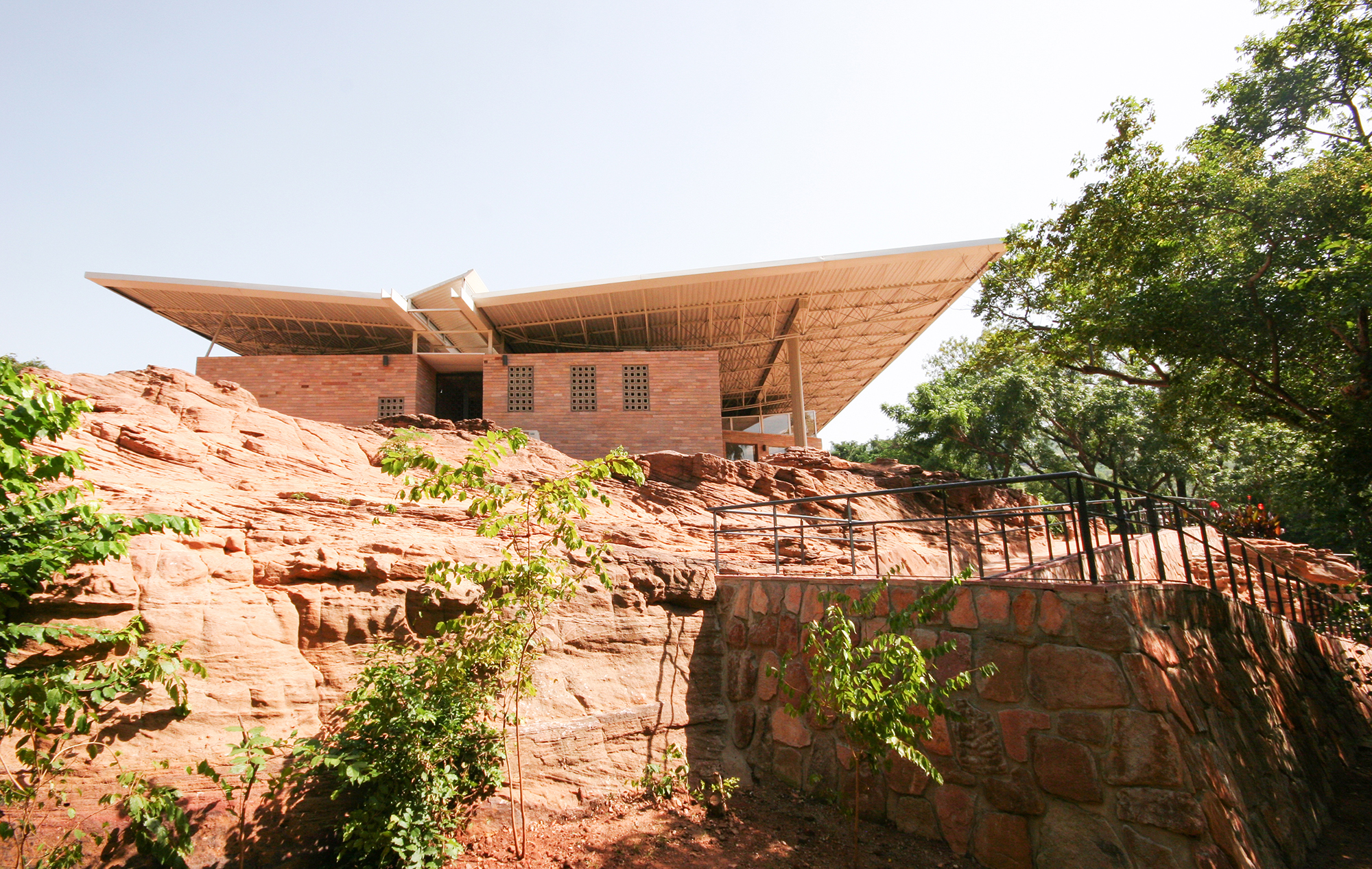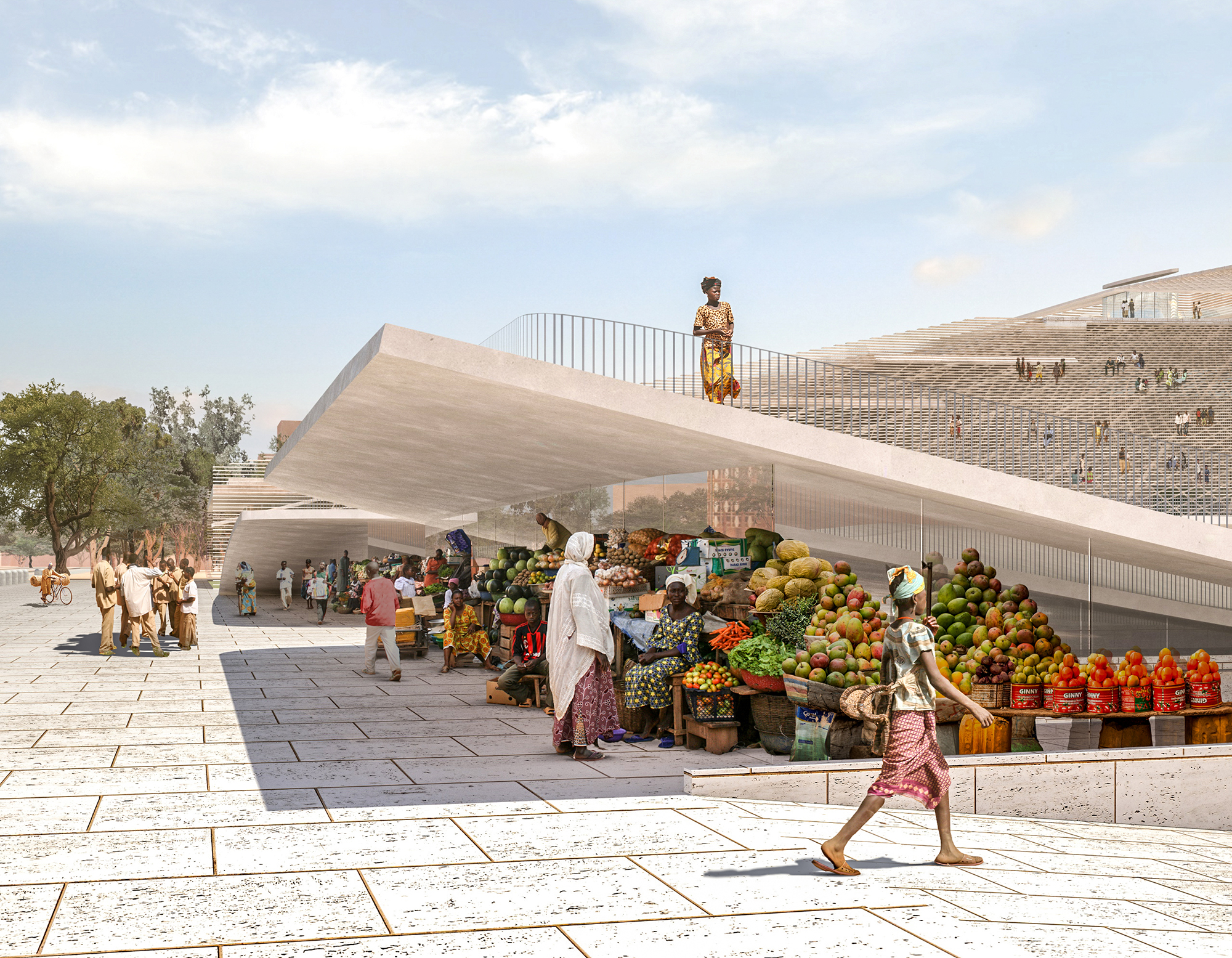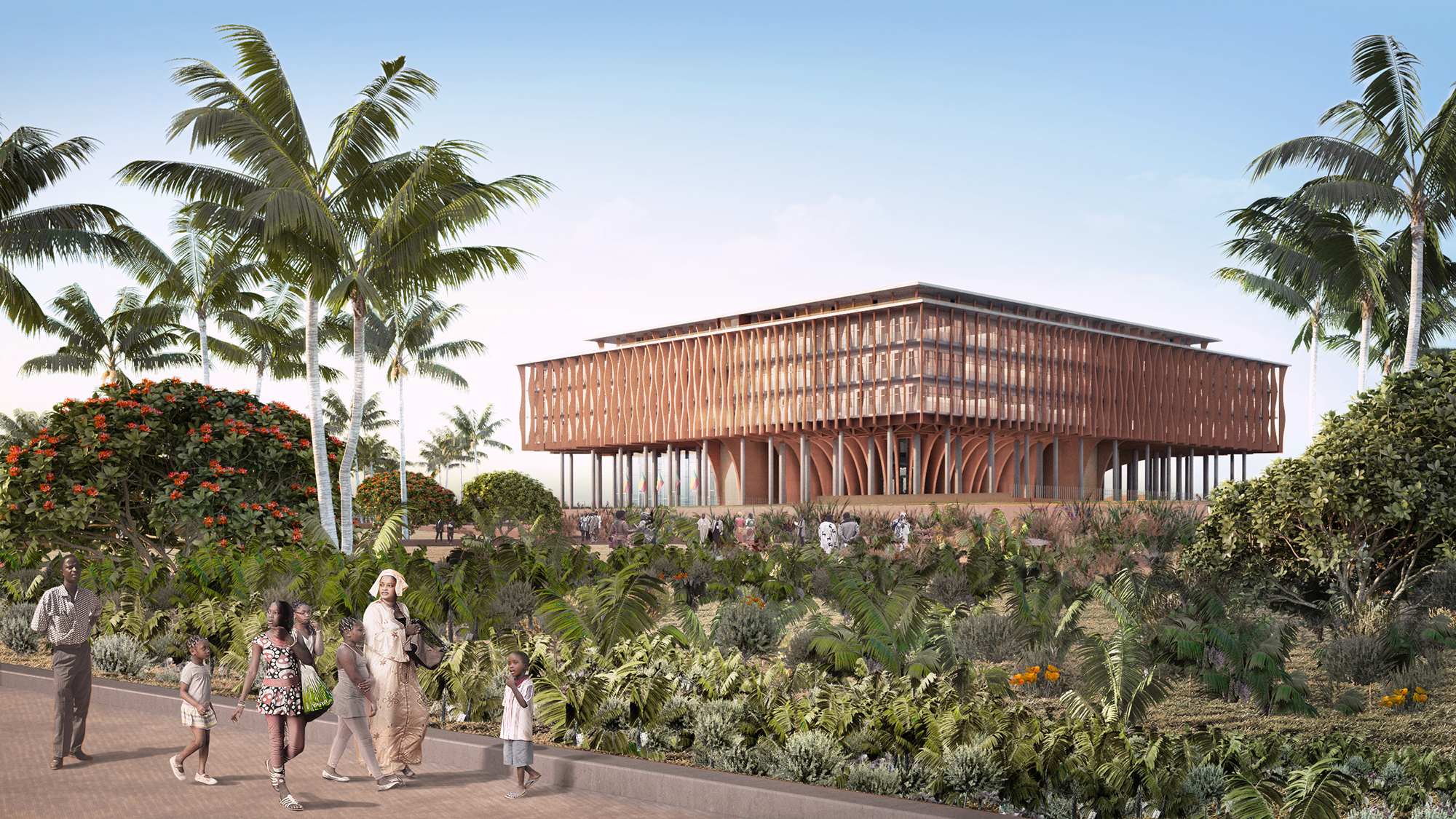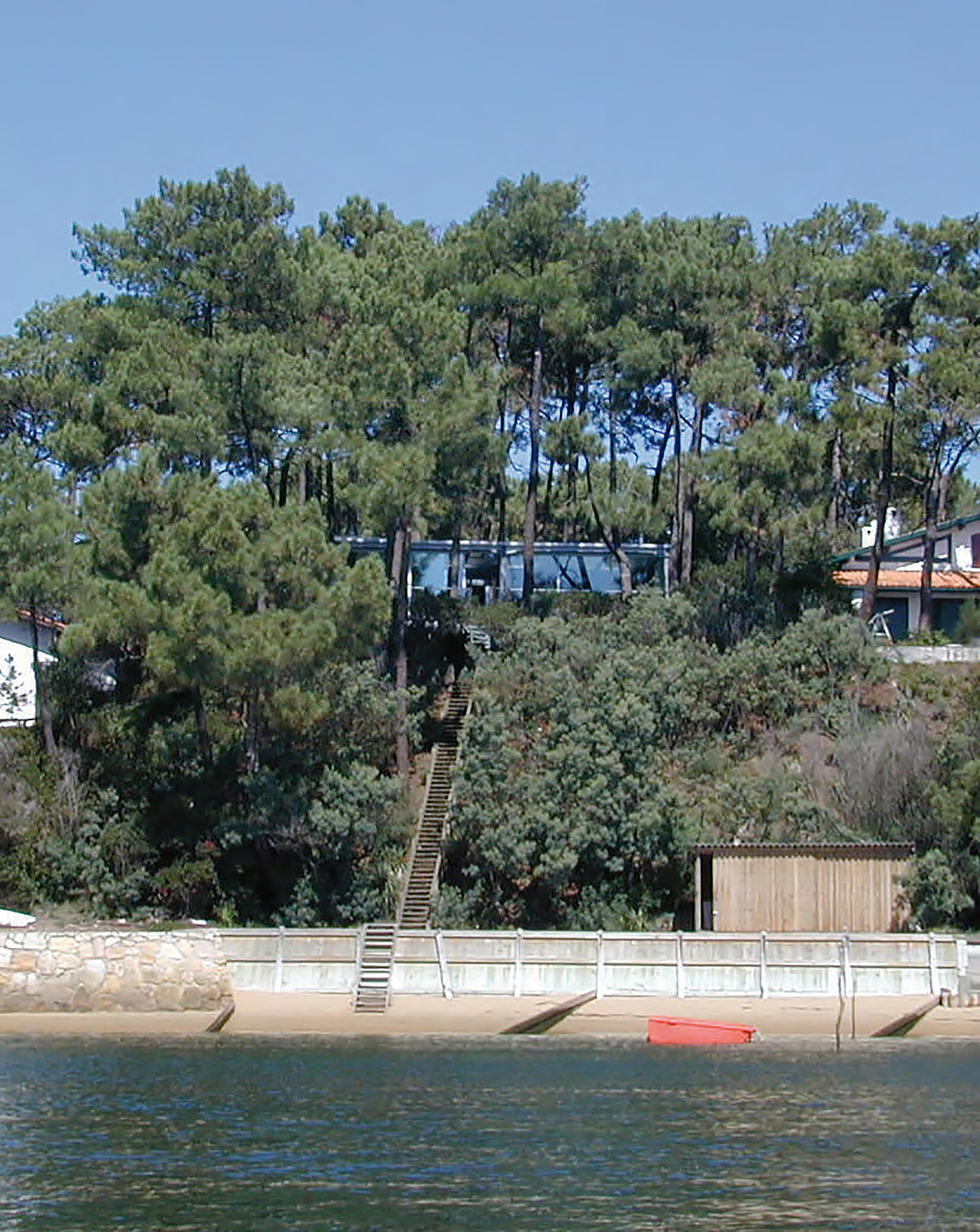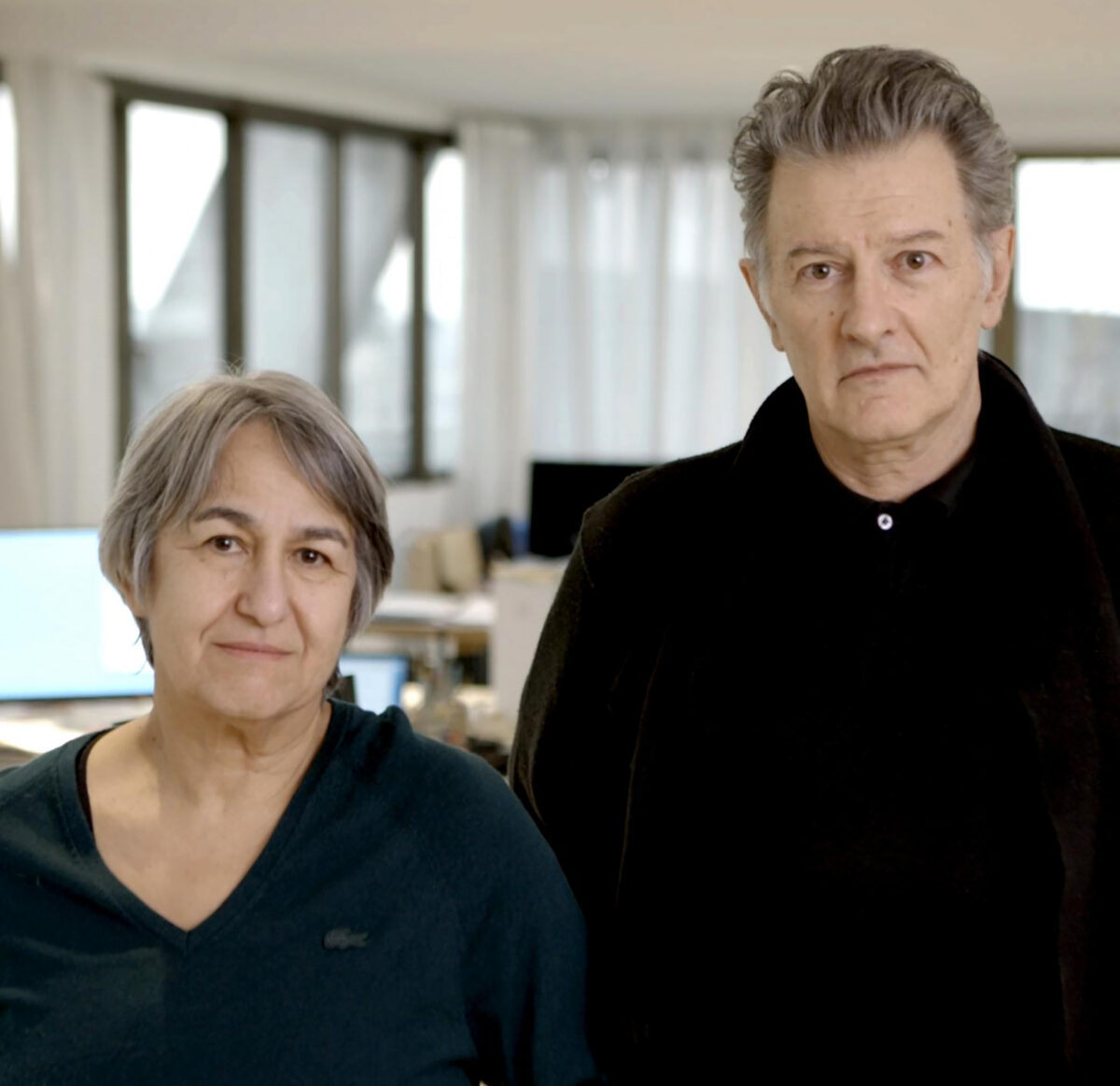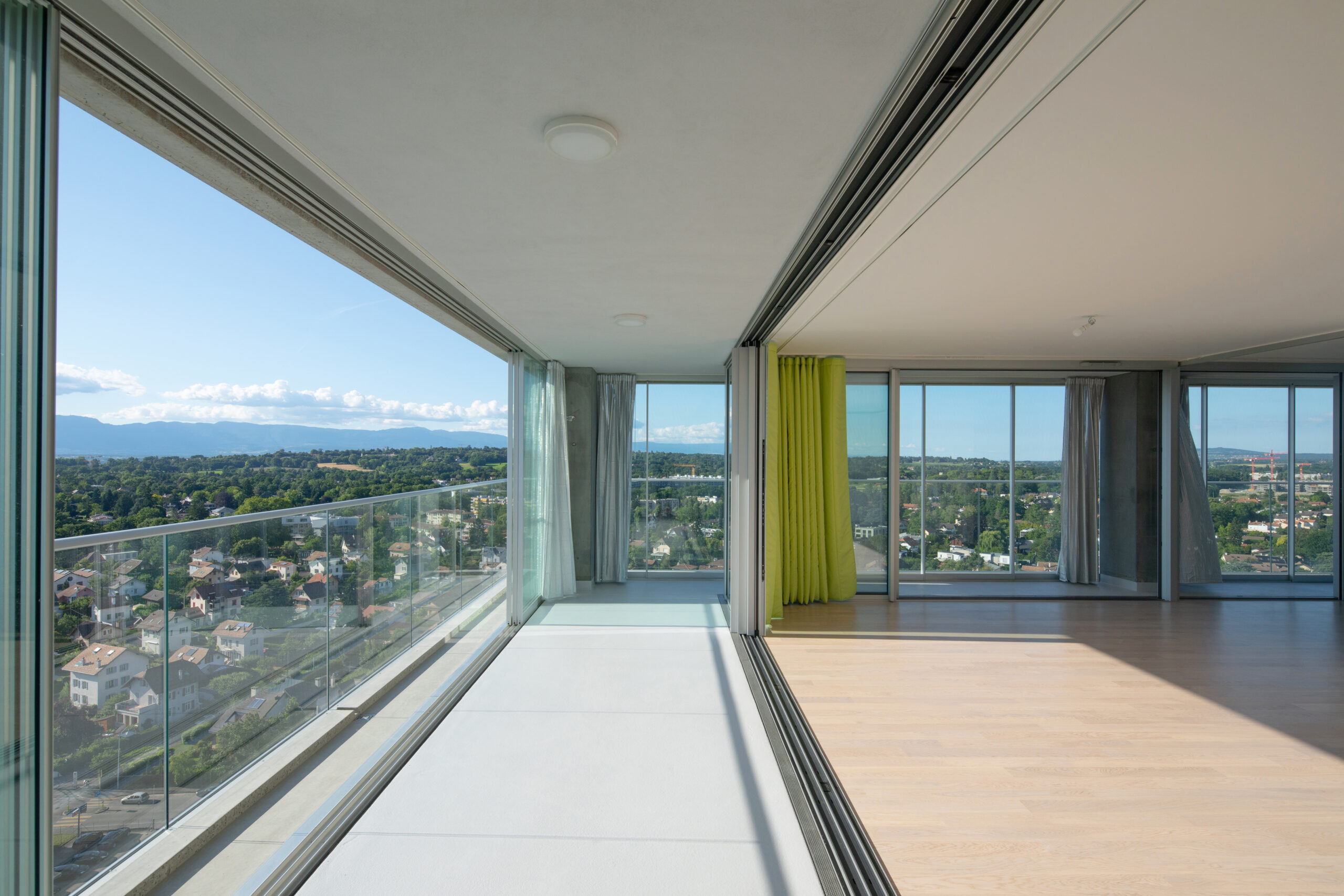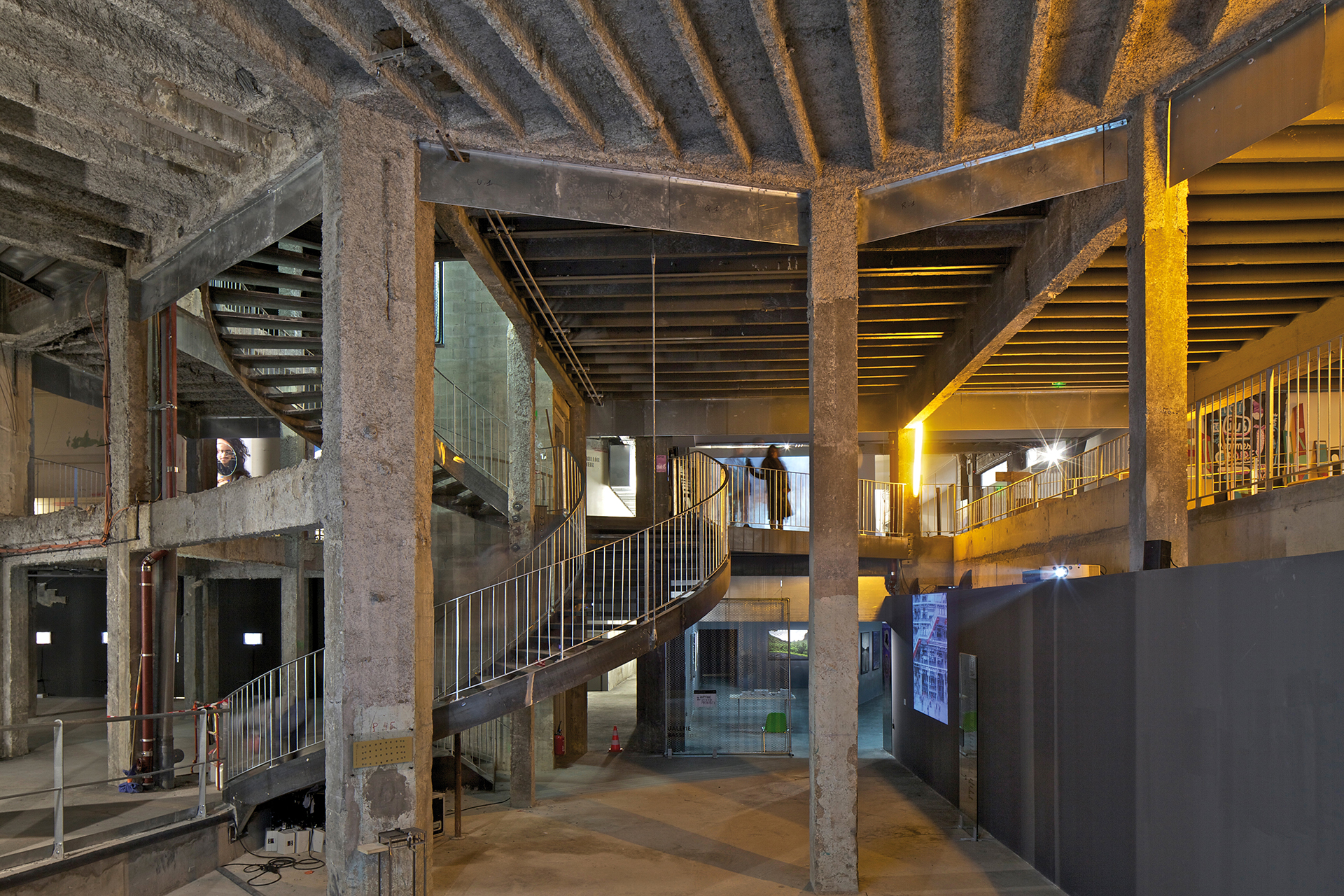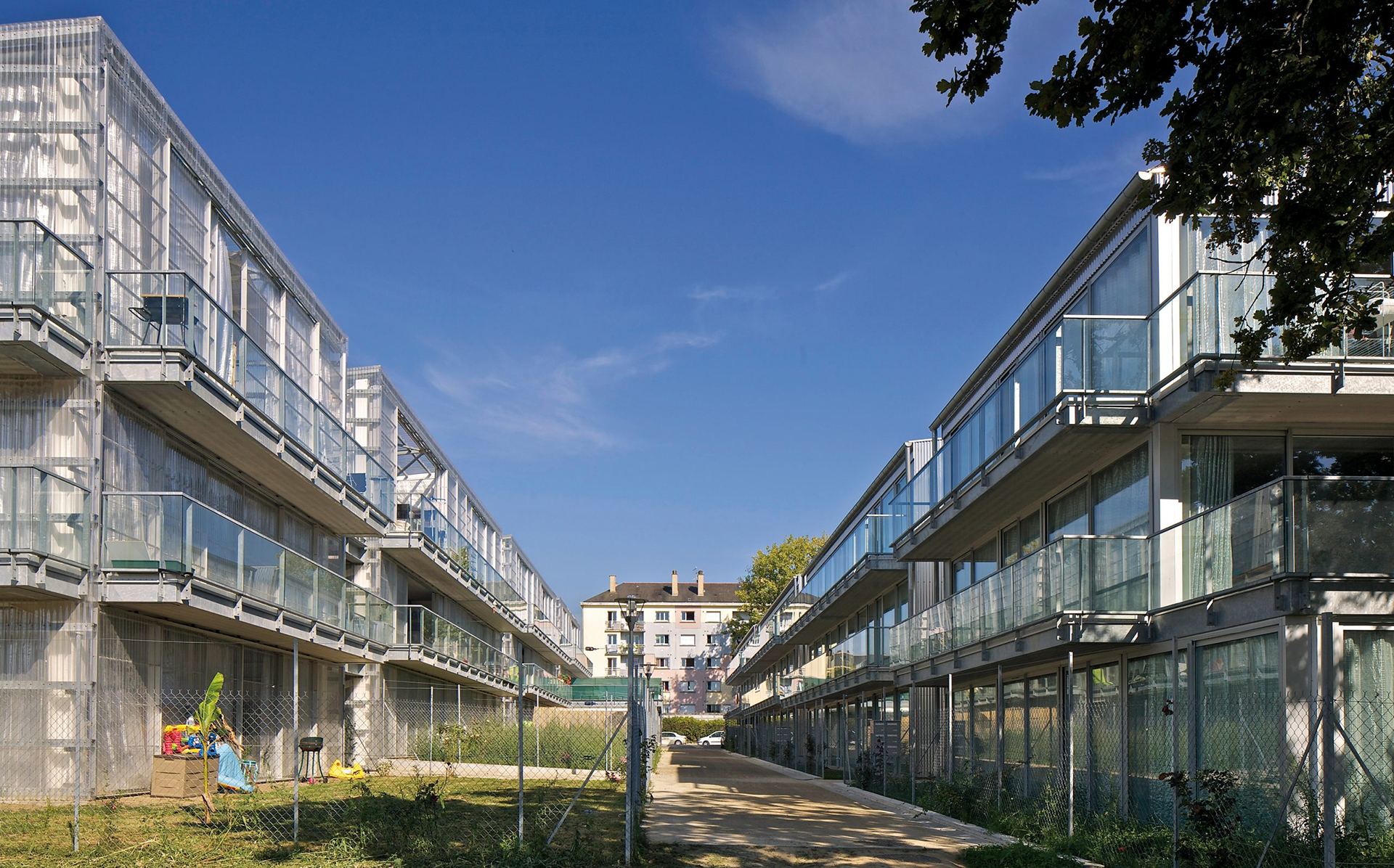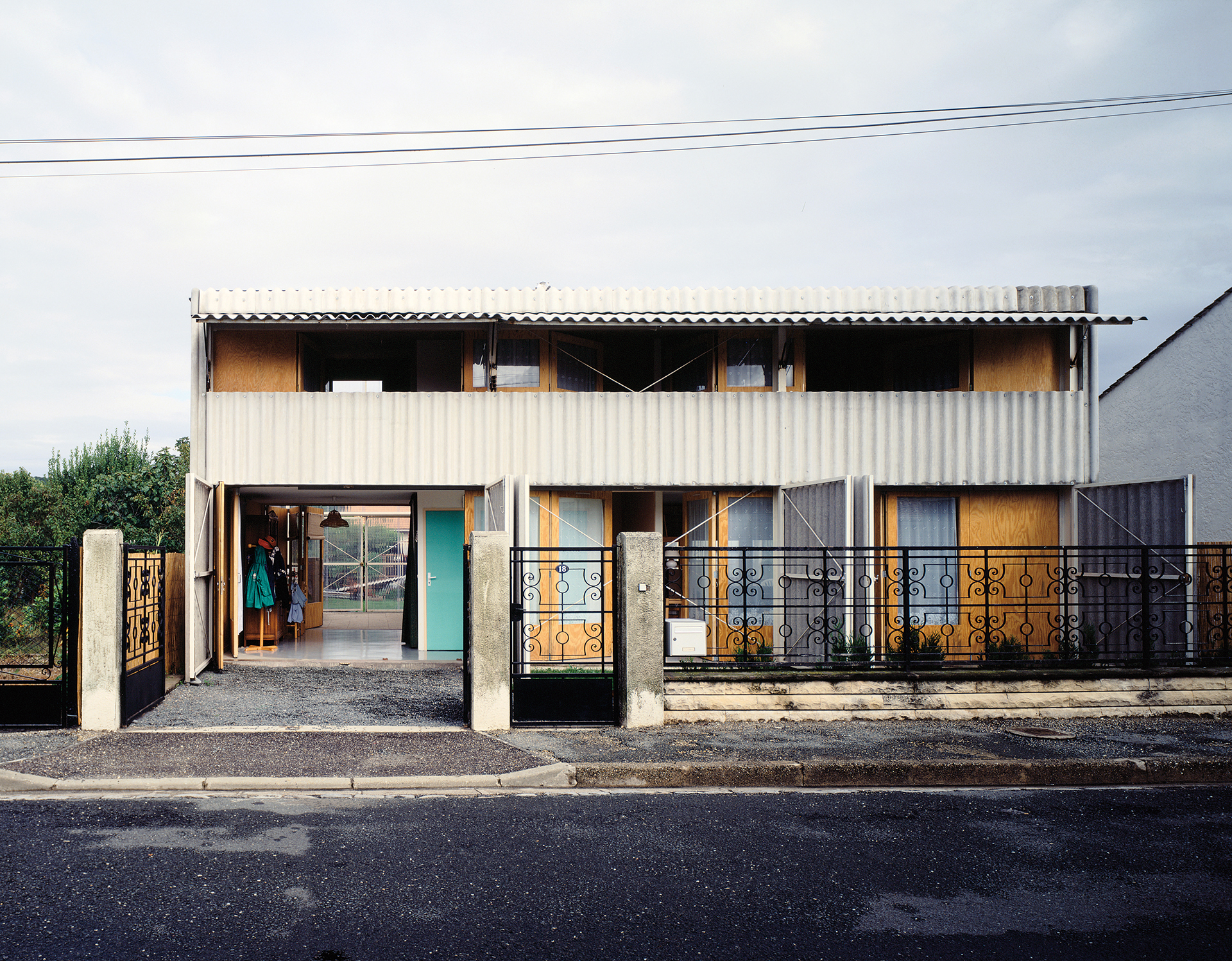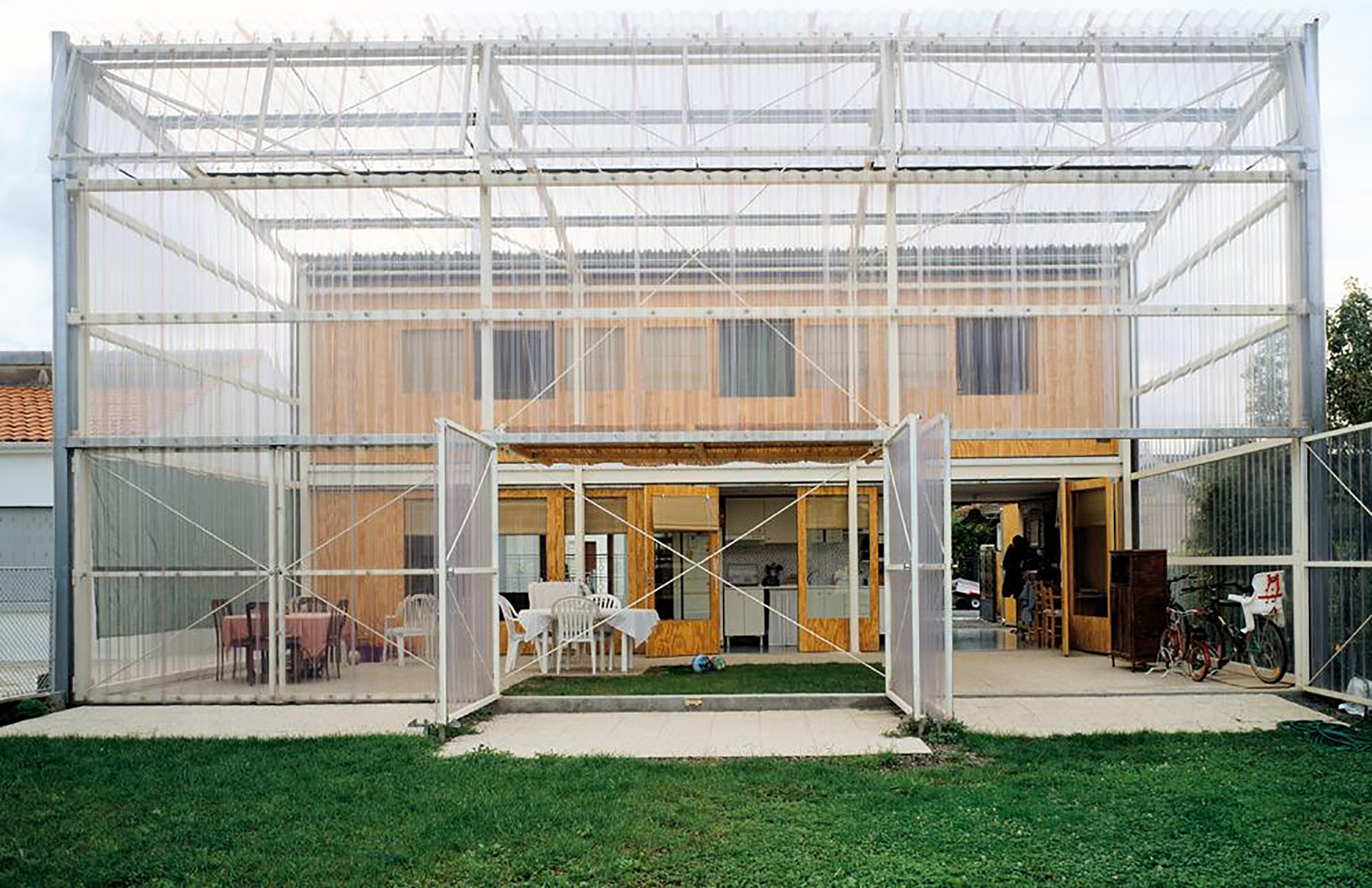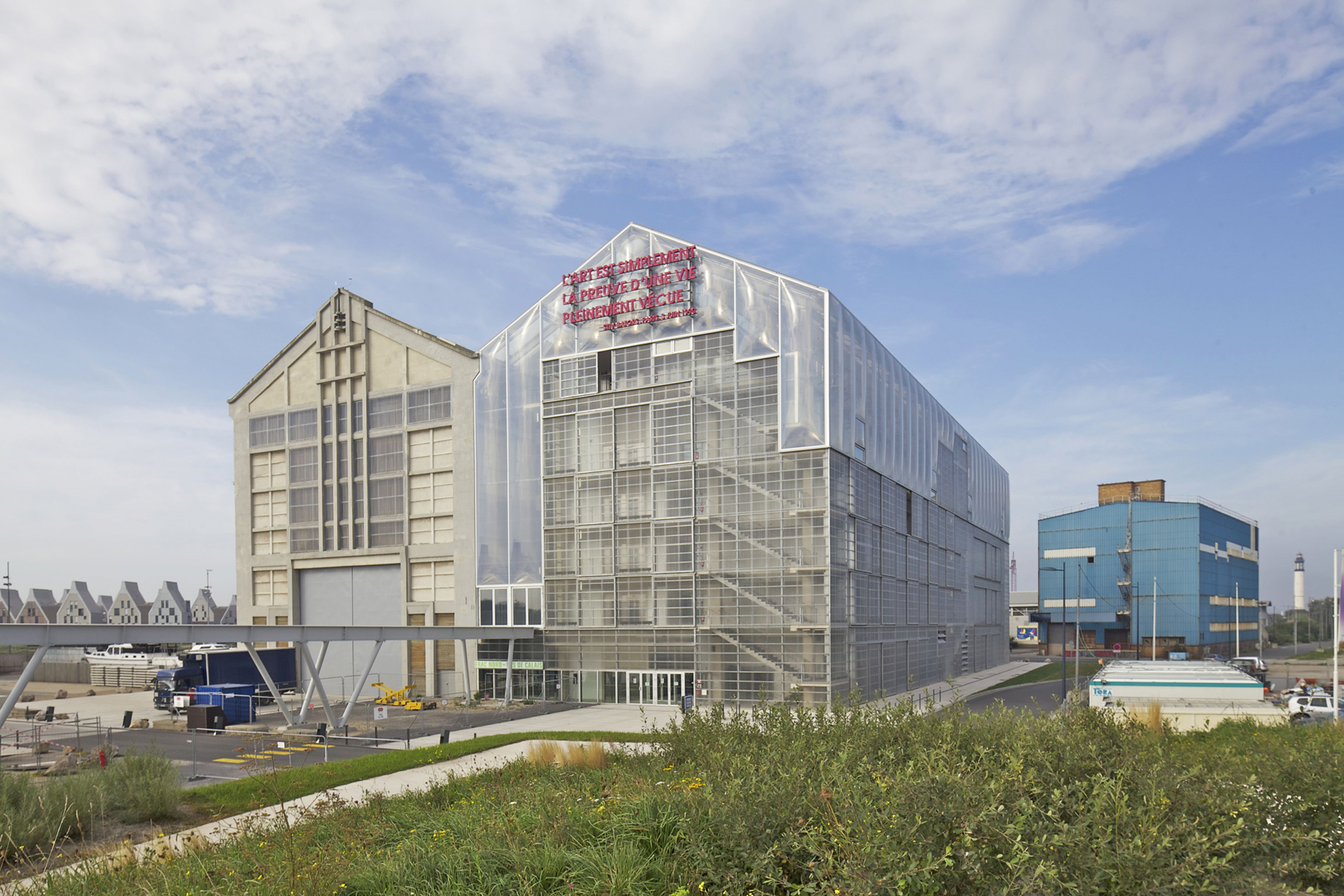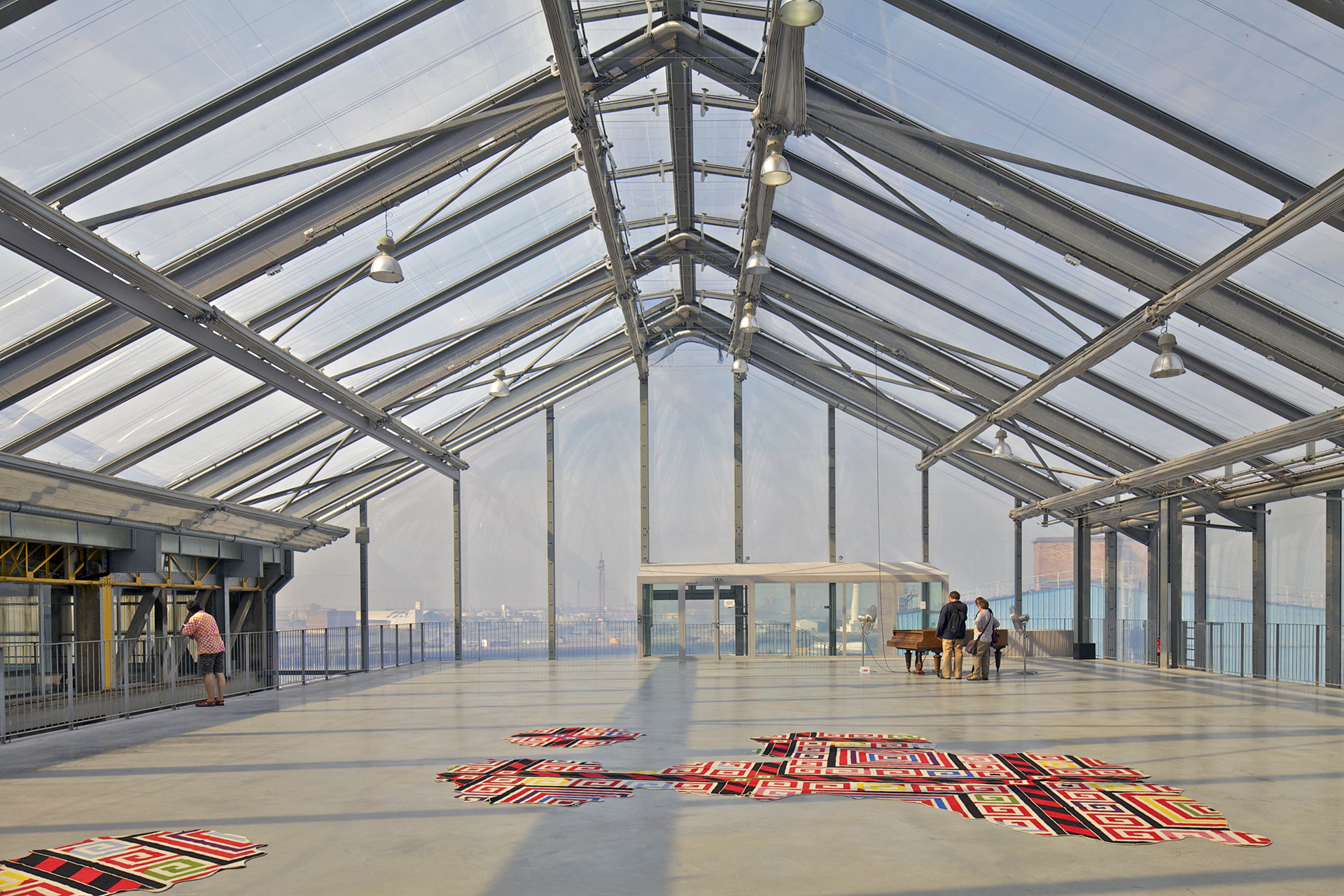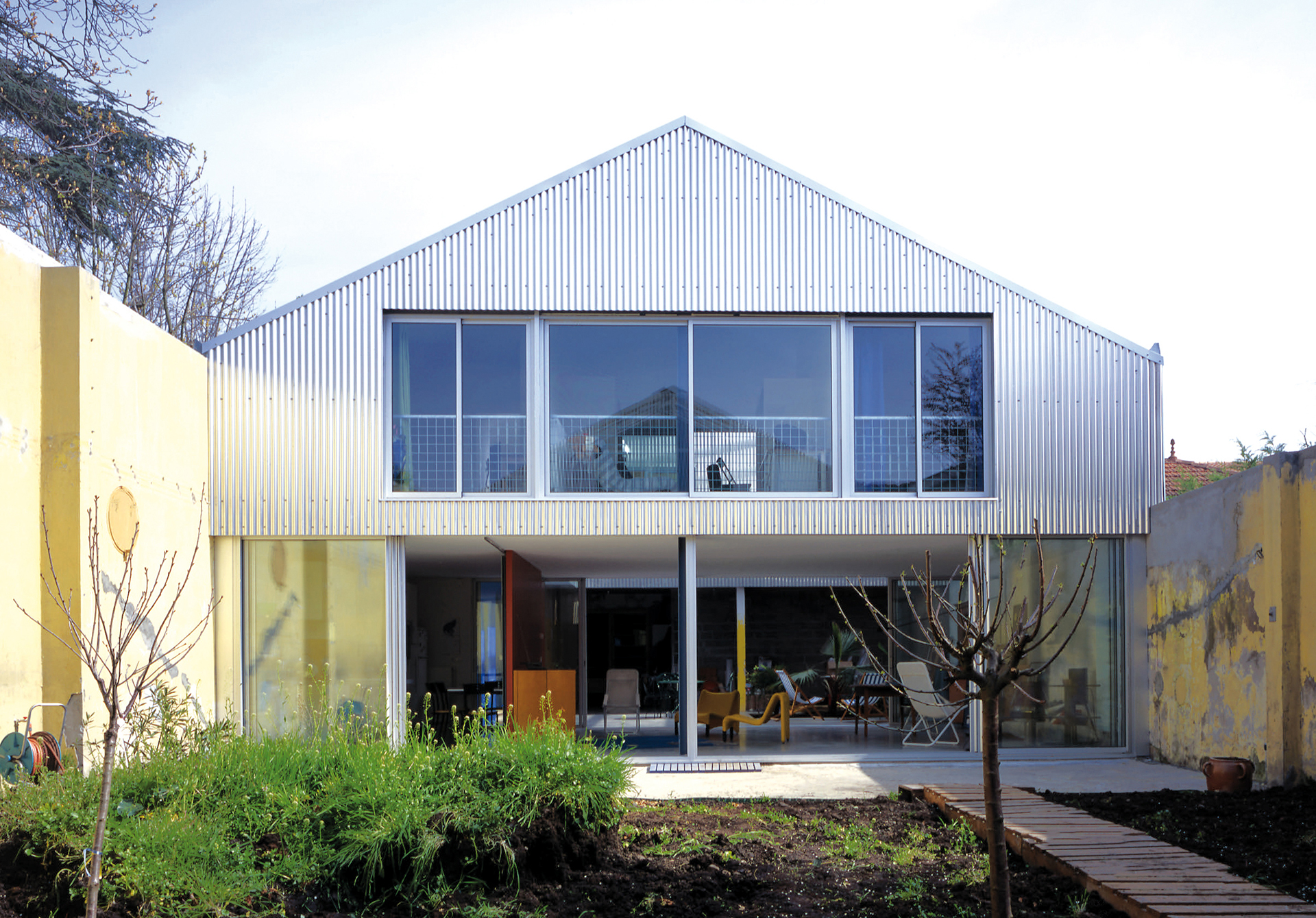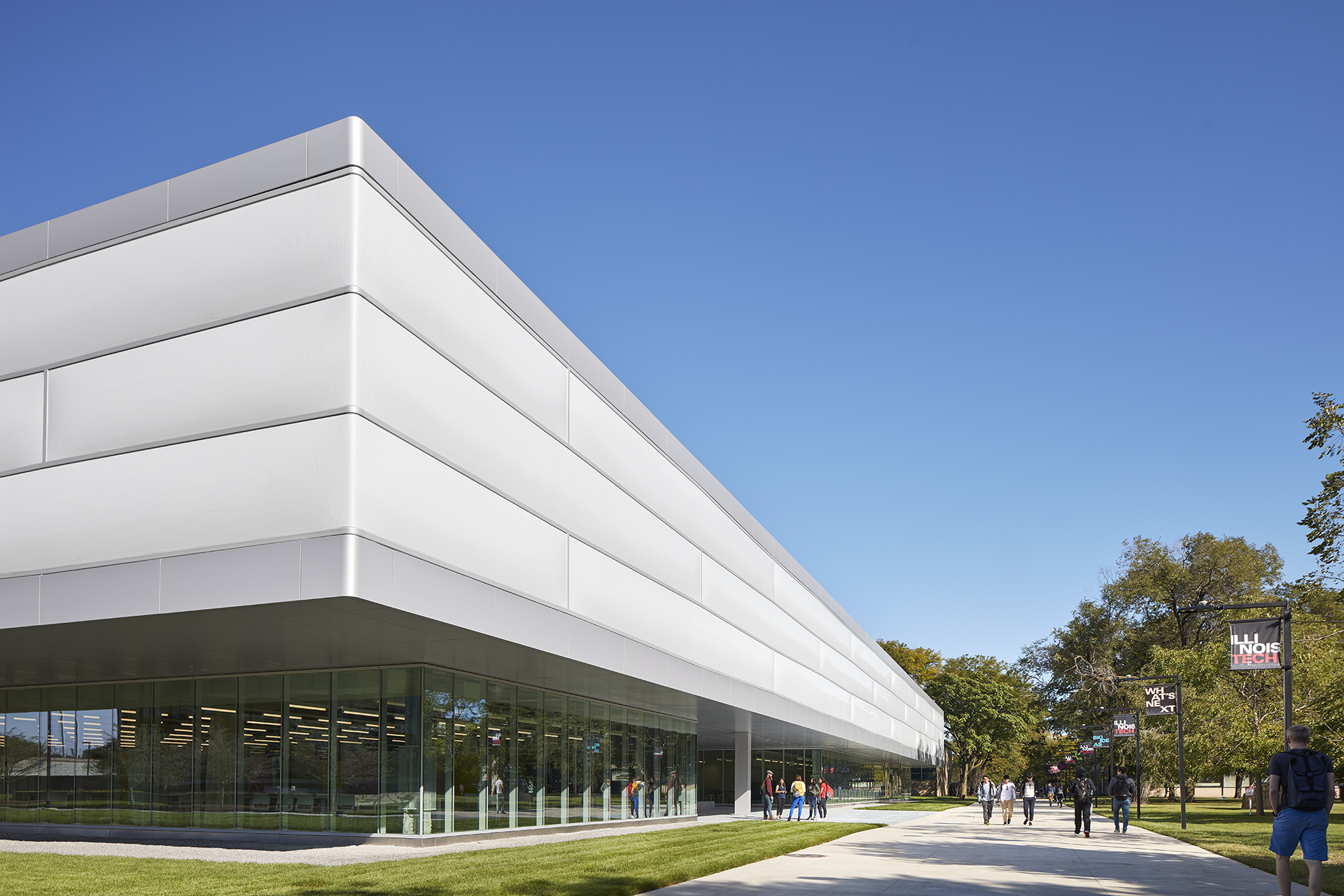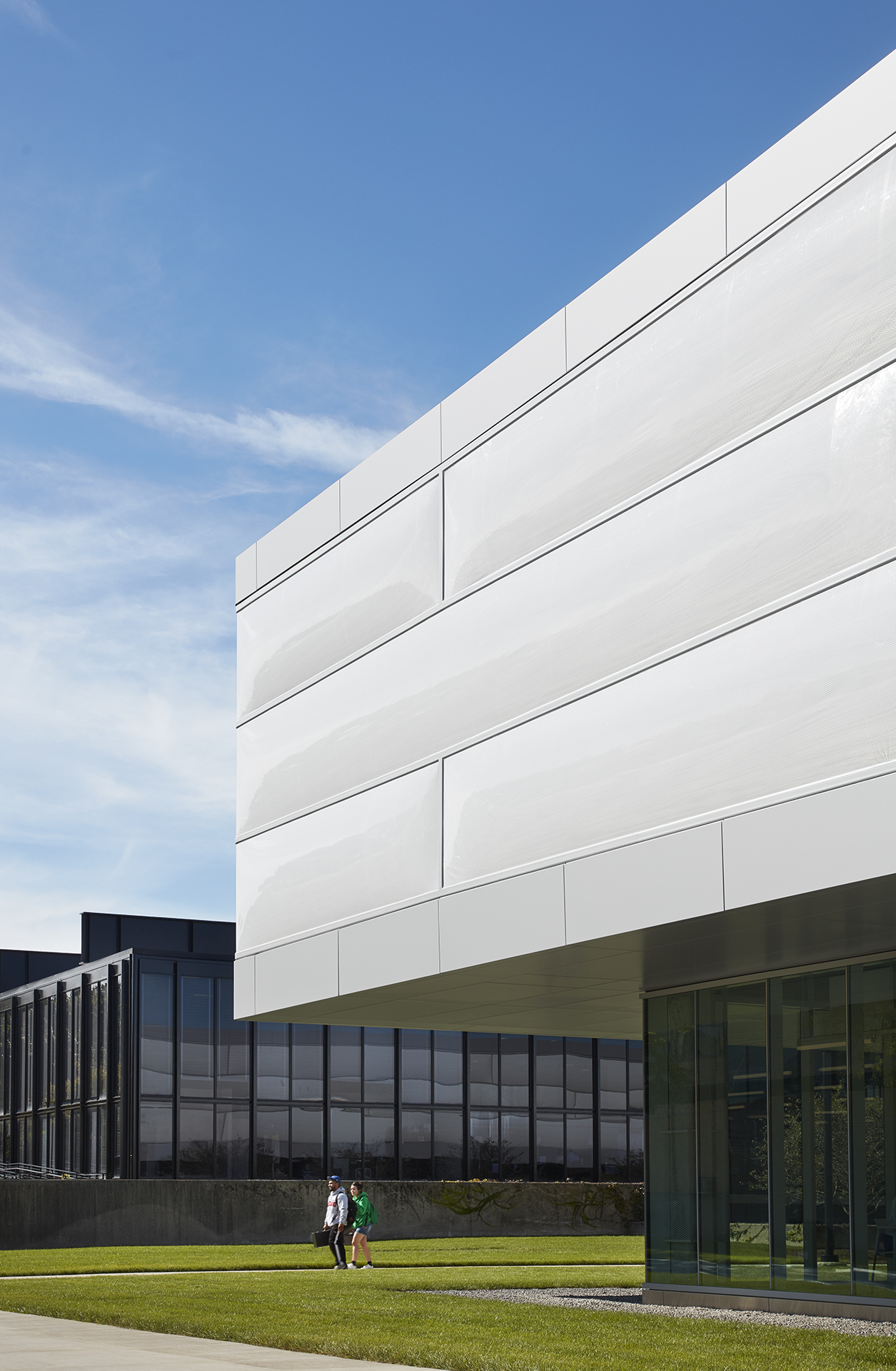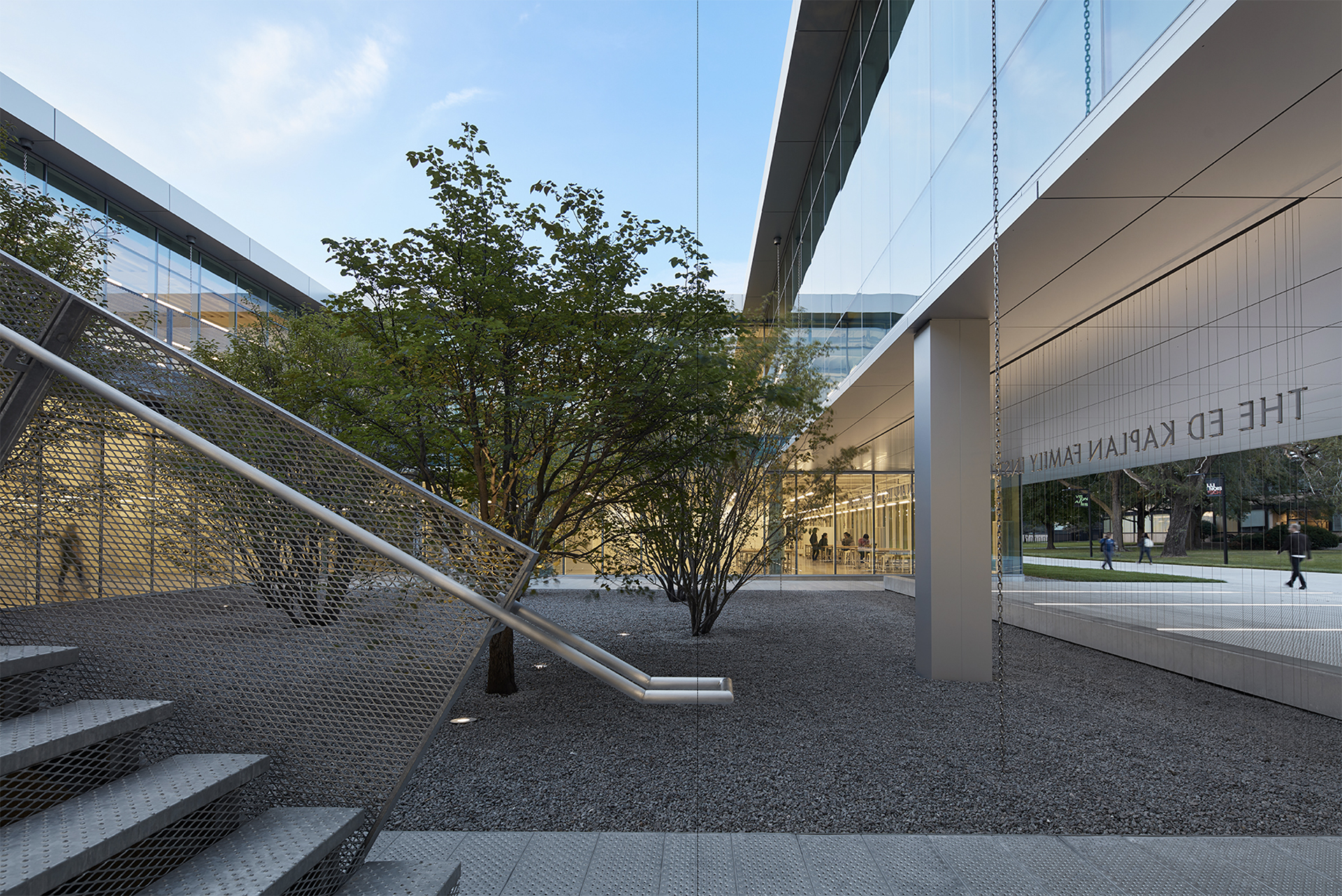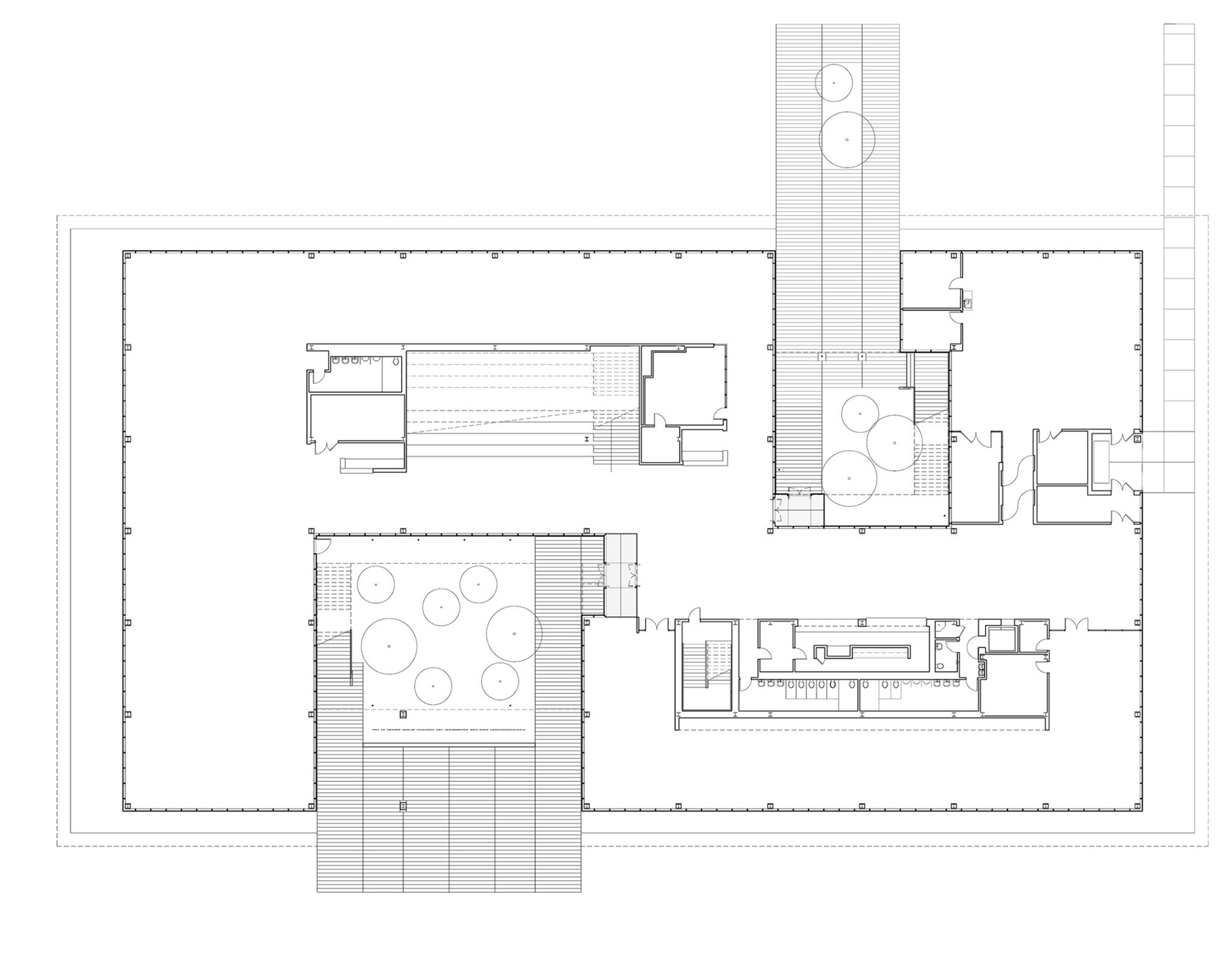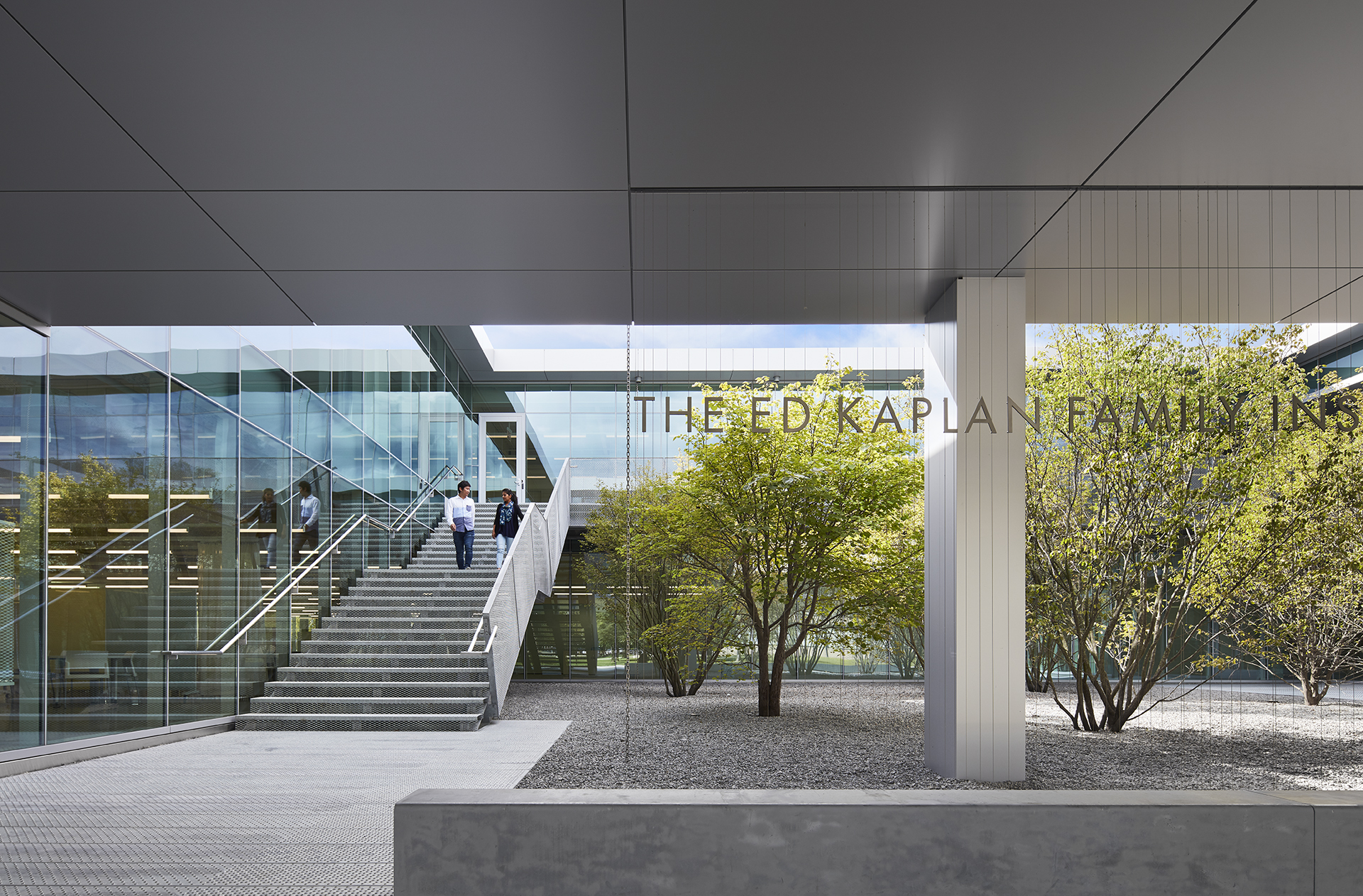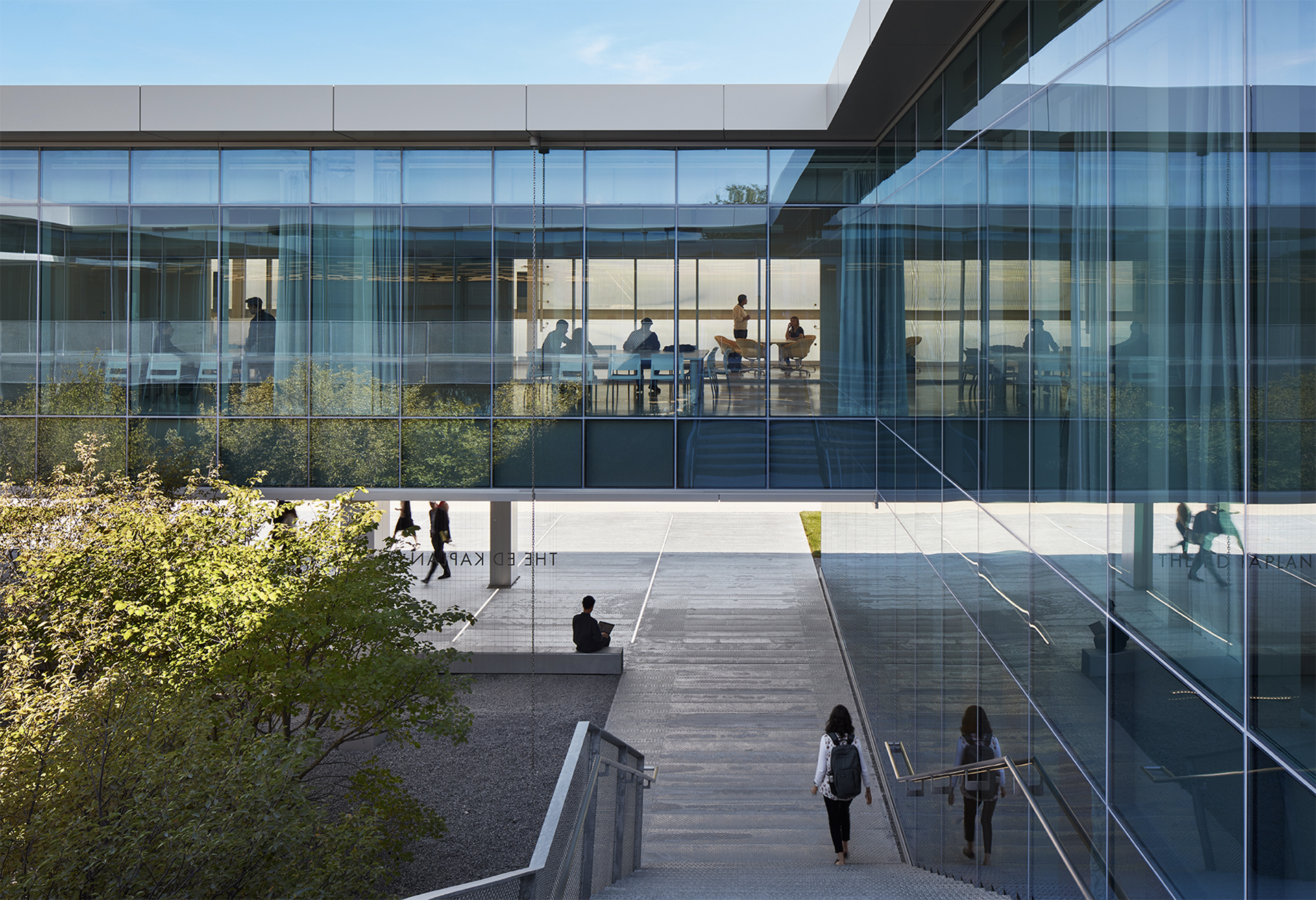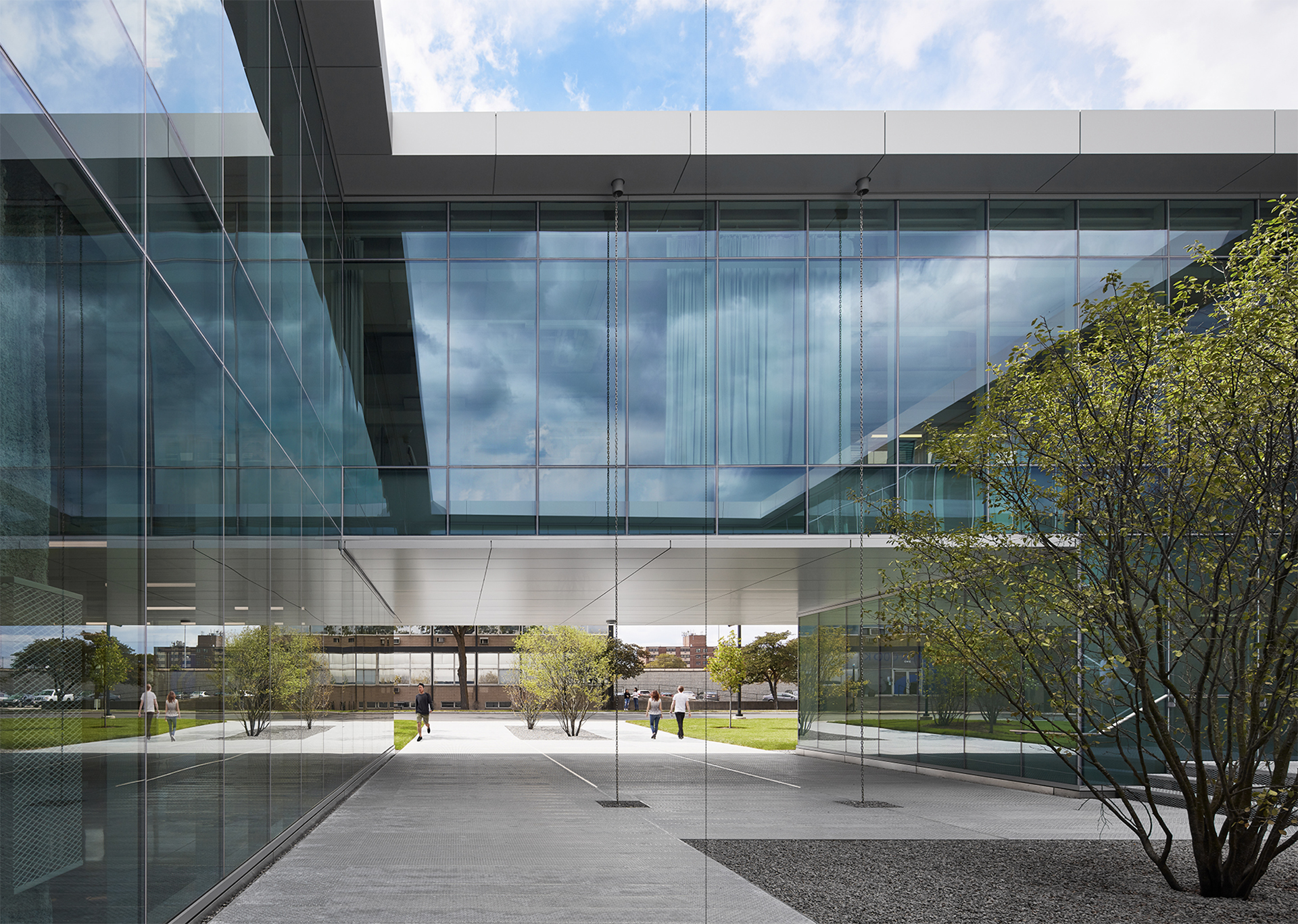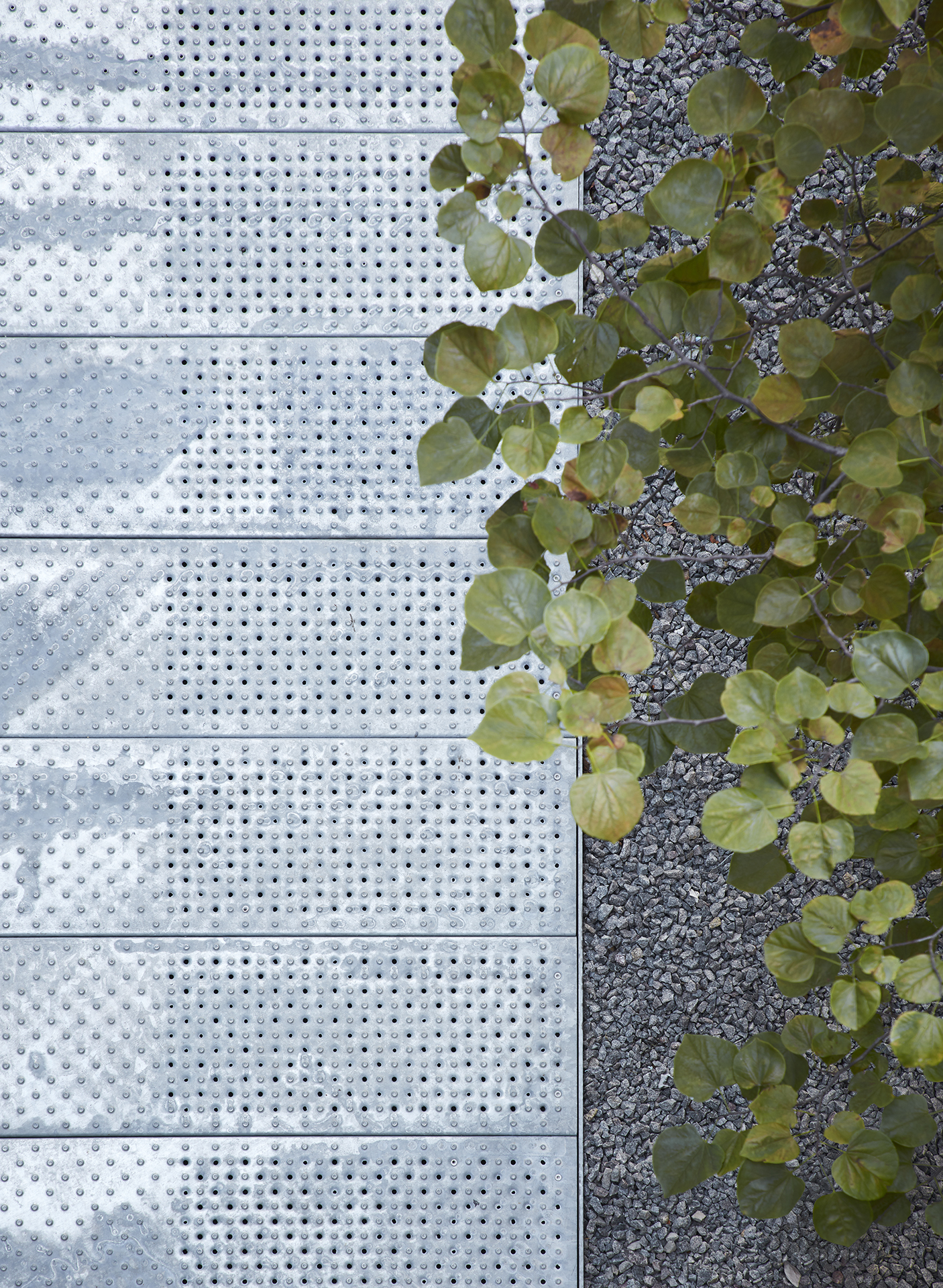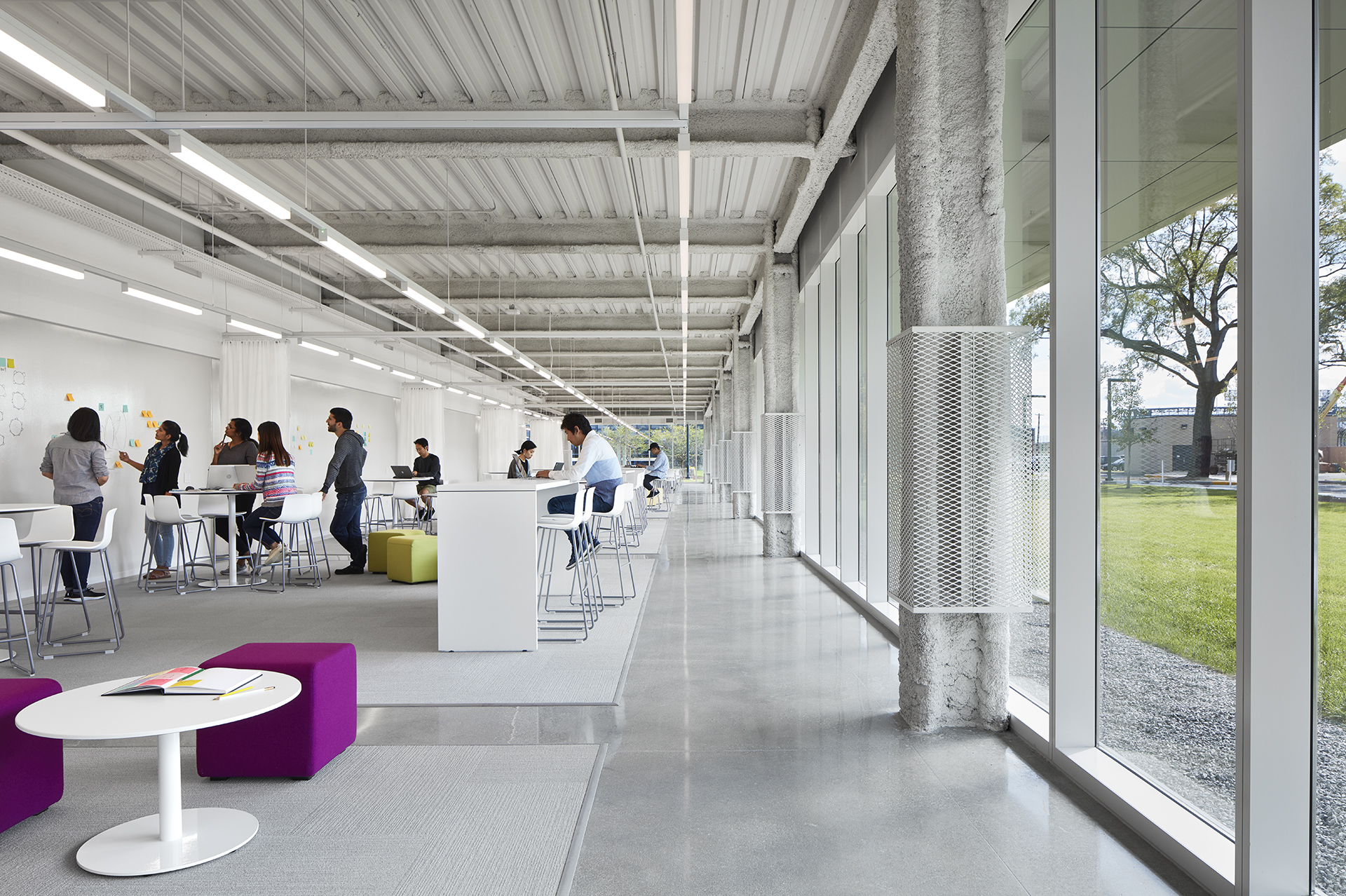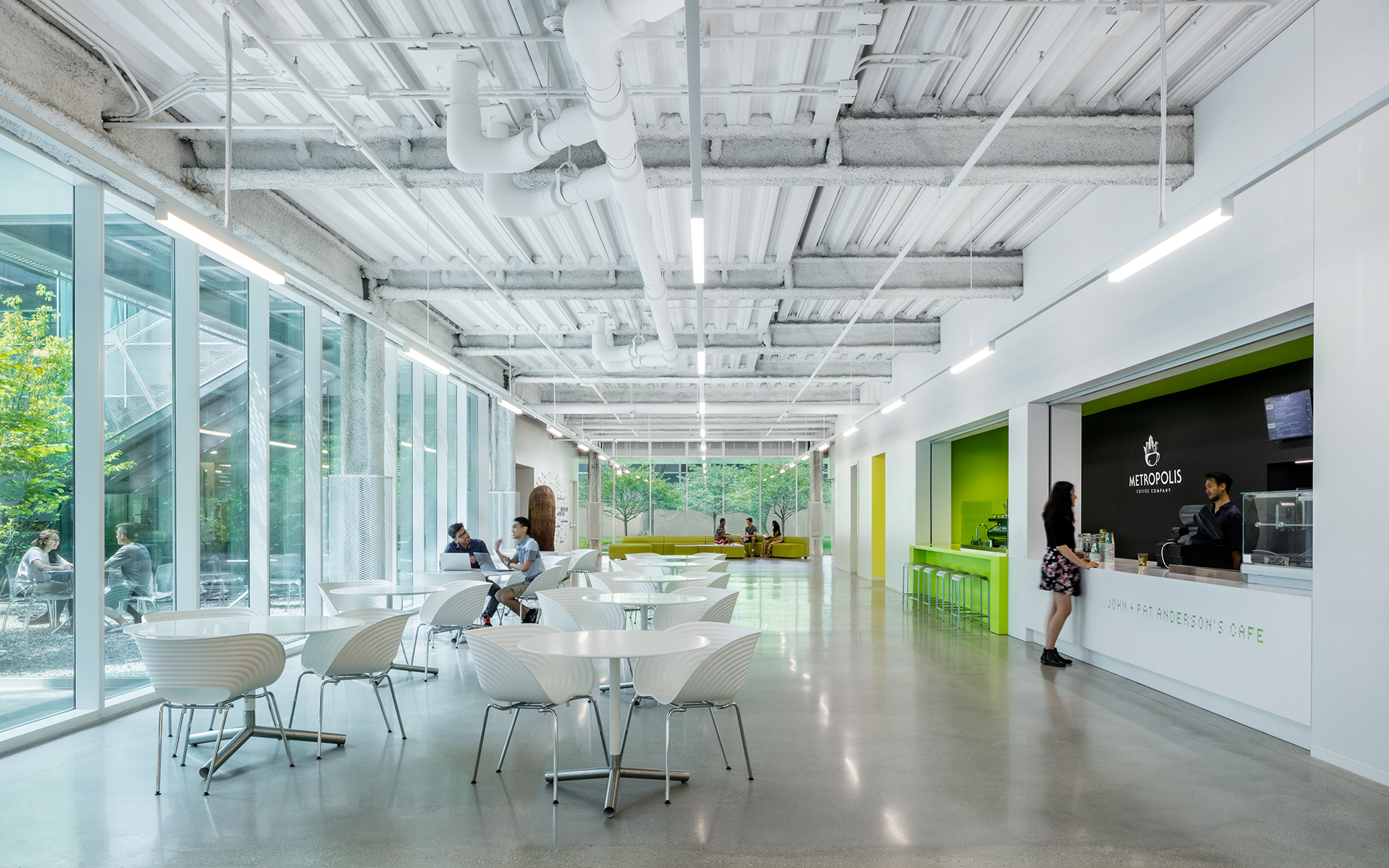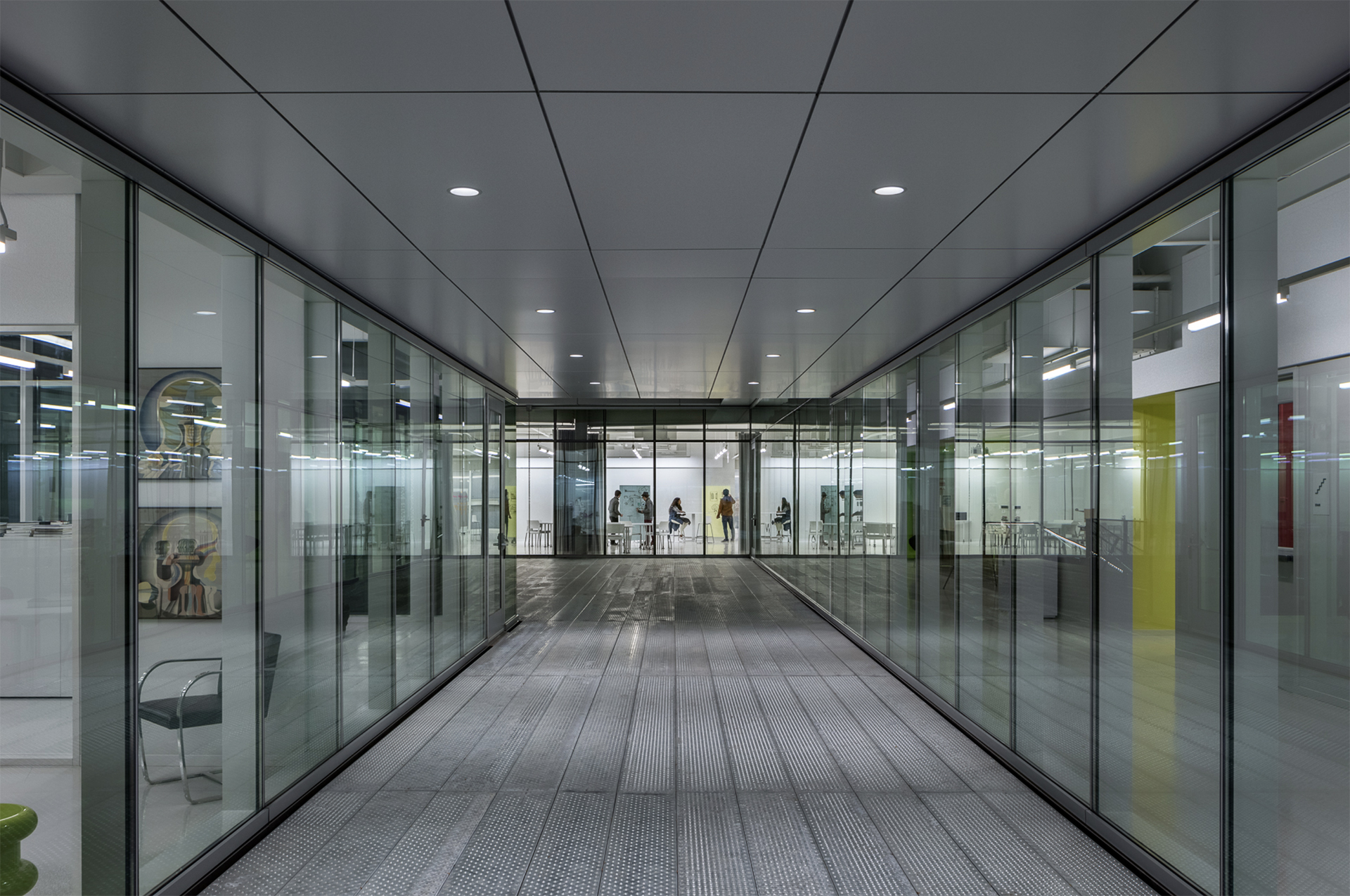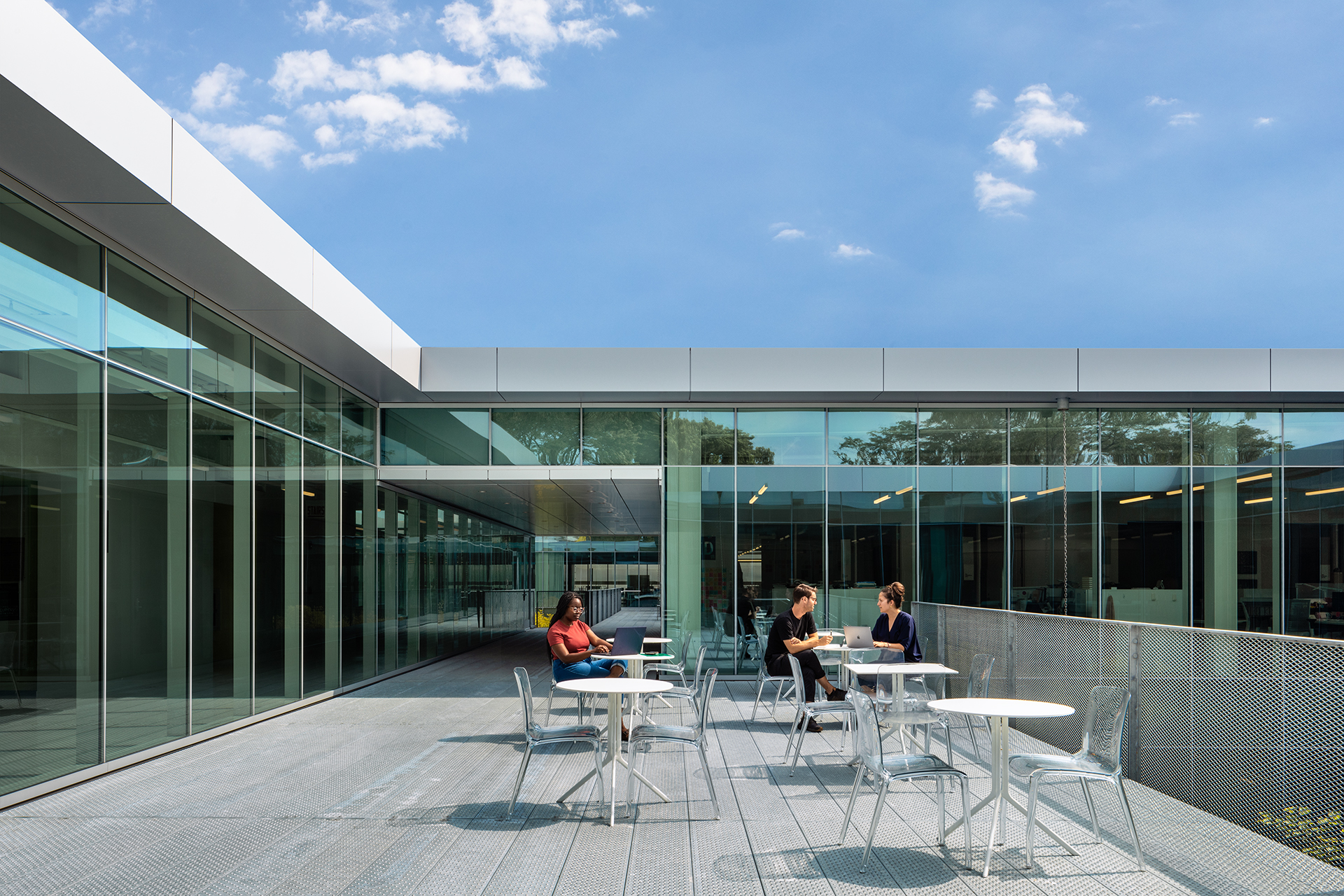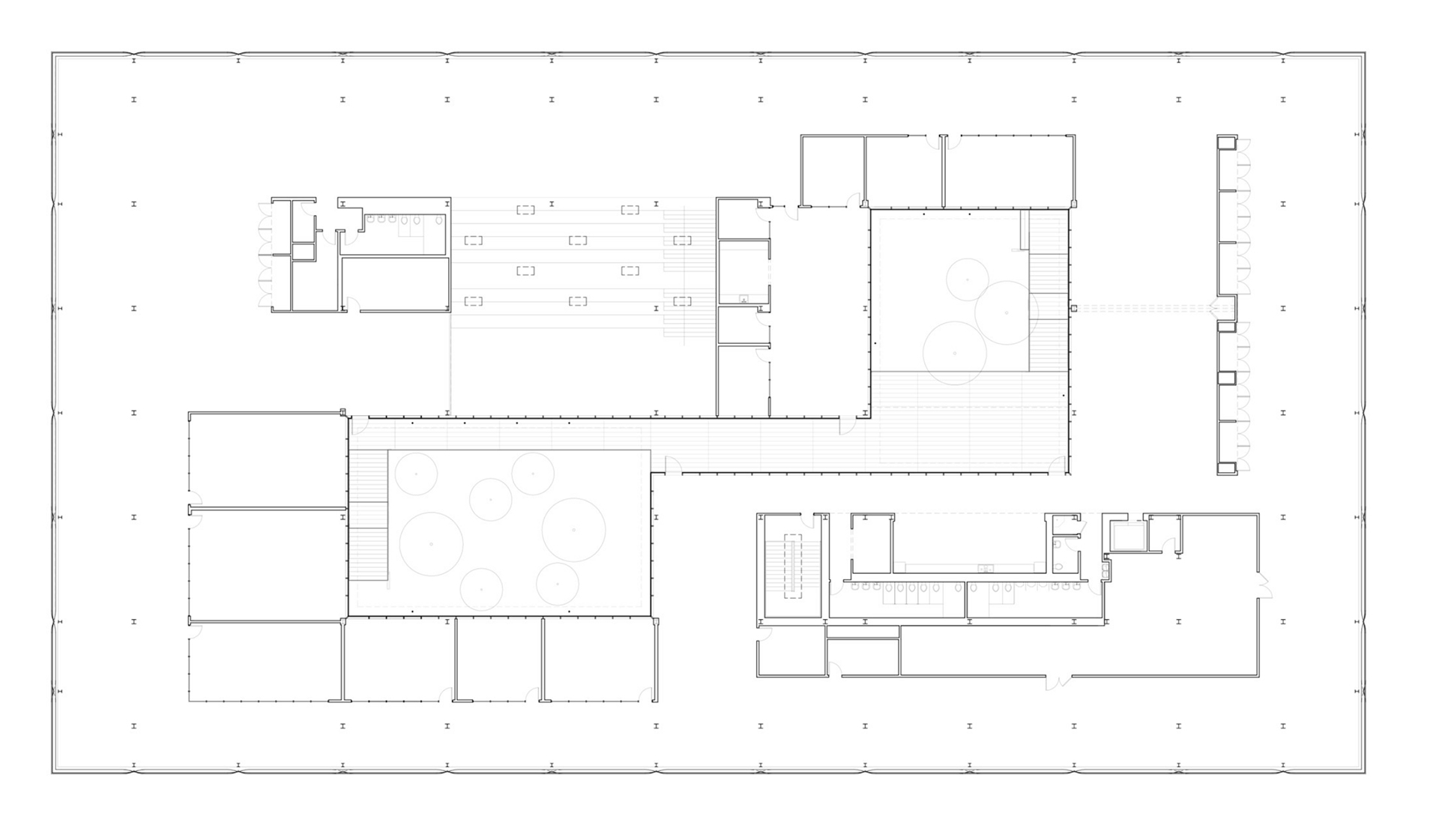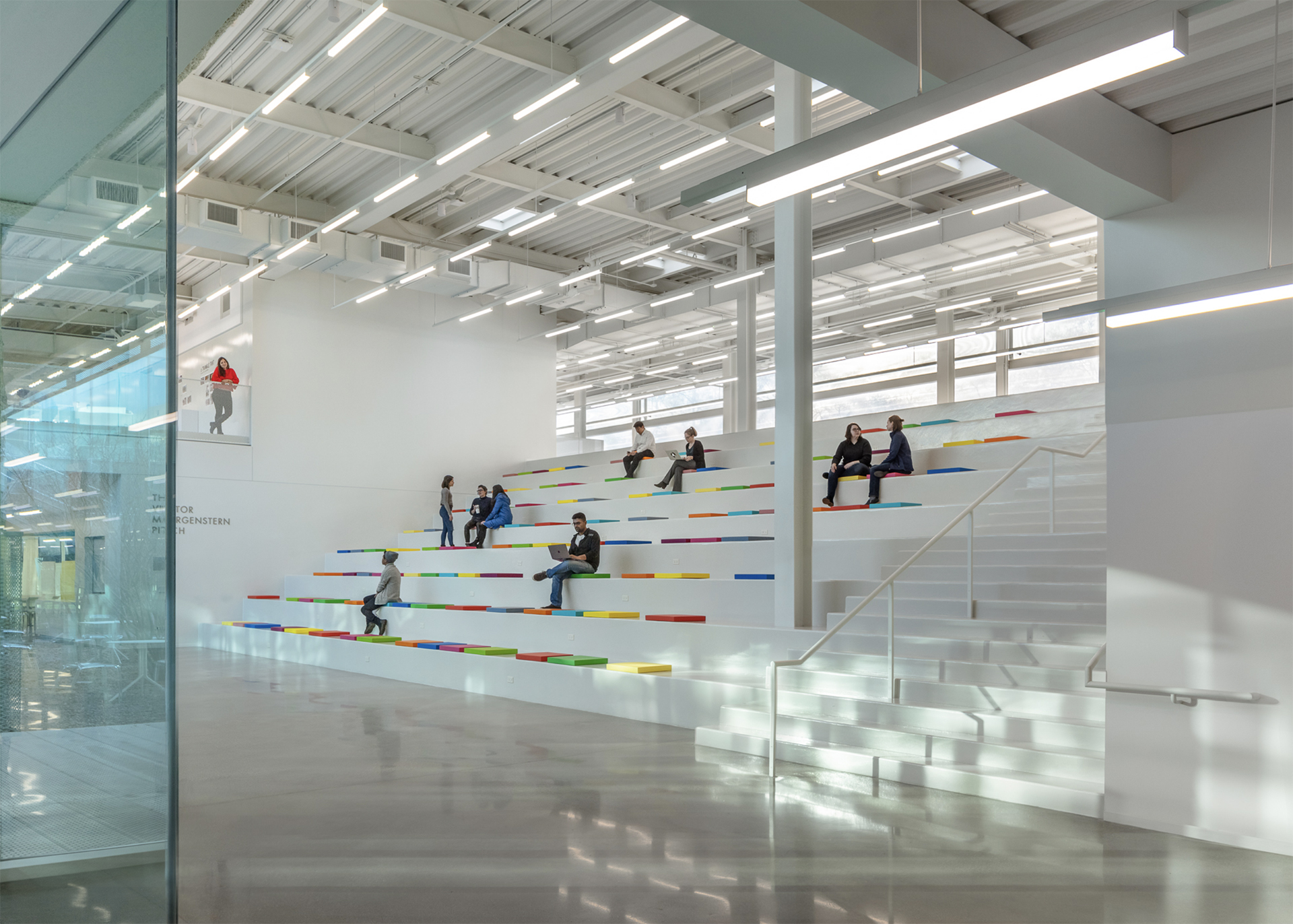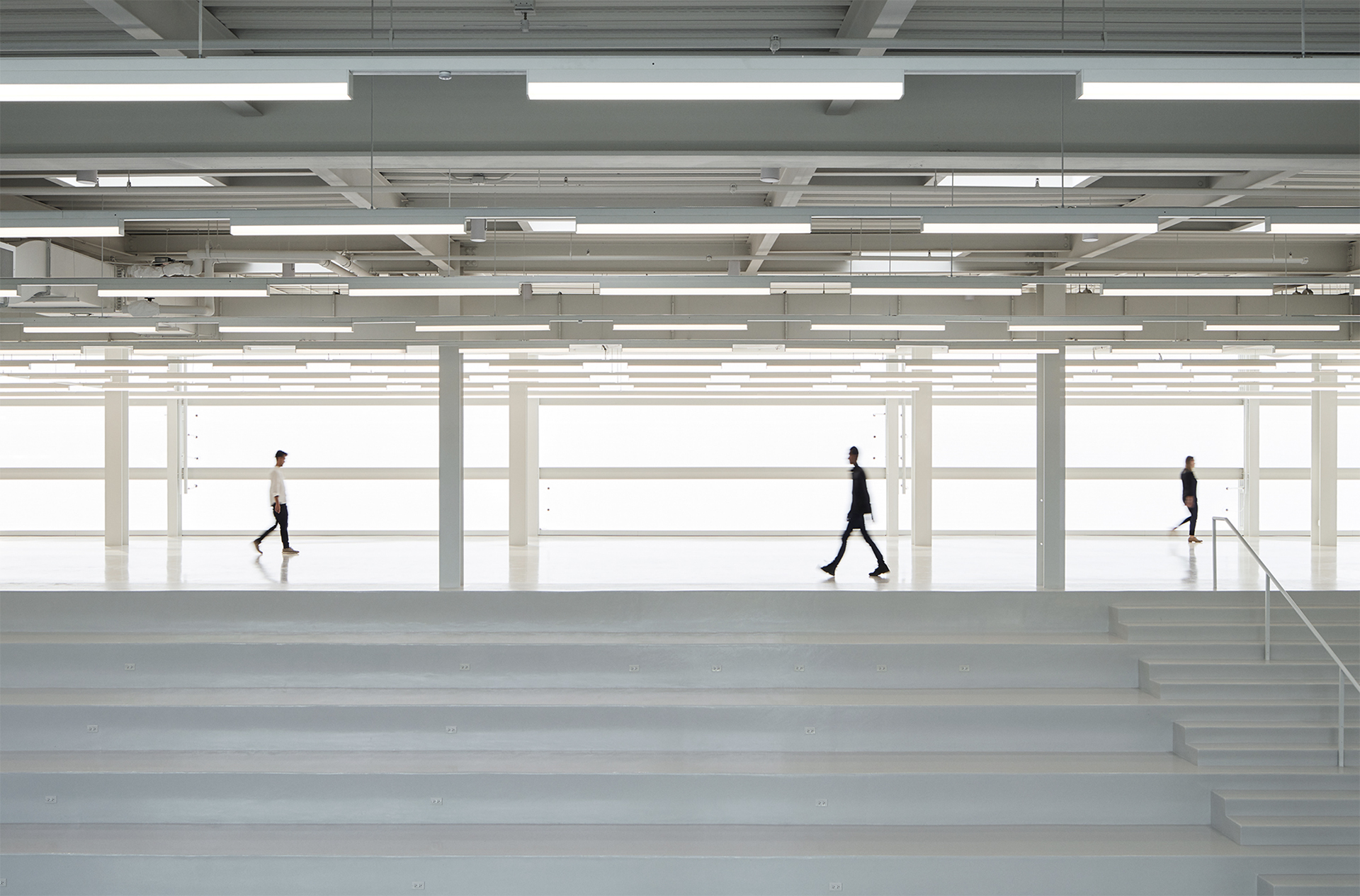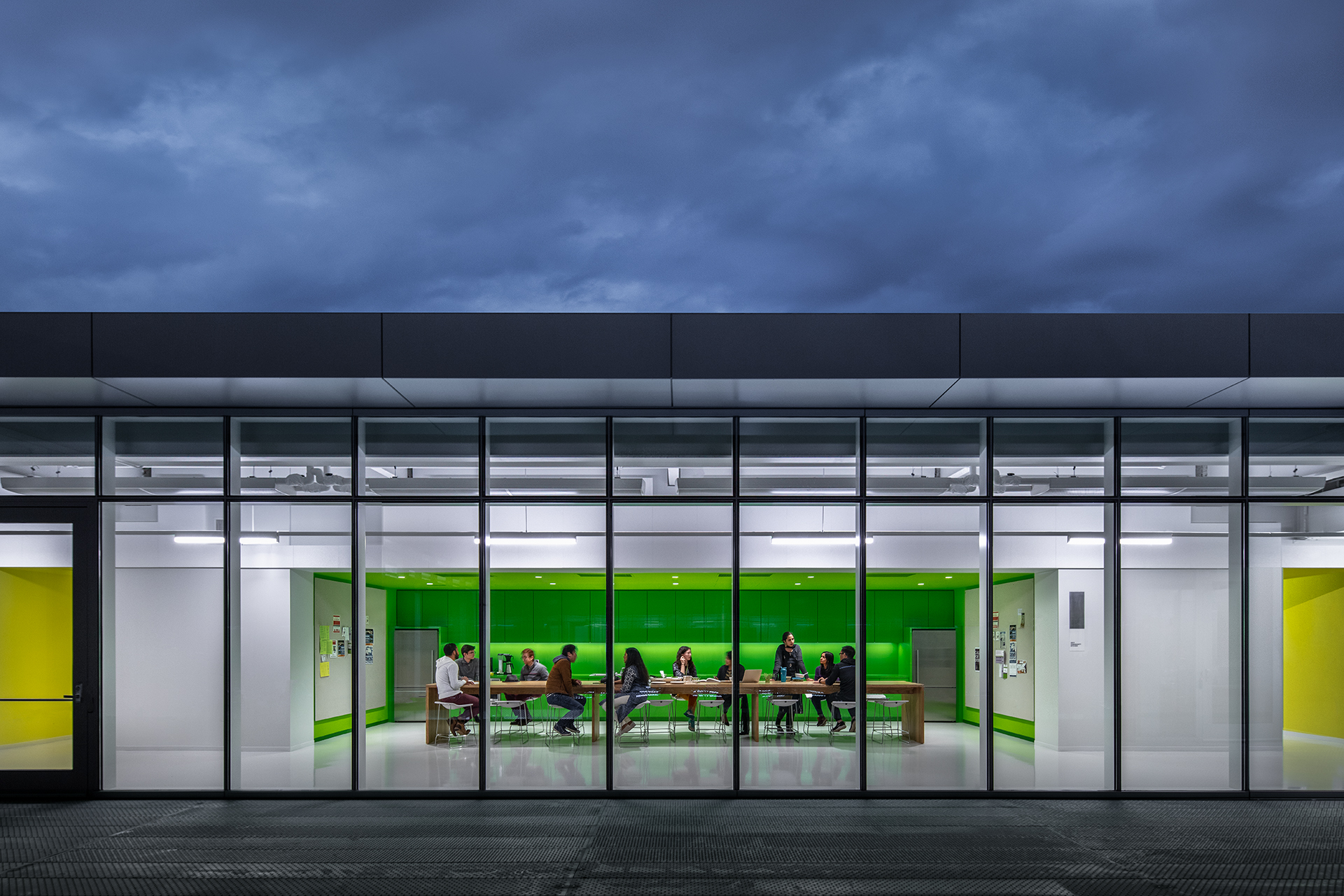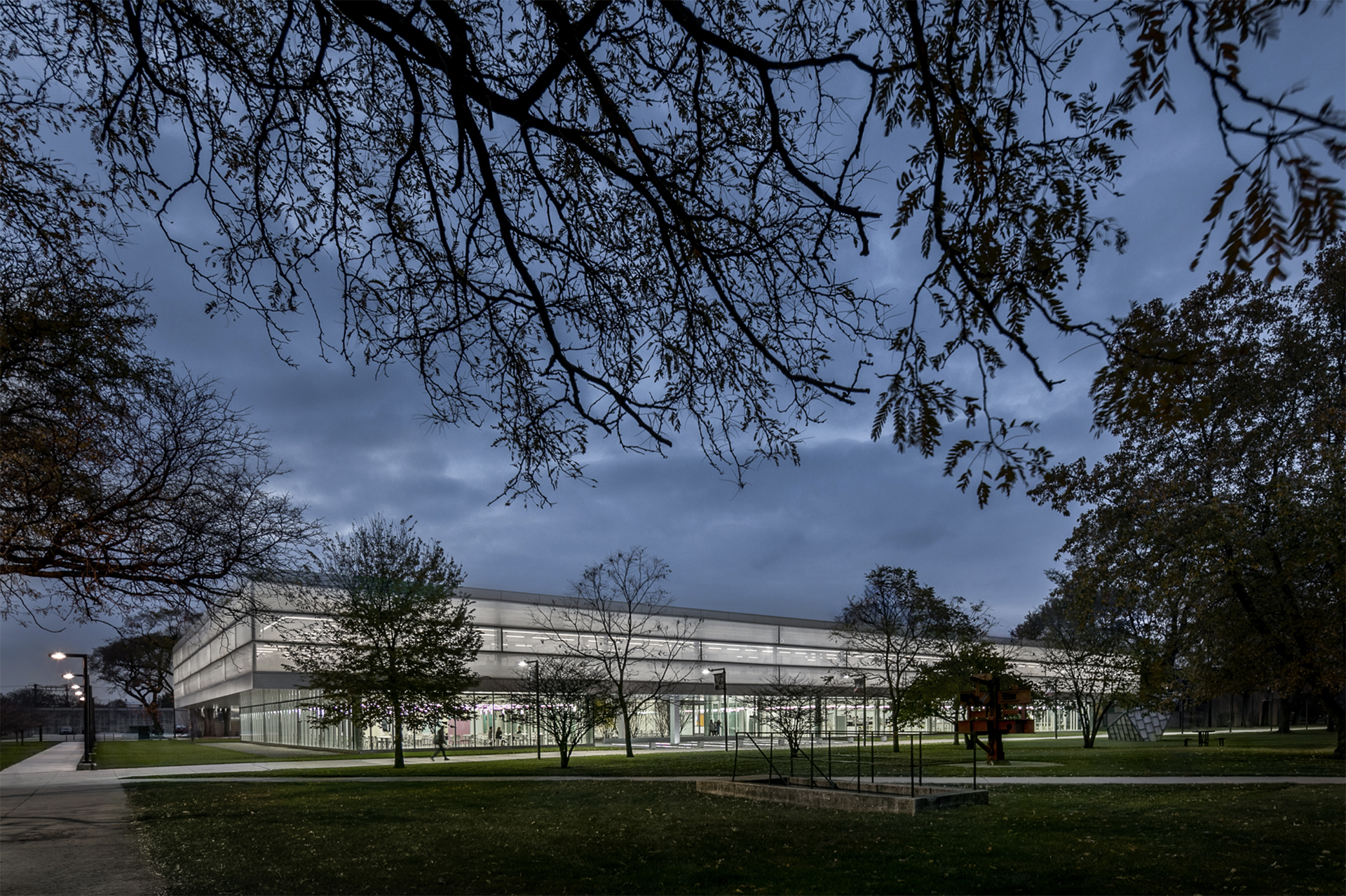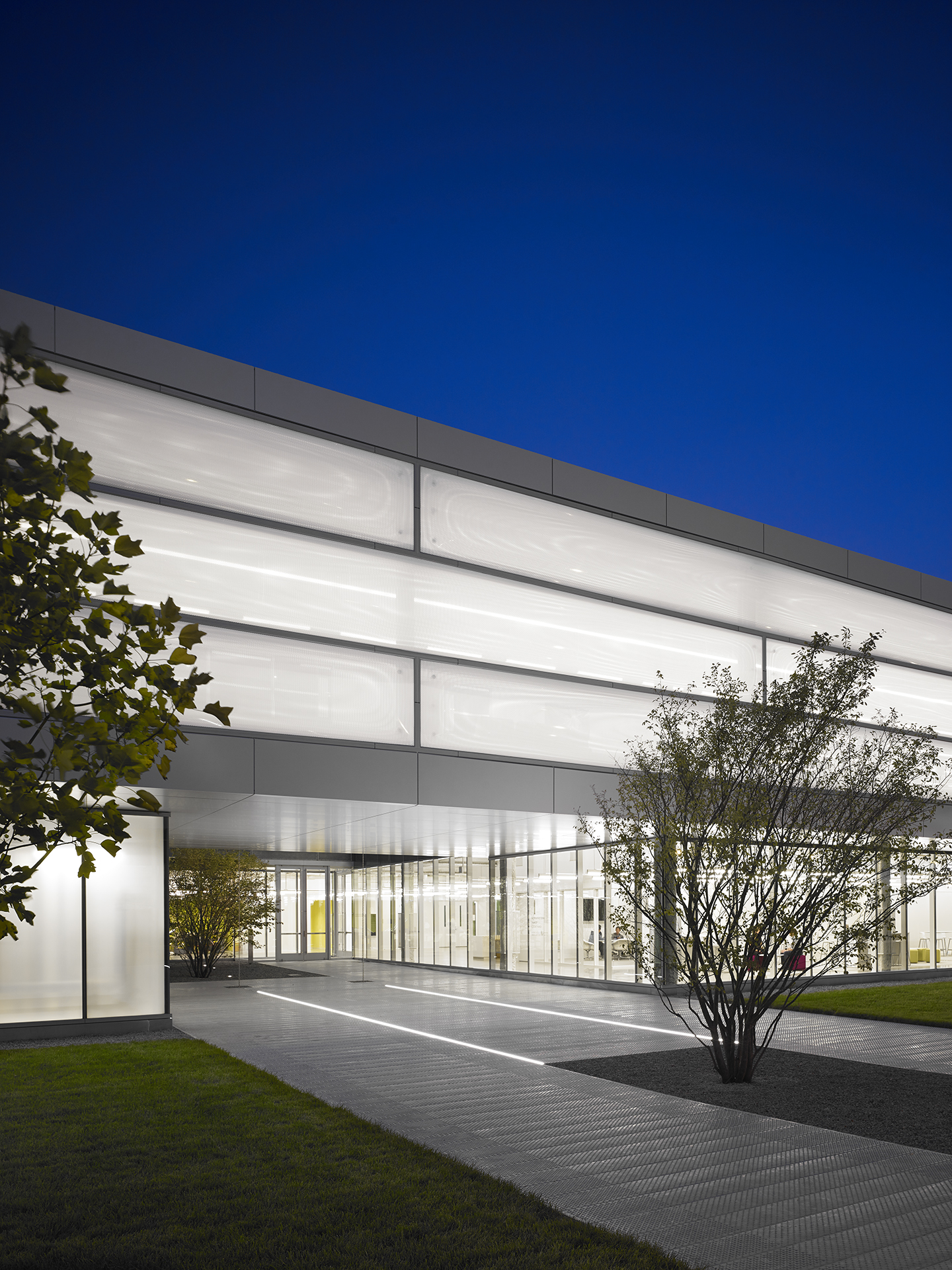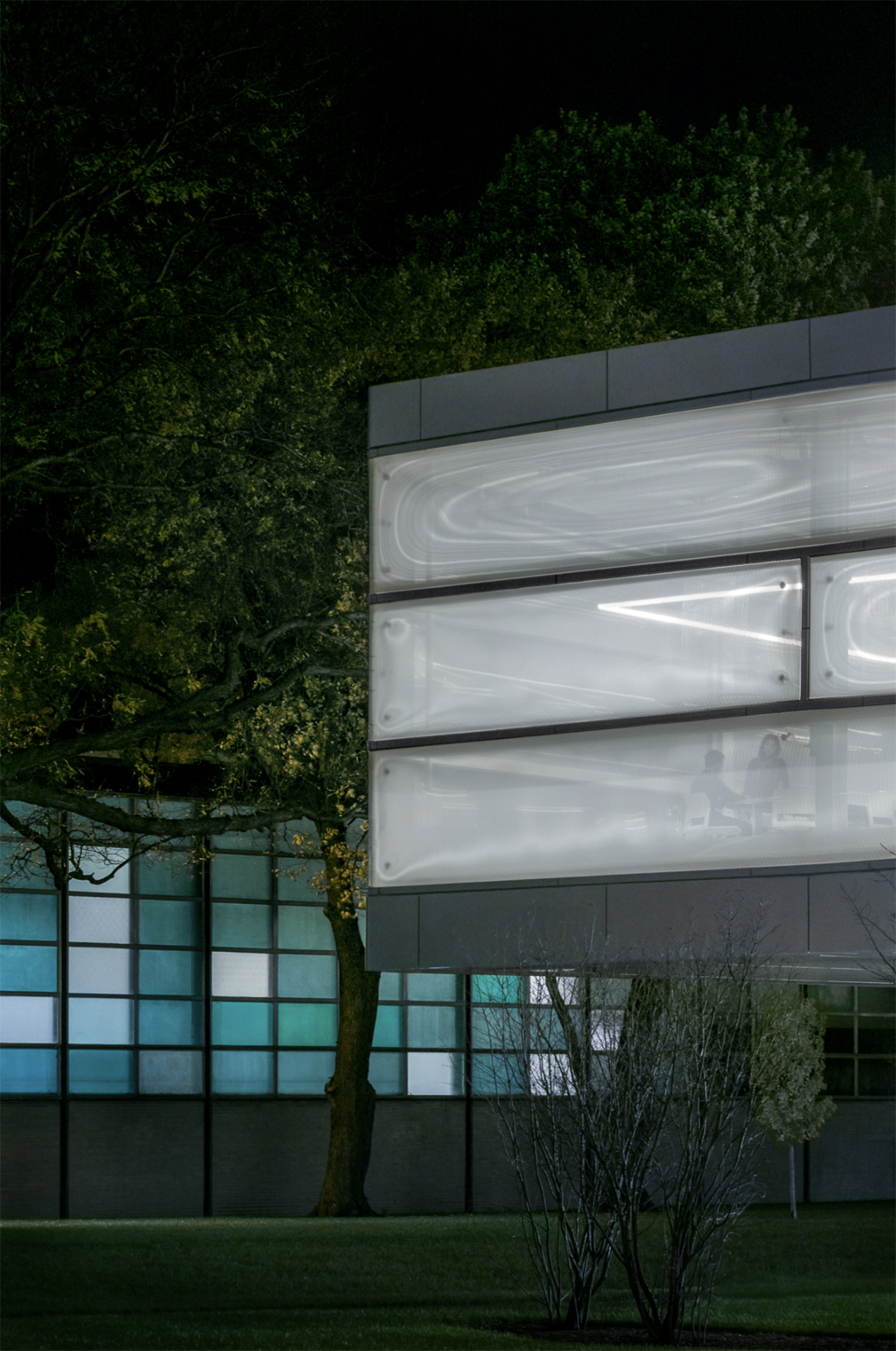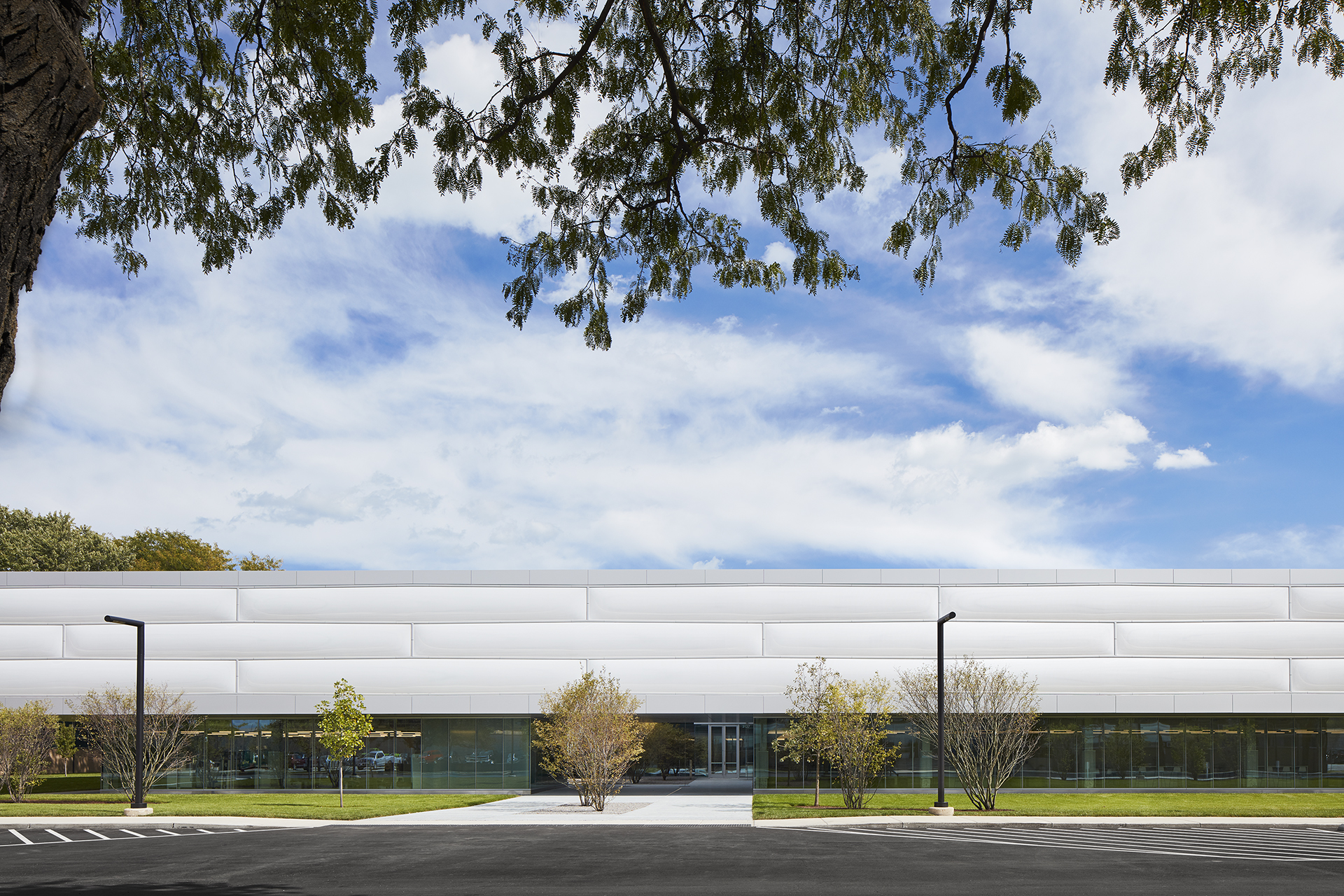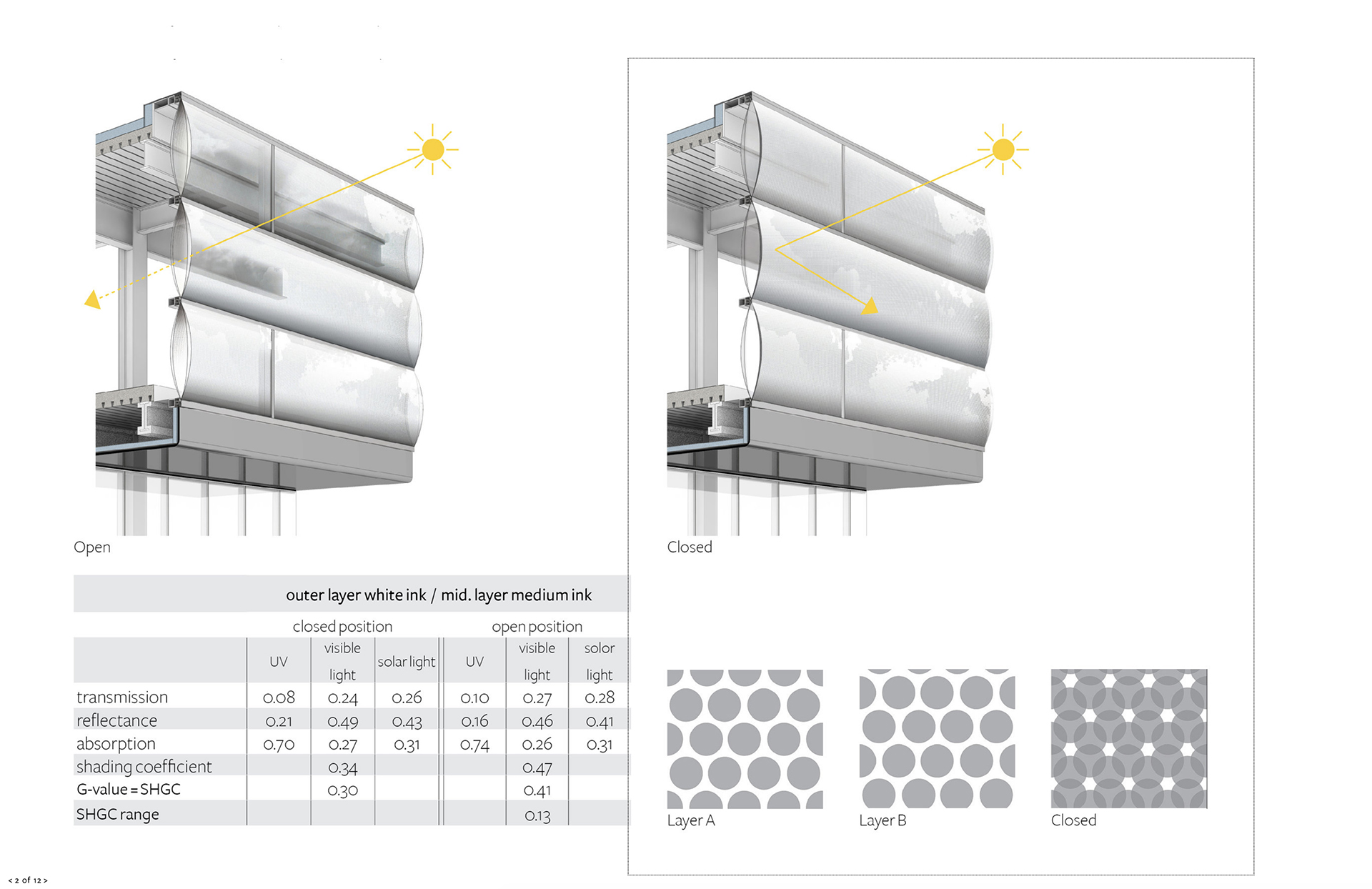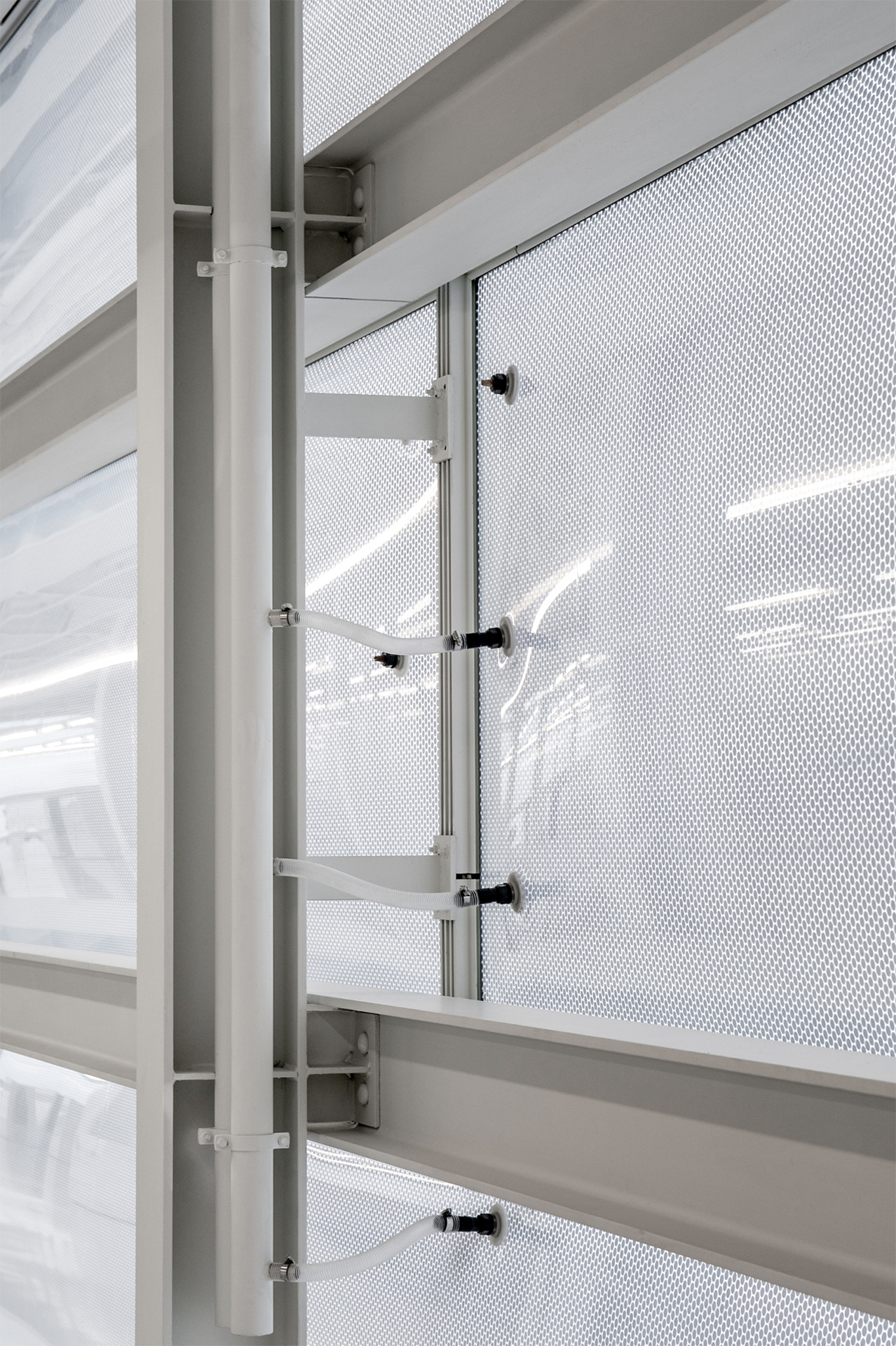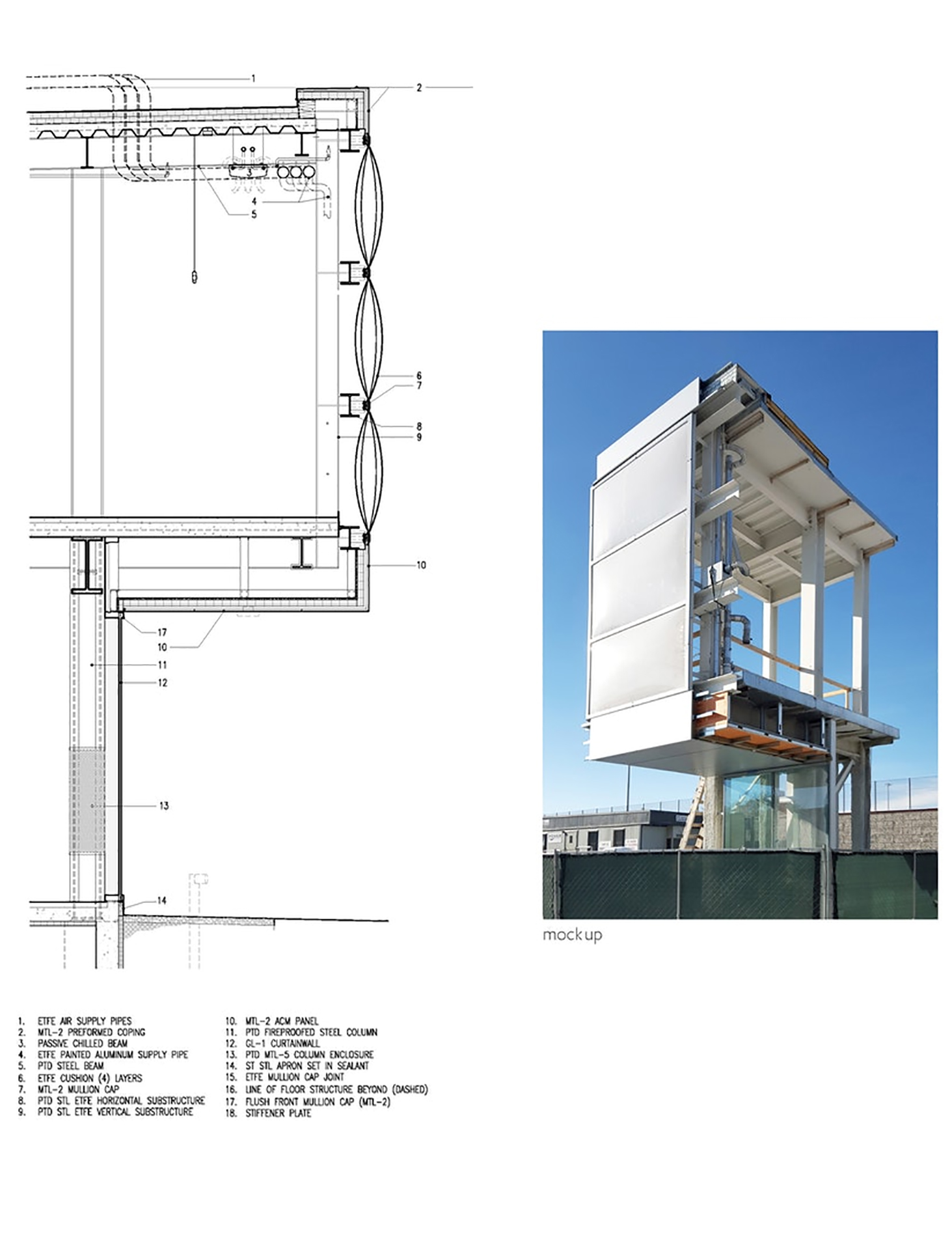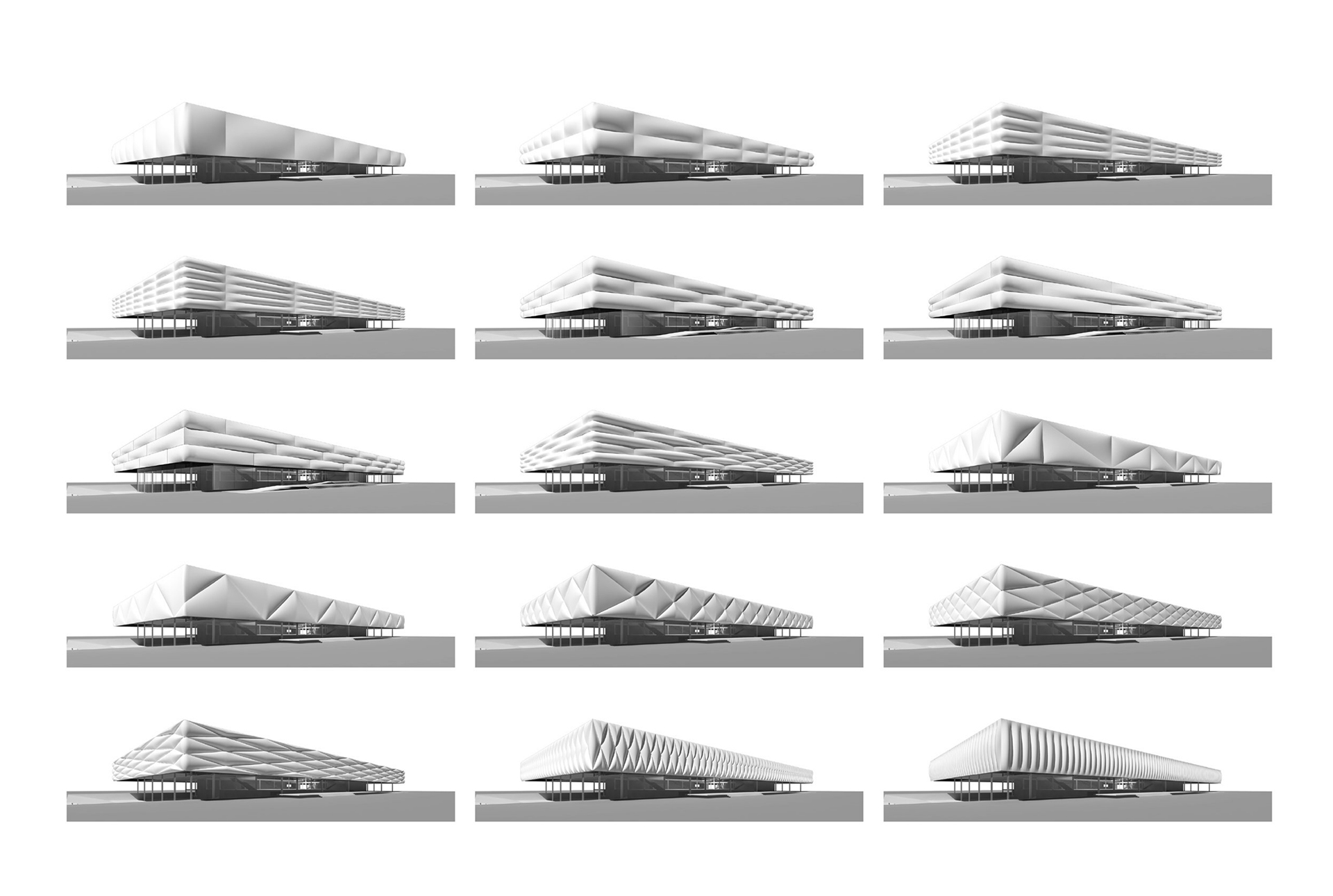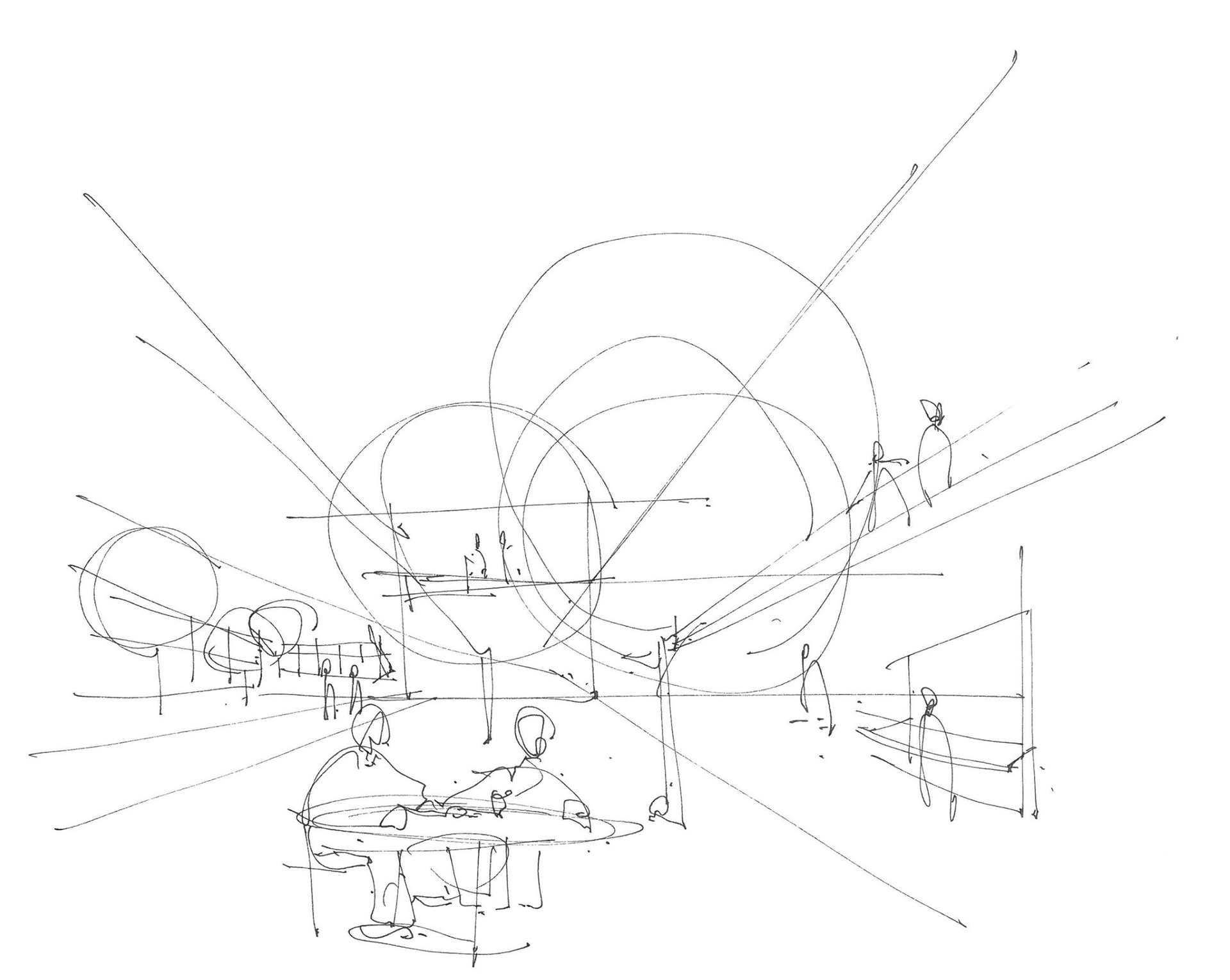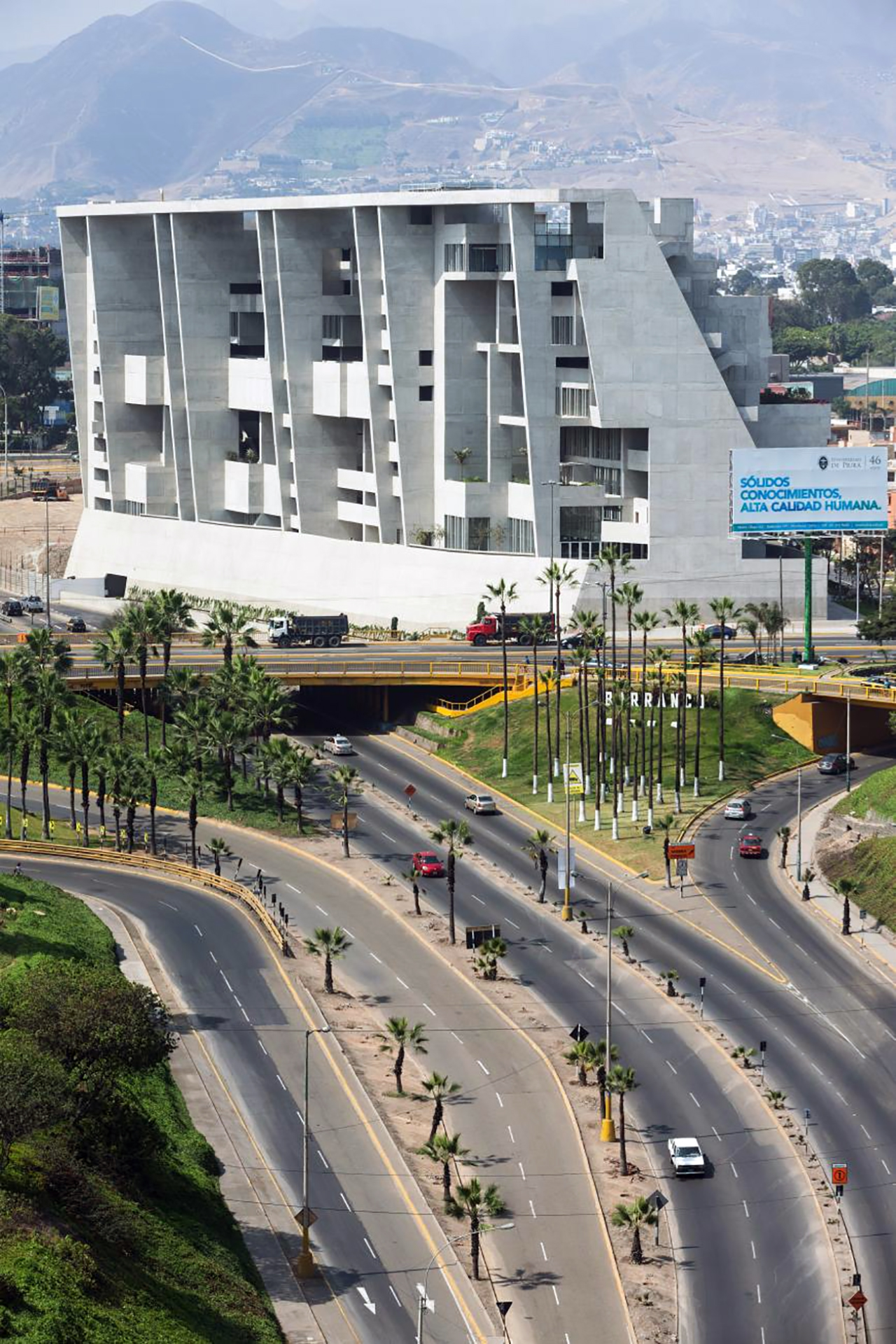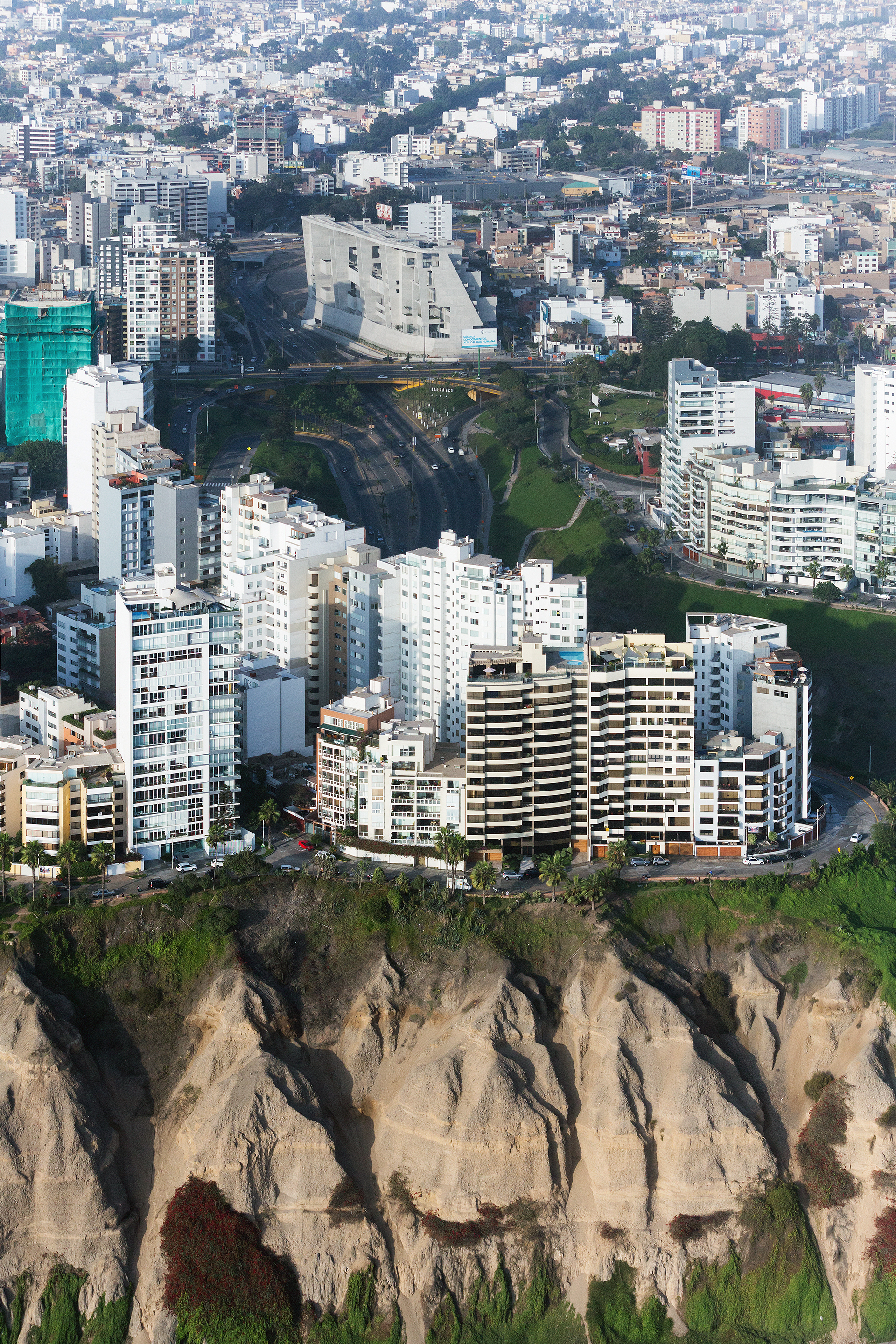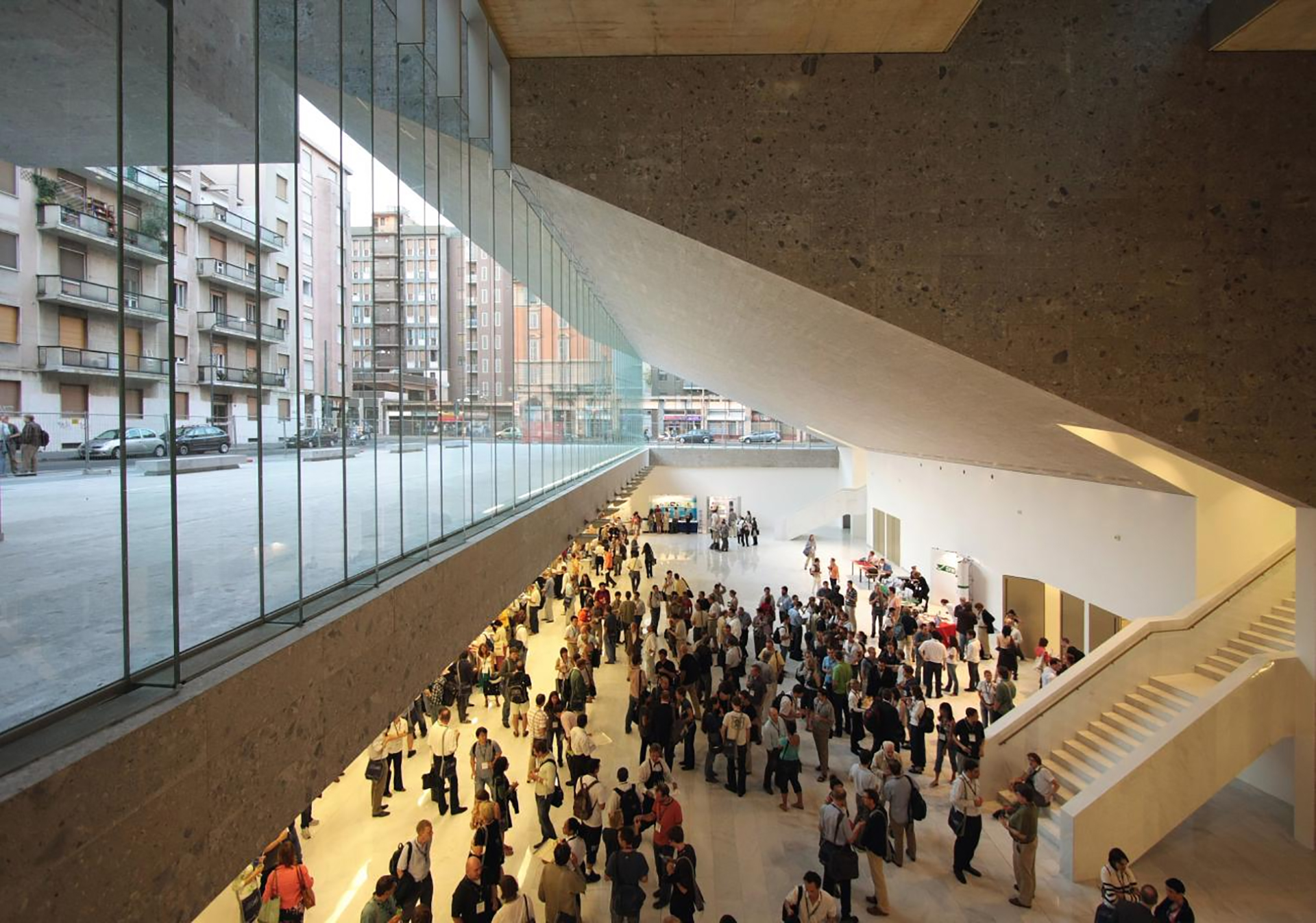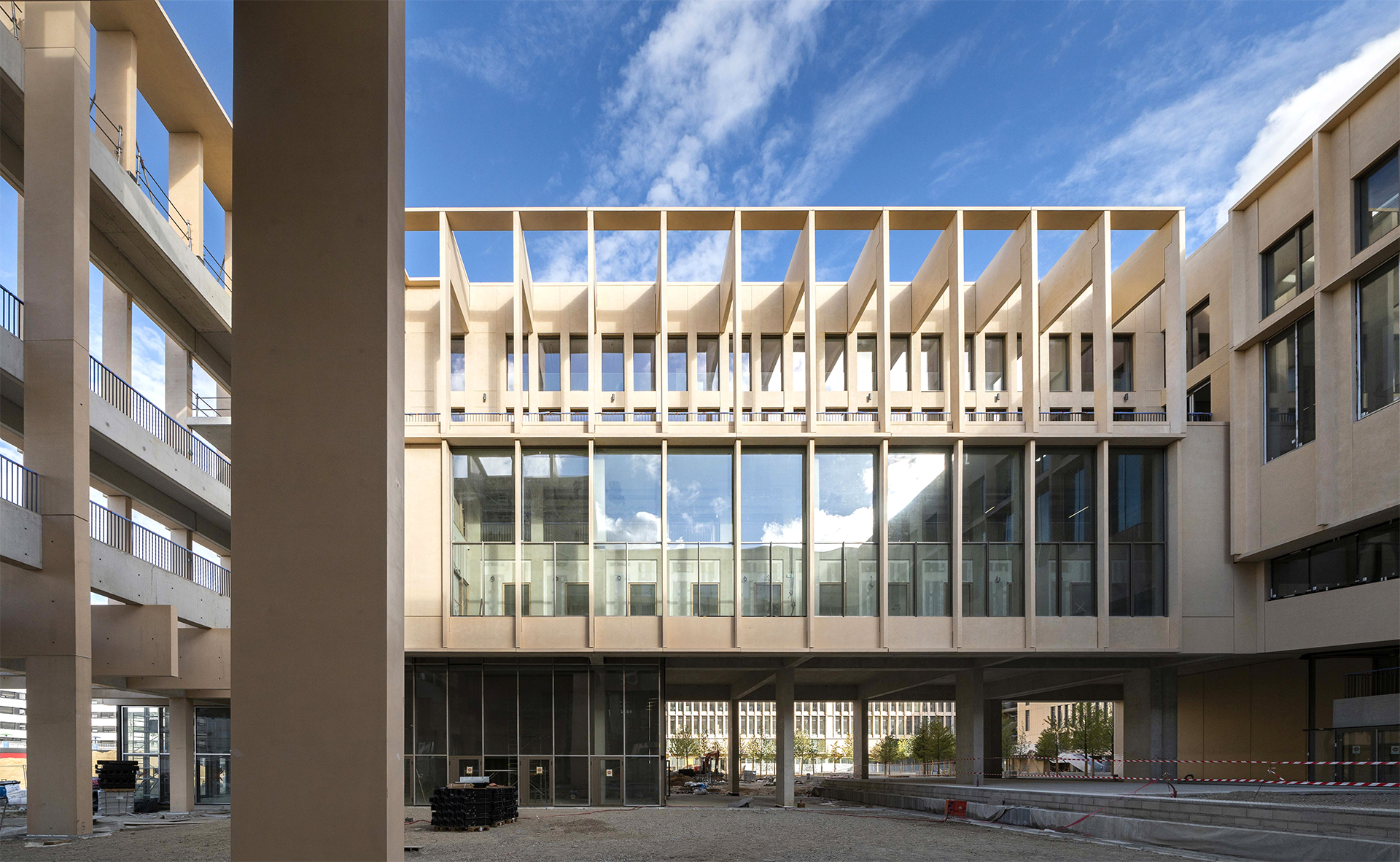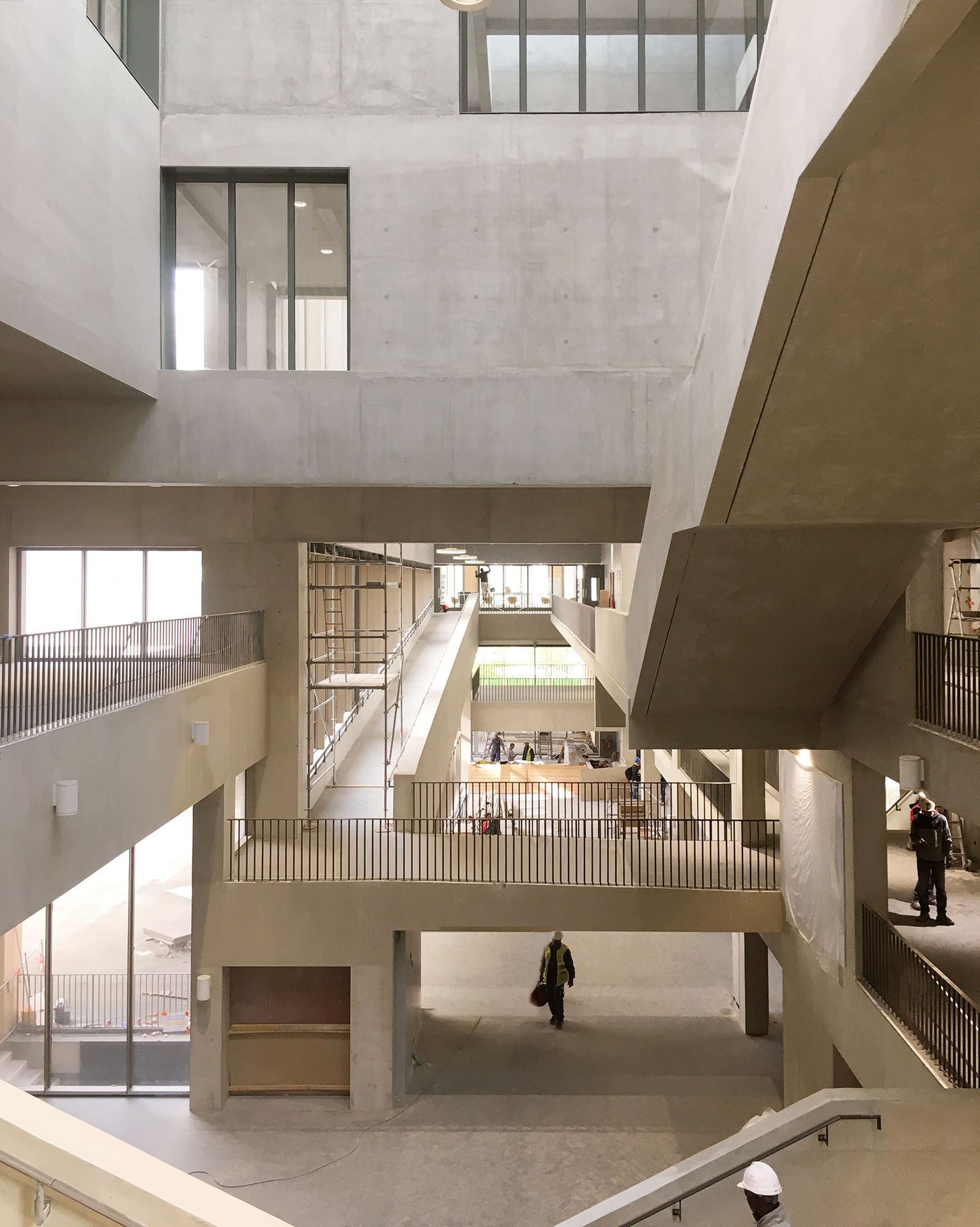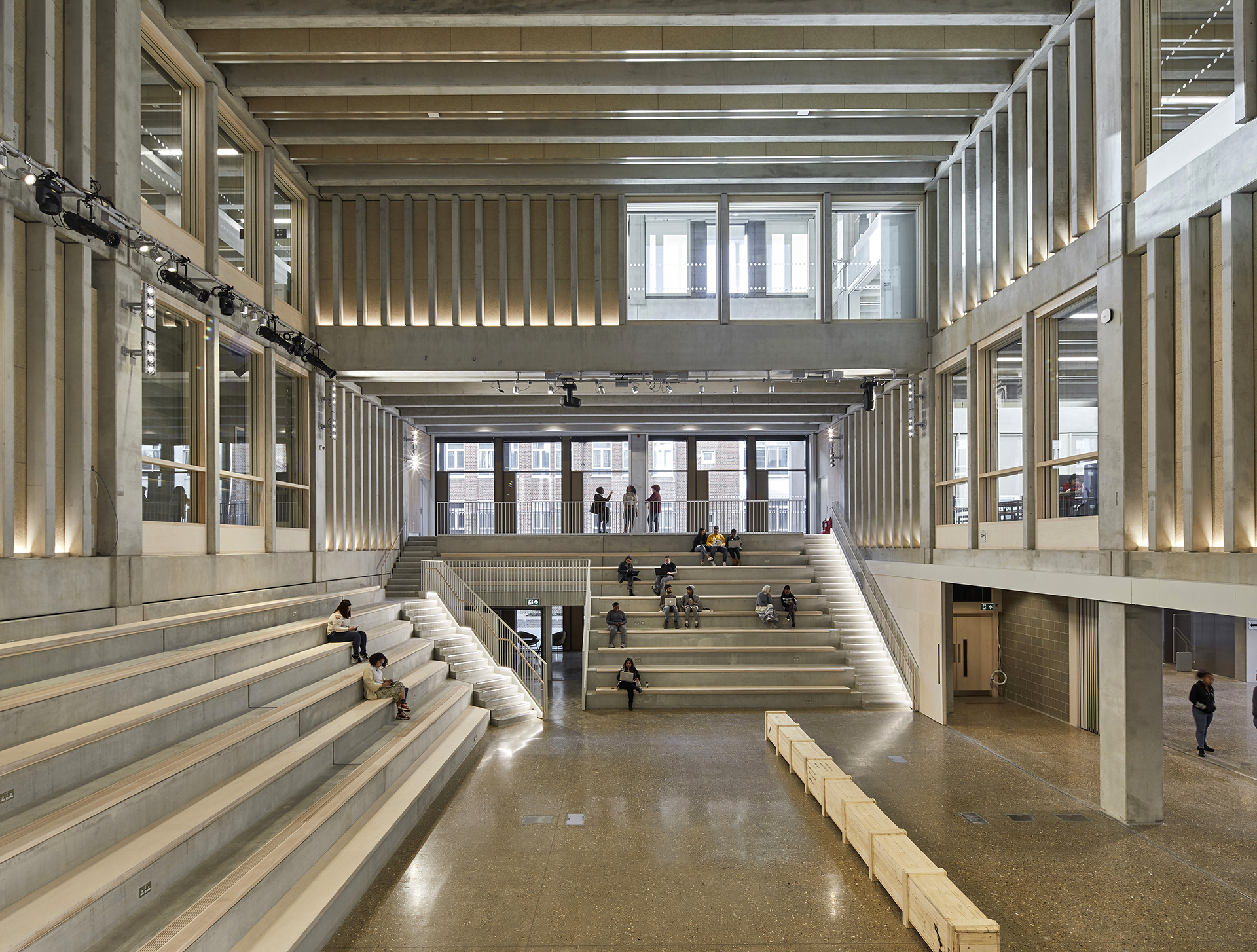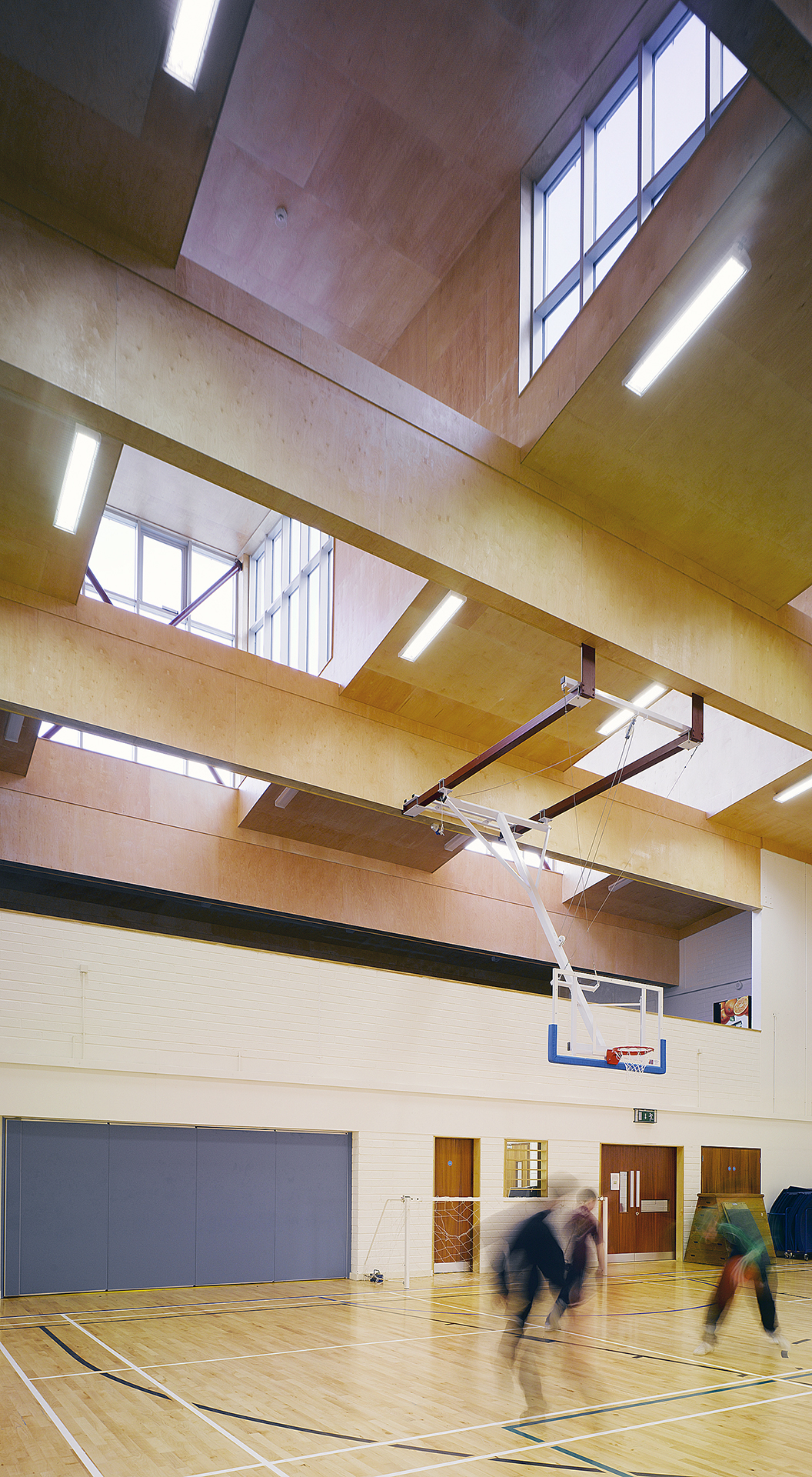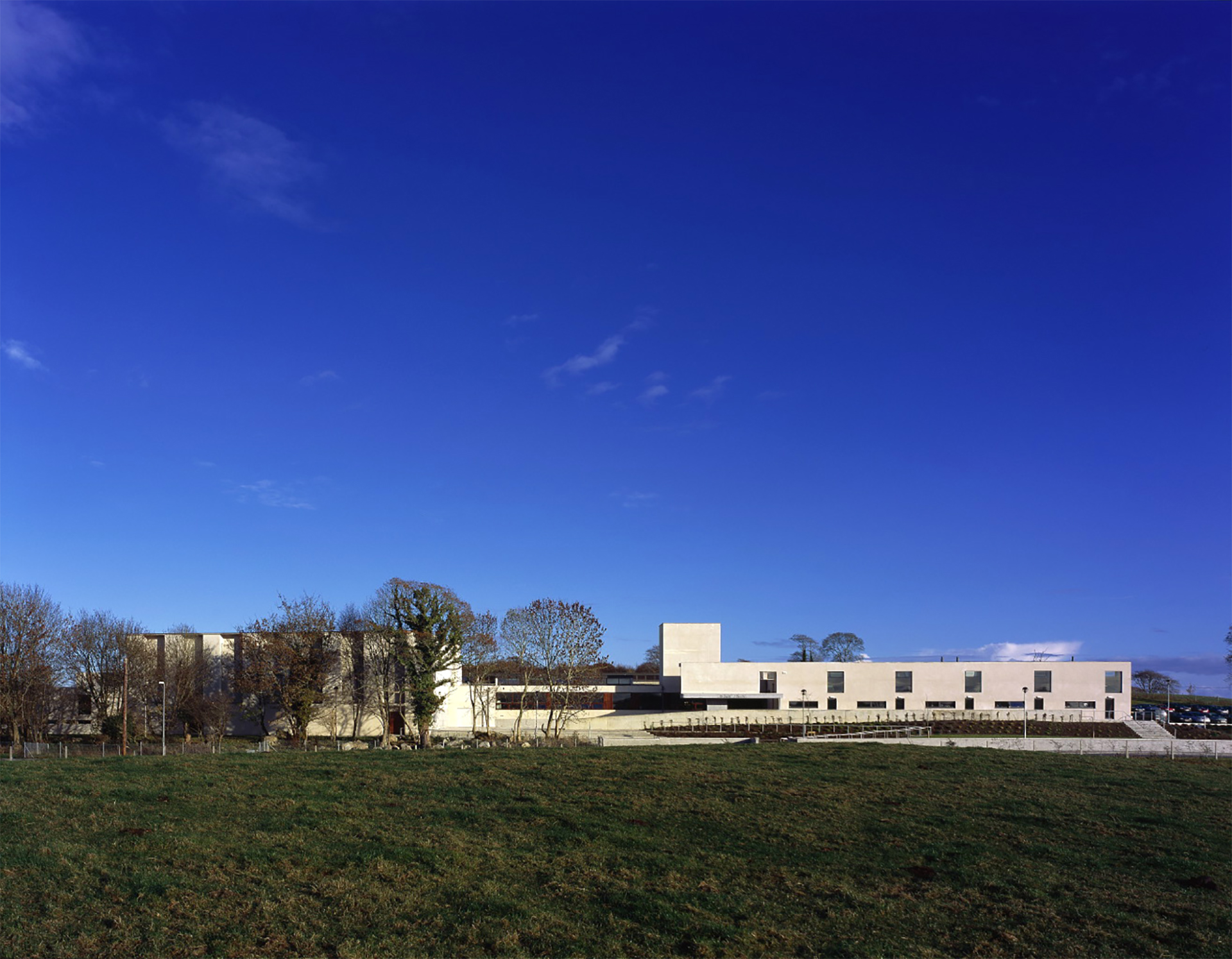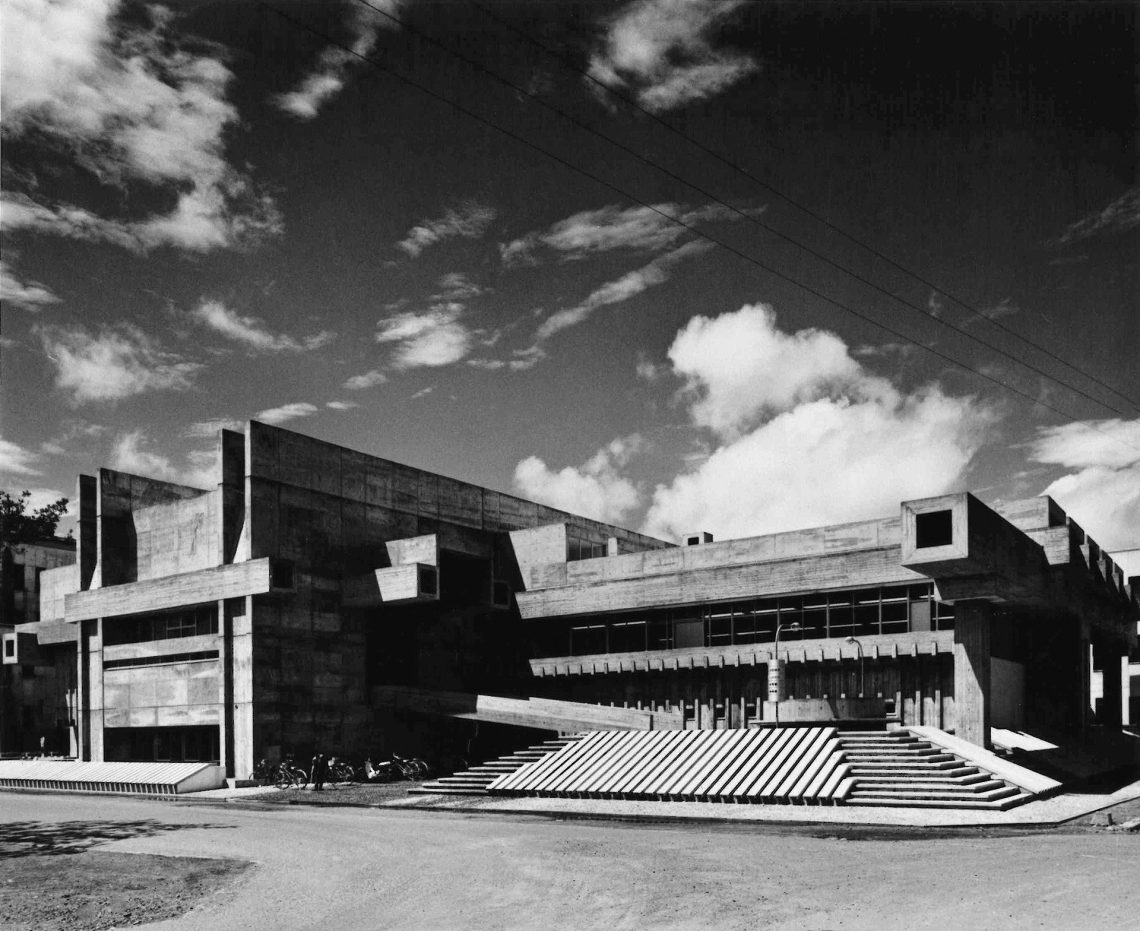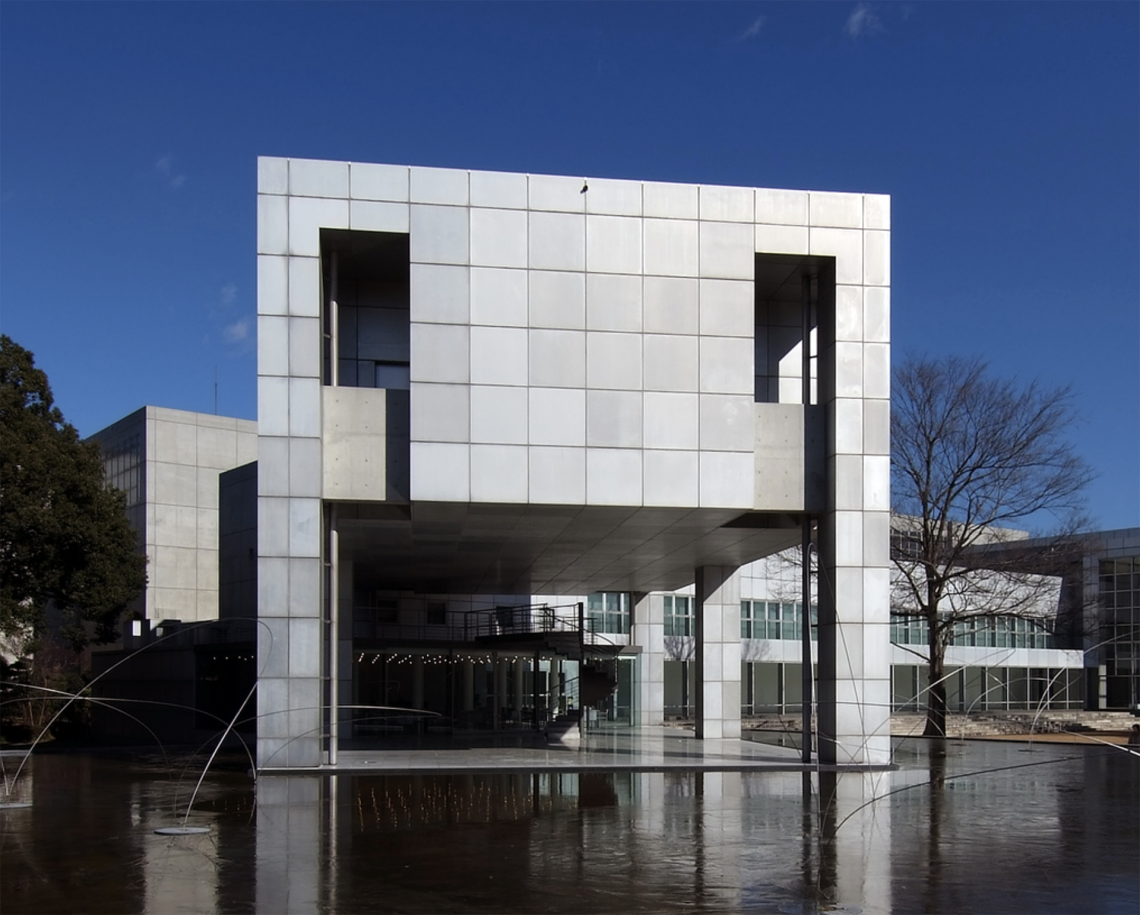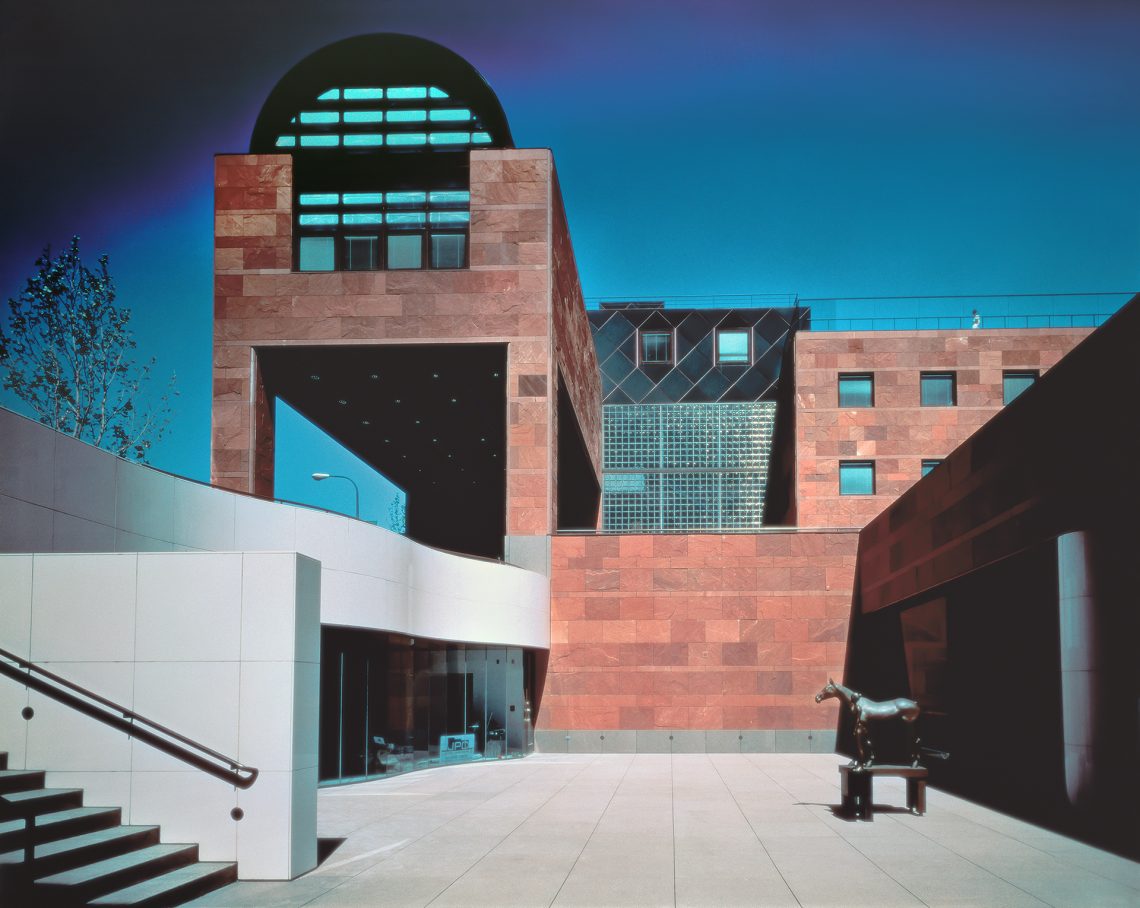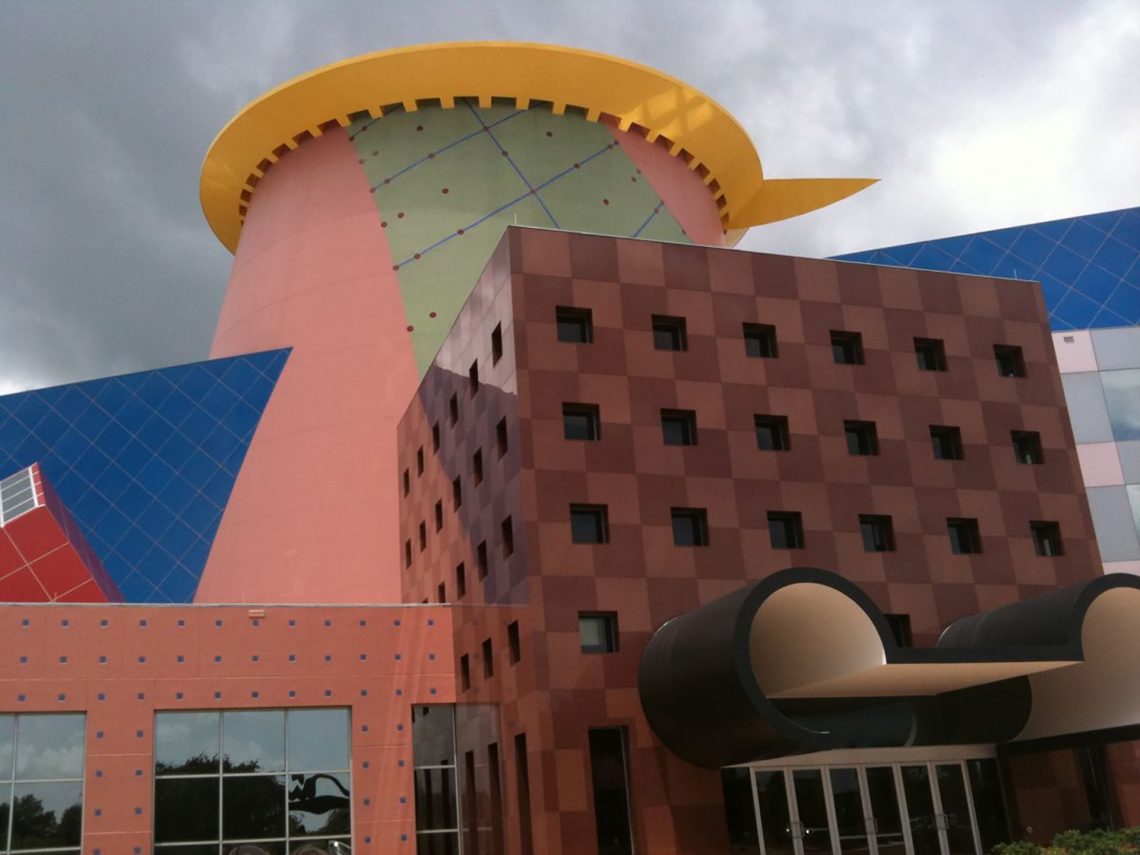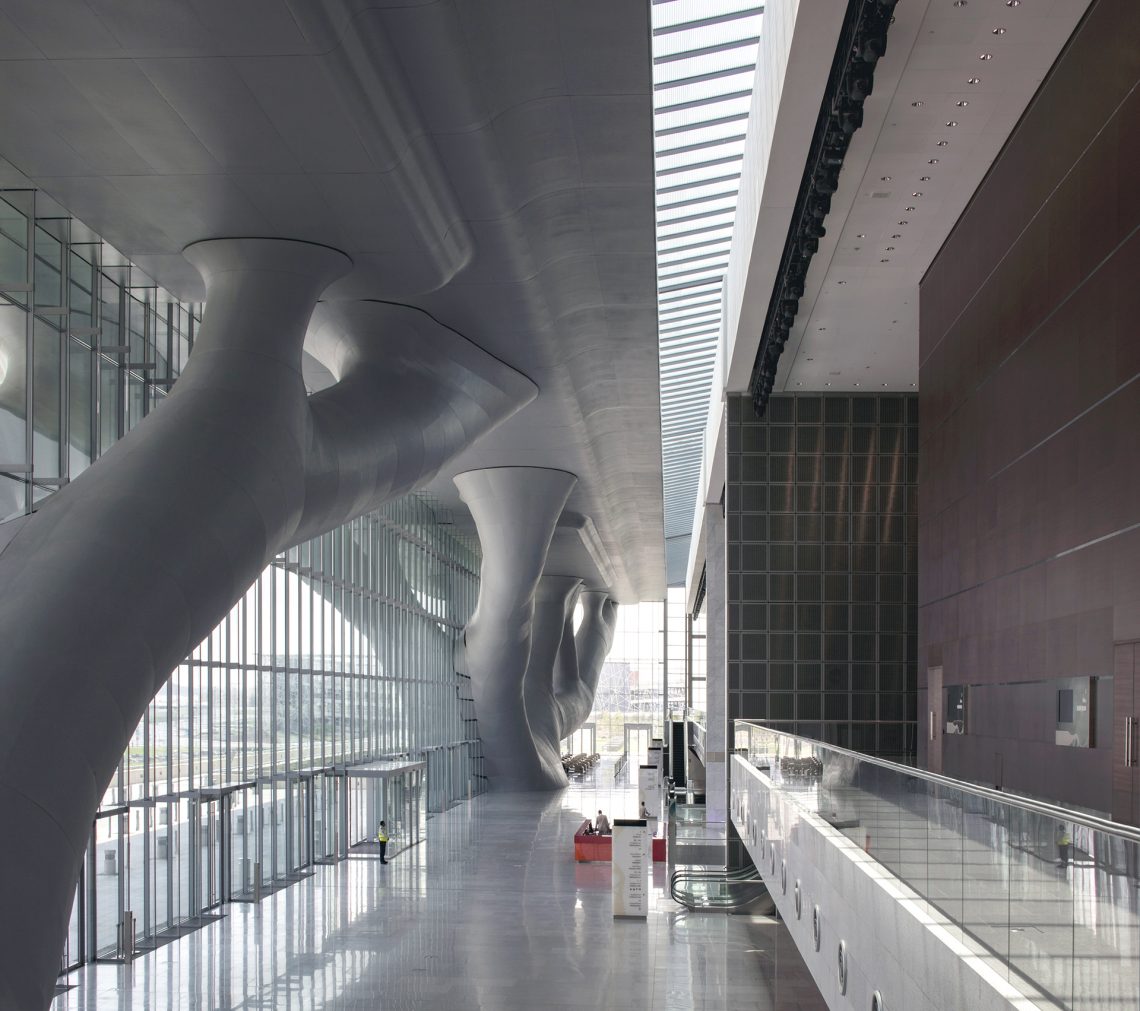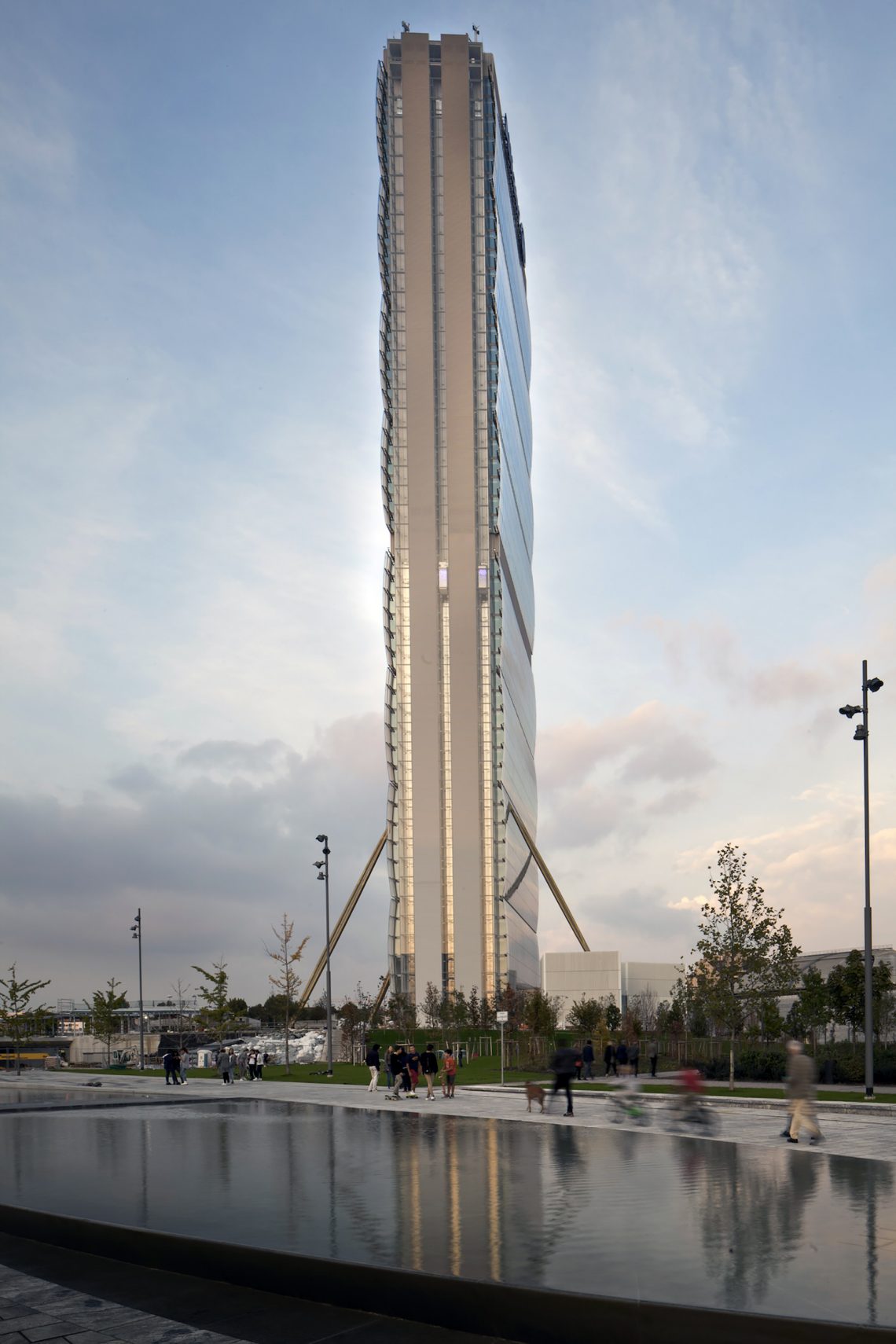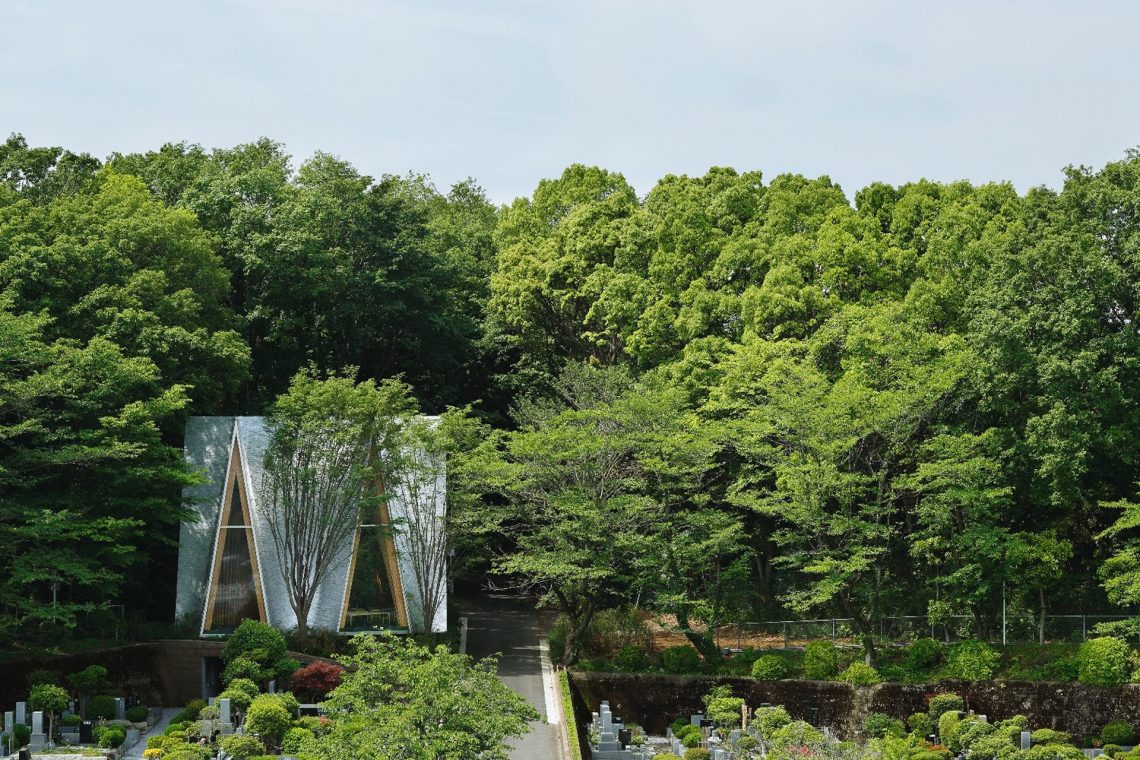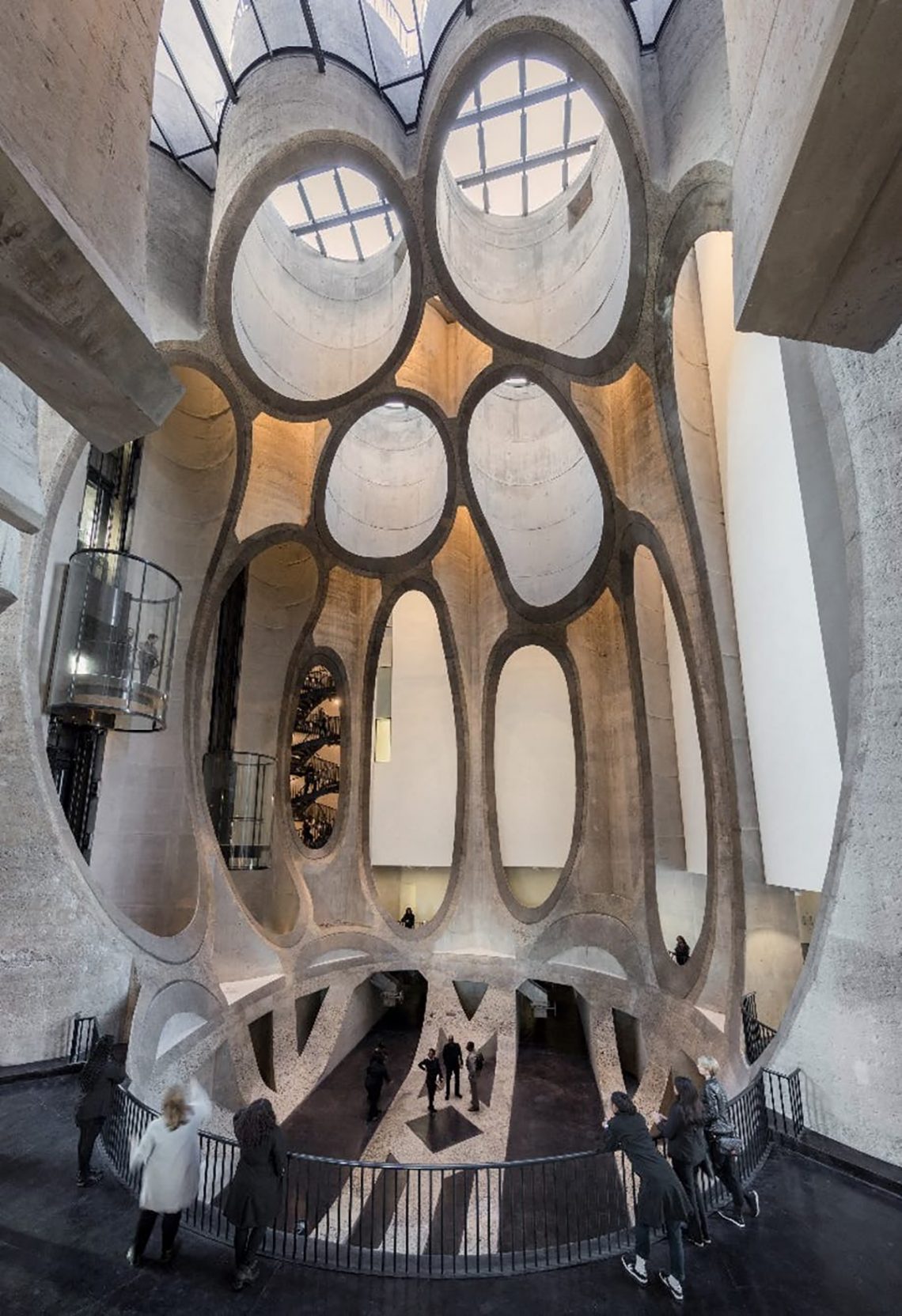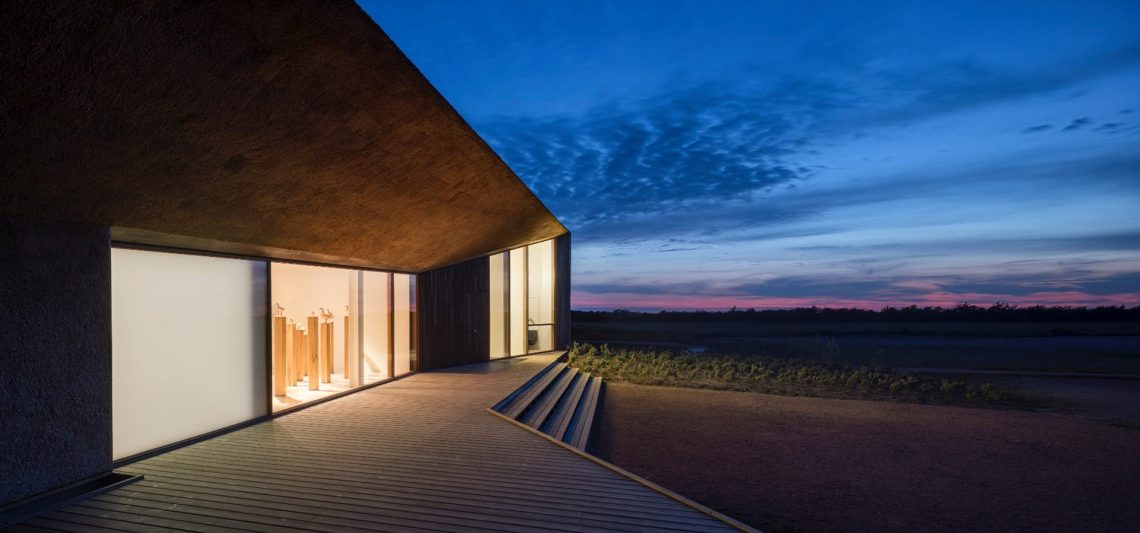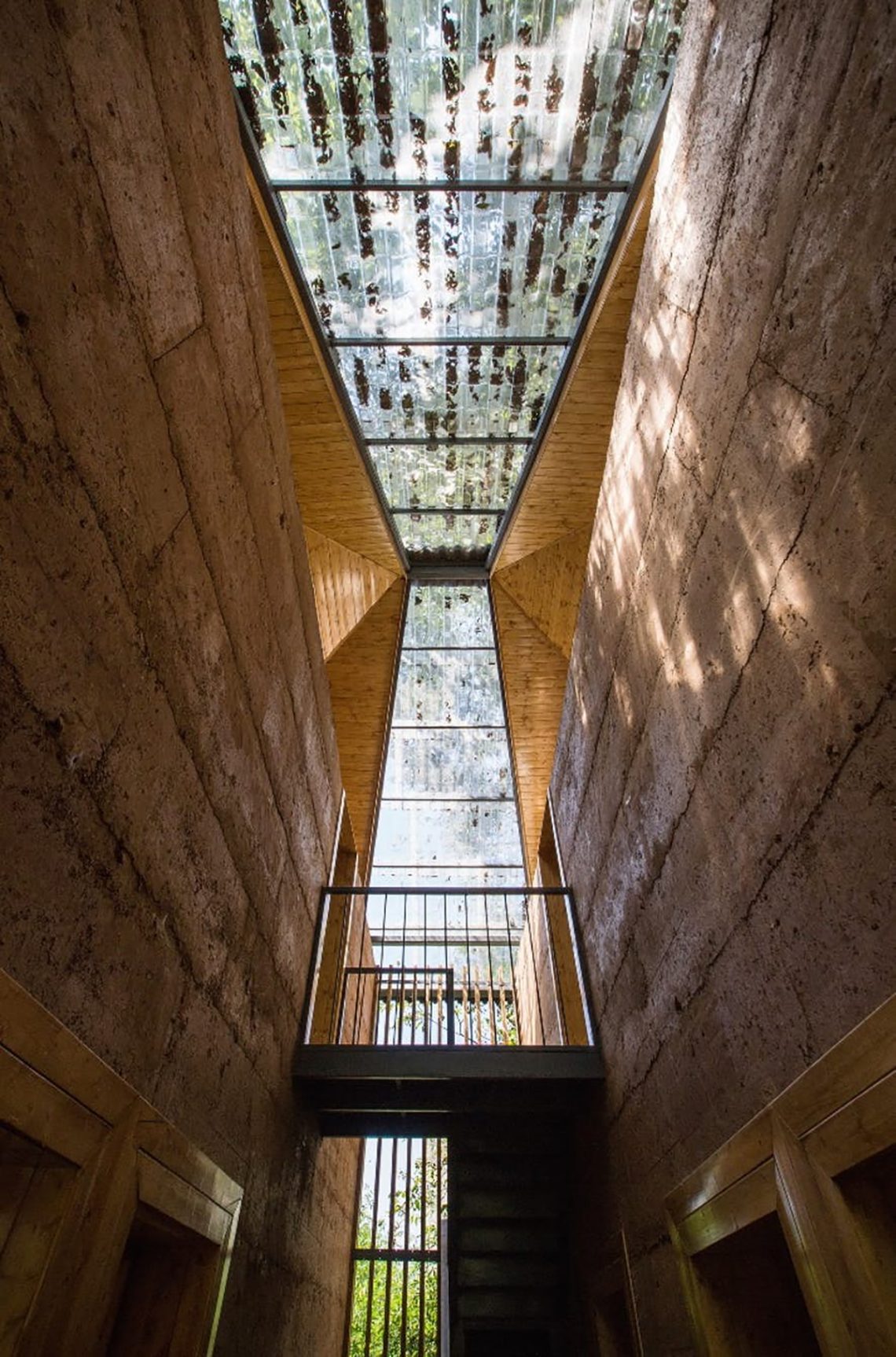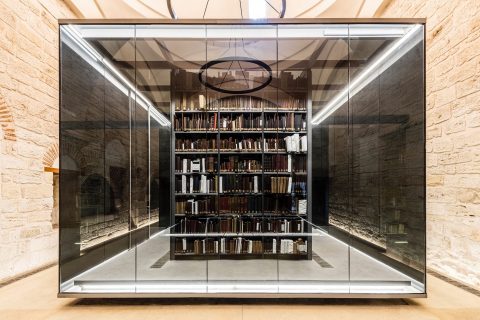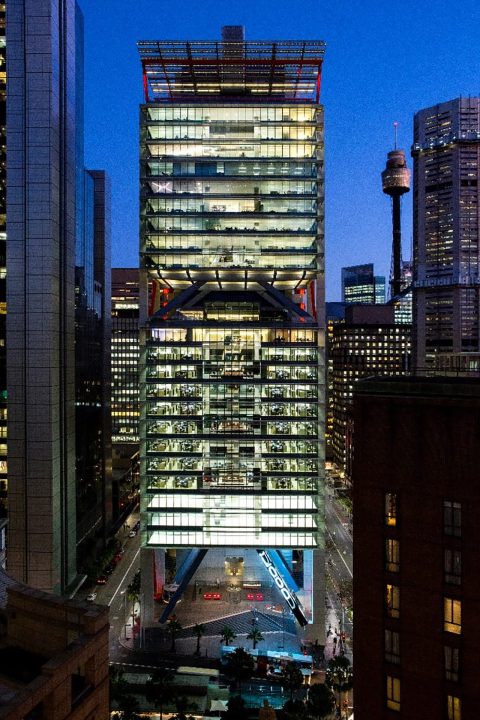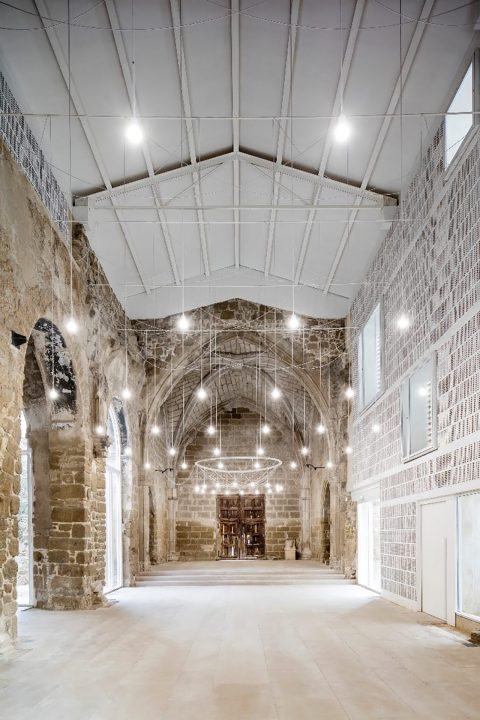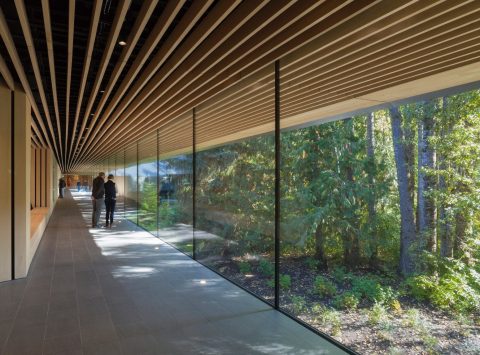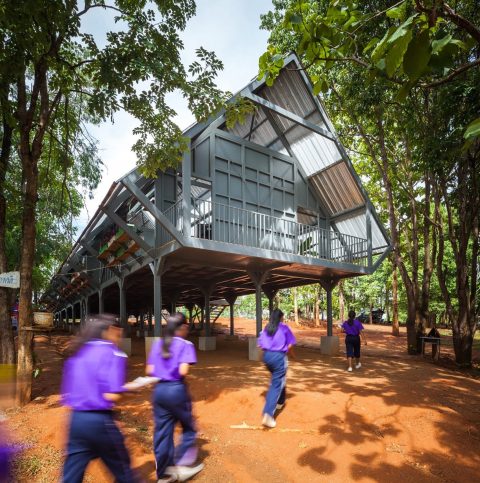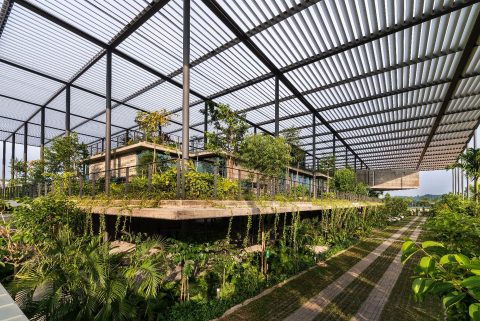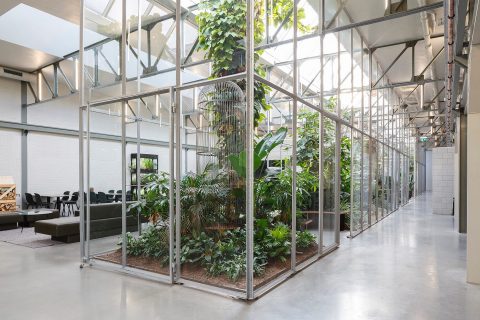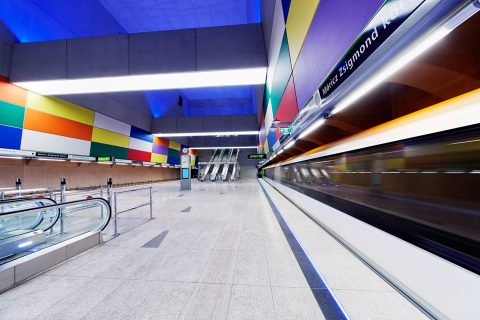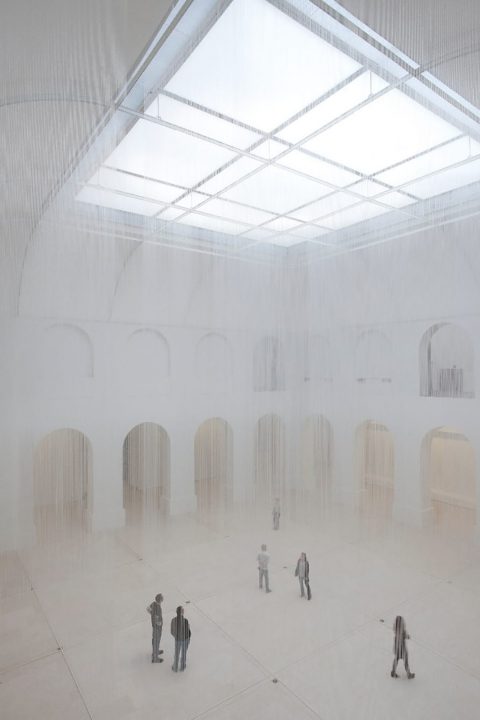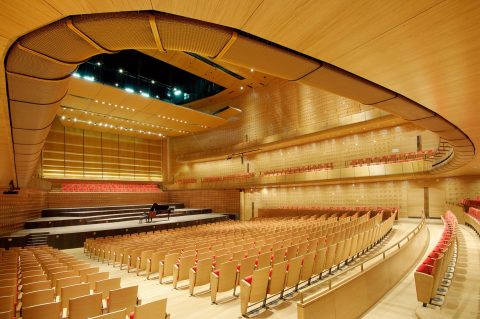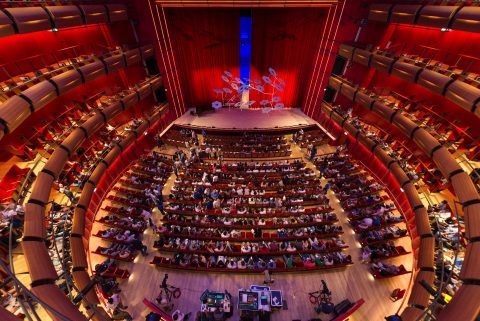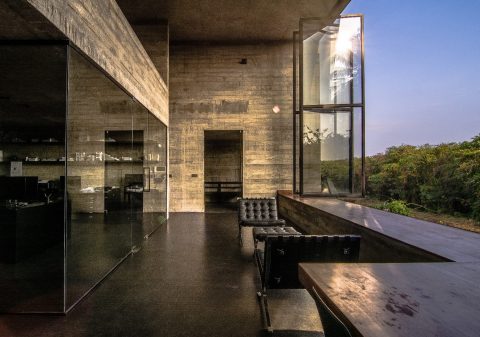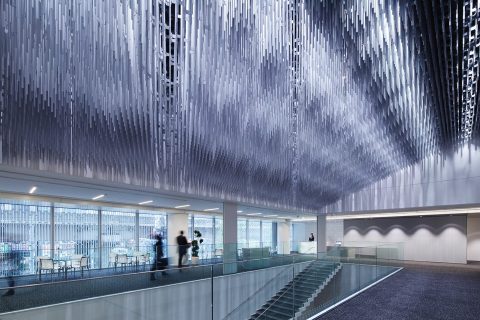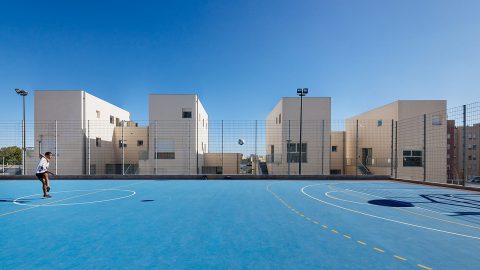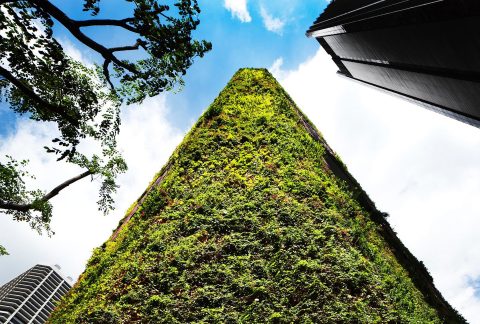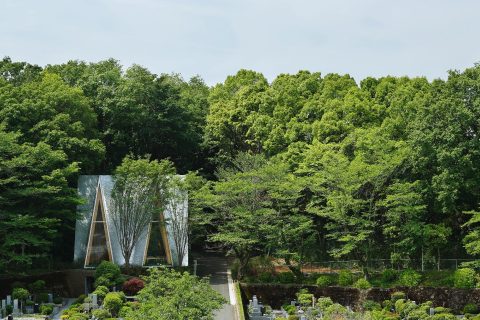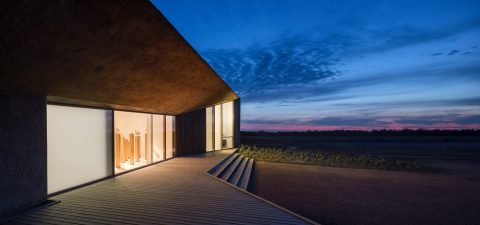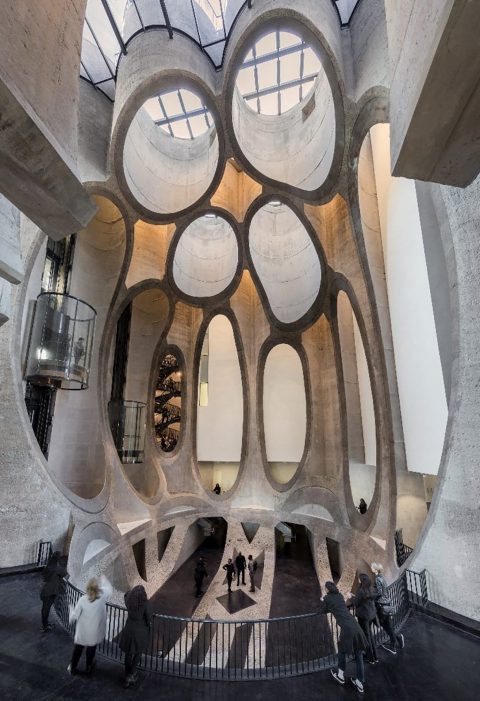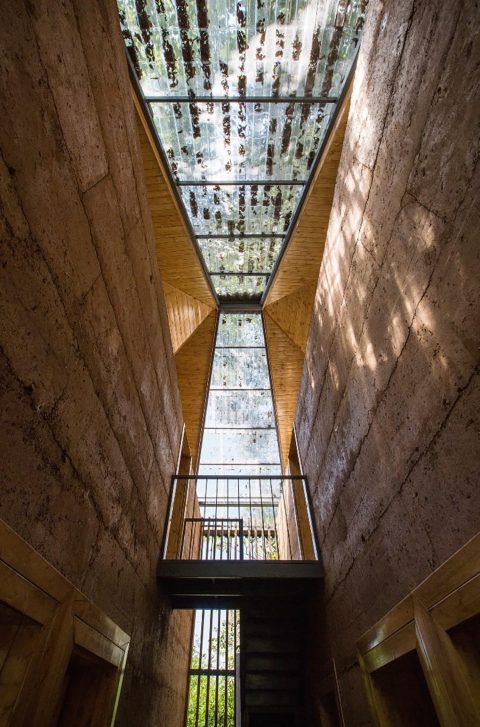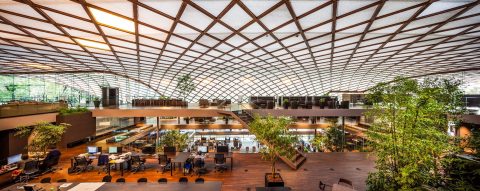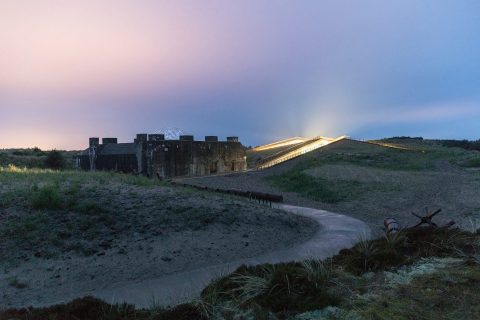
2024 pritzker architecture prize awarded to riken yamamoto.
above> riken yamamoto / tom welsh/the pritzker architecture prize
riken yamamoto of japan is recognized for modest designs that inspire social connection and both literal and figurative transparency.
above/below> photo courtesy of tomio ohashi
yamakawa villa 1977
the architect’s earliest work is a private residence situated in woods, designed to feel entirely like an open-air terrace and enjoyed during the warmer months. the non-prescriptive terrace seamlessly transitions into a living room and dining room, while sleeping quarters and the kitchen are contained in small dispersed rooms. the wooden beams that cover the floor below and pitched ceiling above run in parallel throughout the length of this narrow building, inducing serenity and evoking the nature of its immediate surroundings.
above/below > photo courtesy of tomio ohashi
yokosuka museum of art 2006 yokosuka, japan
considering the user experience first, yokosuka museum of art is envisioned as both a destination
for travelers and a daily reprieve for locals. the inviting serpentine entrance evokes the surrounding tokyo bay and nearby mountains, while many of the galleries are underground, providing those who approach with a clear, undisturbed visual experience of the natural geography. visitors may view through to the landscape and other galleries from round cutouts in all common spaces, uniting theseotherwise distinctive environments so that those inside are impressed upon not only by the artwork,but by the place and activity of others alongside them. the restaurant, with glass windows spanning the entire length, is on the ground floor, evoking a resort-like venue during all seasons.
above photo courtesy of shinkenchiku sha / below>tomio ohashi
hotakubo housing 1991 kumamoto, japan
yamamoto’s first social housing project encompasses sixteen clusters of housing that yield 110 units, arranged around a tree-lined central square that may only be accessed by passing through a residence. inspired by traditional japanese machiya and greek oikos housing that fostered collectivism amongst neighbors, yamamoto prompts a passage from private to semi-public space, resulting in a threshold that creates a subsociety, enabling the “local community area” while respecting privacy of individual families. occupational limitations enforced by the public housing act result in small units, so each features a terrace that faces the square, expanding living areas and connecting residents to the natural environment.
above> photo courtesy of kouichi satake / below> photo courtesy of ga photographers
pangyo housing 2010 seongnam, republic of korea
a complex of nine low-rise housing blocks is designed with nonprescriptive transparent ground floor volumes that catalyze interconnectedness between neighbors, assuring that even those residents who live alone don’t dwell in isolation. a communal deck across the second floor encourages interaction, featuring spaces for gathering, playgrounds, gardens and bridges that connect one housing block to another
above> photo courtesy of riken yamamoto & field shop / below> photo courtesy of nacasa & partners
tianjin library 2012 tianjin, people’s republic of china
a large entry hall spans north to south along the entirety of tianjin library, yielding maximum access of this large-scale building. the collection of six million books lines its bookshelves, which are incorporated into the intersecting grid of wall beams, up to 30-meters in length, resulting in seemingly floating stacks. each of the five levels features a mezzanine, so that the building appears as ten crisscrossing levels, and from any floor, visitors may view several other levels around them due to the vast openness of the design. the outer skin of the library is composed of stone louvers to not only mitigate the effects of yellow dust conditions but also achieve transparency. a resulting soft light lends to the ambience of the many diverse reading rooms, reflecting the wide range of readers, across generations, identities and interests, who frequent this public venue.
above / below> photo courtesy of riken yamamoto & field shop
saitama prefectural university 1999 koshigay, japan
specializing in nursing and health sciences, this university is composed of nine buildings connected by terraces that transition into walkways through sloping green spaces and courtyards. each transparent volume allows views from one classroom to another, but also from one building to the next encouraging interdisciplinary learning and interaction. all laboratories are located on the first floor, furthering the relational qualities between each specialty. the classrooms, auditorium, library, gymnasium, cafeteria and faculty rooms are located throughout the campus, however, distinguishing where one building ends and another begins is intentionally blurred, prompting an architectural language of its own.
[ riken yamamoto ]
[ about the prize ]
to honor a living architect or architects whose built work demonstrates a combination of those qualities of talent, vision, and commitment, which has produced consistent and significant contributions to humanity and the built environment through the art of architecture.
the international prize, which is awarded each year to a living architect/s for significant achievement, was established by the pritzker family of chicago through their hyatt foundation in 1979. it is granted annually and is often referred to as “architecture’s nobel” and “the profession’s highest honor.”
the award consists of $100,000 (us) and a bronze medallion. the award is conferred on the laureate/s at a ceremony held at an architecturally significant site throughout the world.
jay and cindy pritzker believed that a meaningful prize would encourage and stimulate not only a greater public awareness of buildings but also would inspire greater creativity within the architectural profession.
the prize takes its name from the pritzker family, whose international business interests are headquartered in chicago. their name is synonymous with hyatt hotels located throughout the world. the pritzkers have long been known for their support of educational, scientific, medical, and cultural activities. jay a. pritzker, (1922-1999), founded the prize with his wife, cindy. his eldest son, tom pritzker, the chairman and president of hyatt foundation, explains, “as native chicagoans, it’s not surprising that our family was keenly aware of architecture, living in the birthplace of the skyscraper, a city filled with buildings designed by architectural legends such as louis sullivan, frank lloyd wright, mies van der rohe, and many others.”
he continues, “in 1967, we acquired an unfinished building which was to become the hyatt regency atlanta. its soaring atrium was wildly successful and became the signature piece of our hotels around the world. it was immediately apparent that this design had a pronounced effect on the mood of our guests and attitude of our employees. while the architecture of chicago made us cognizant of the art of architecture, our work with designing and building hotels made us aware of the impact architecture could have on human behavior. so in 1978, when we were approached with the idea of honoring living architects, we were responsive. mom and dad (cindy and the late jay a. pritzker) believed that a meaningful prize would encourage and stimulate not only a greater public awareness of buildings but also would inspire greater creativity within the architectural profession.”
many of the procedures and rewards of the pritzker prize are modeled after the nobel prize. laureates of the pritzker architecture prize receive a $100,000 grant, a formal citation certificate, and since 1987, a bronze medallion. prior to that year, a limited edition henry moore sculpture was presented to each laureate.



